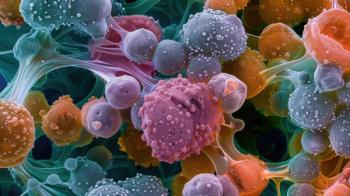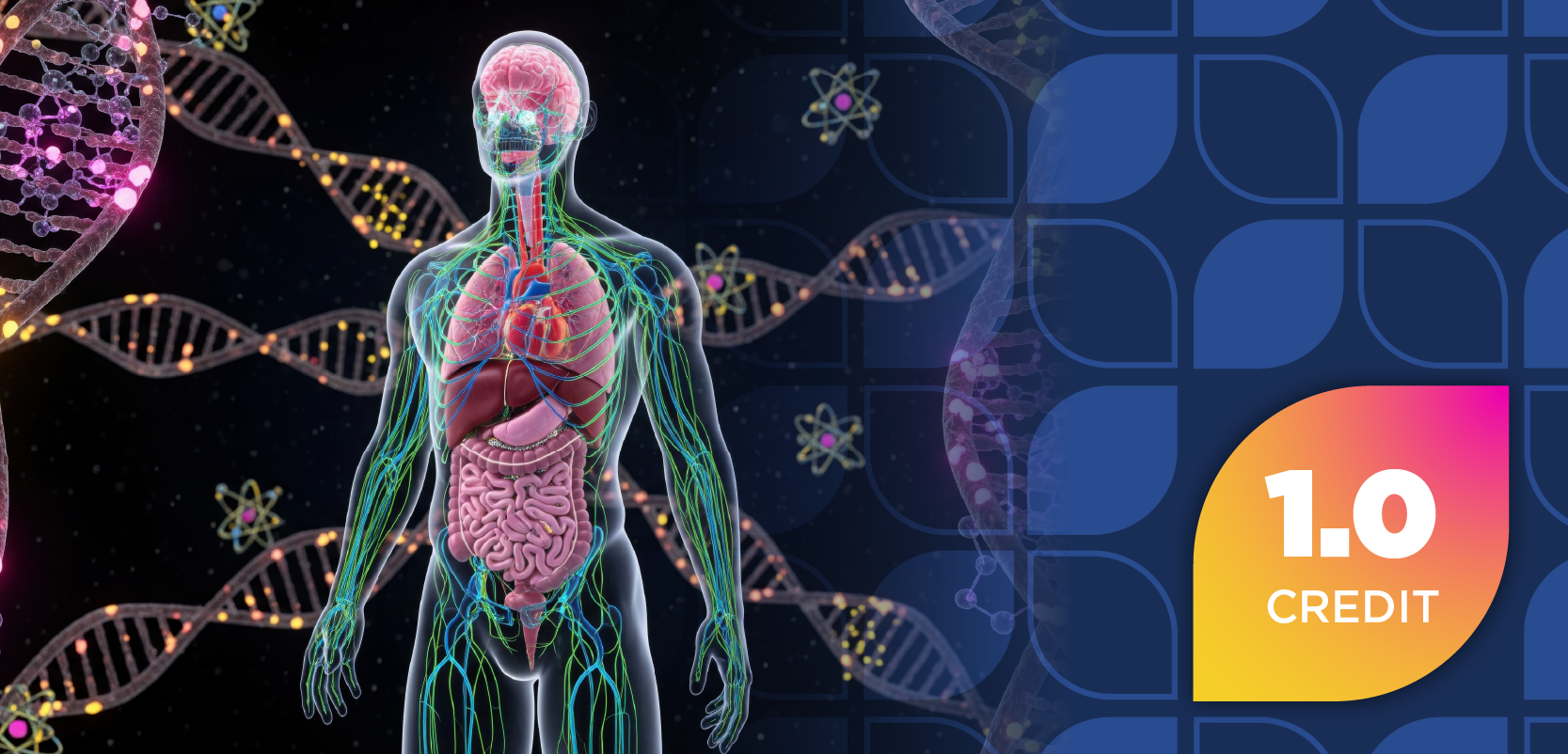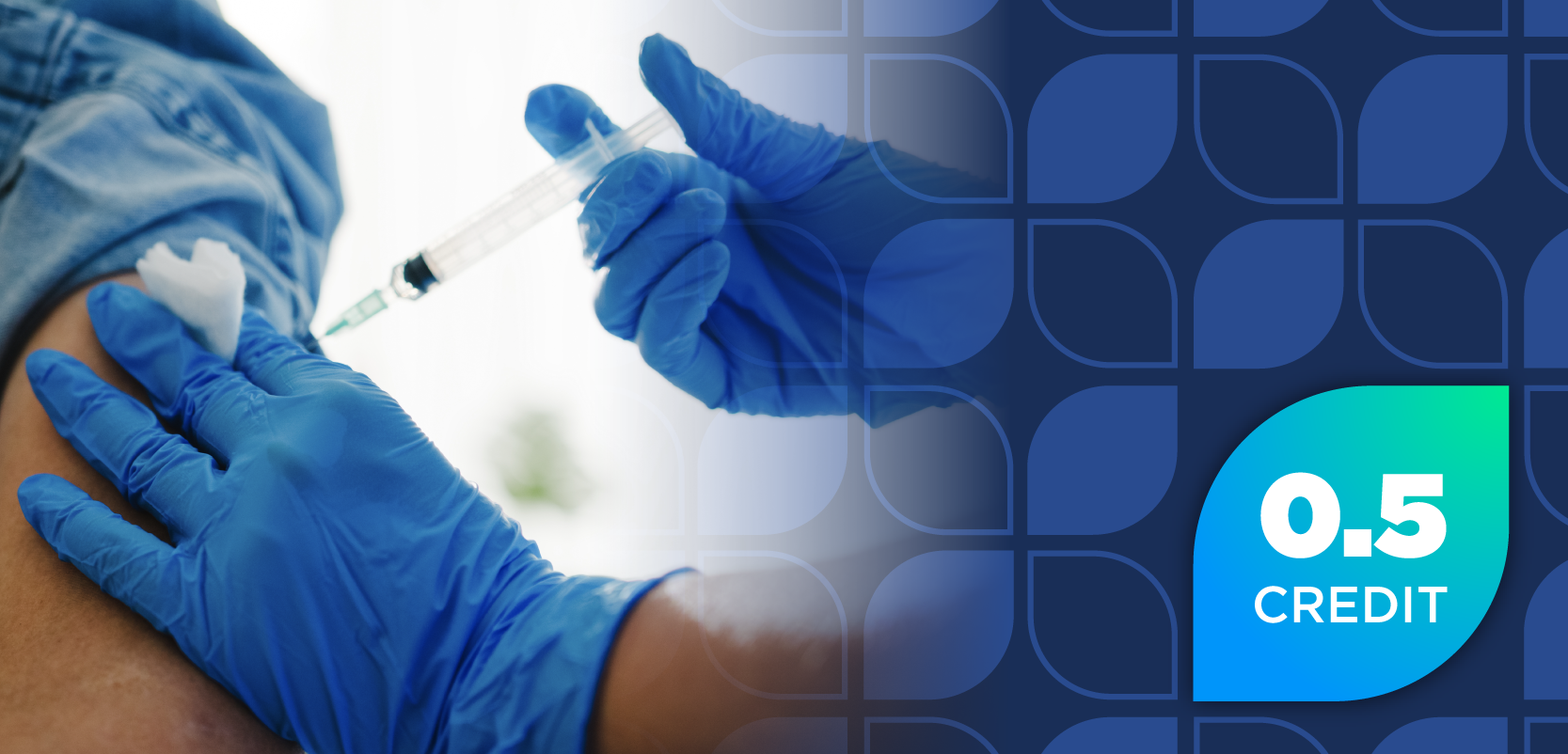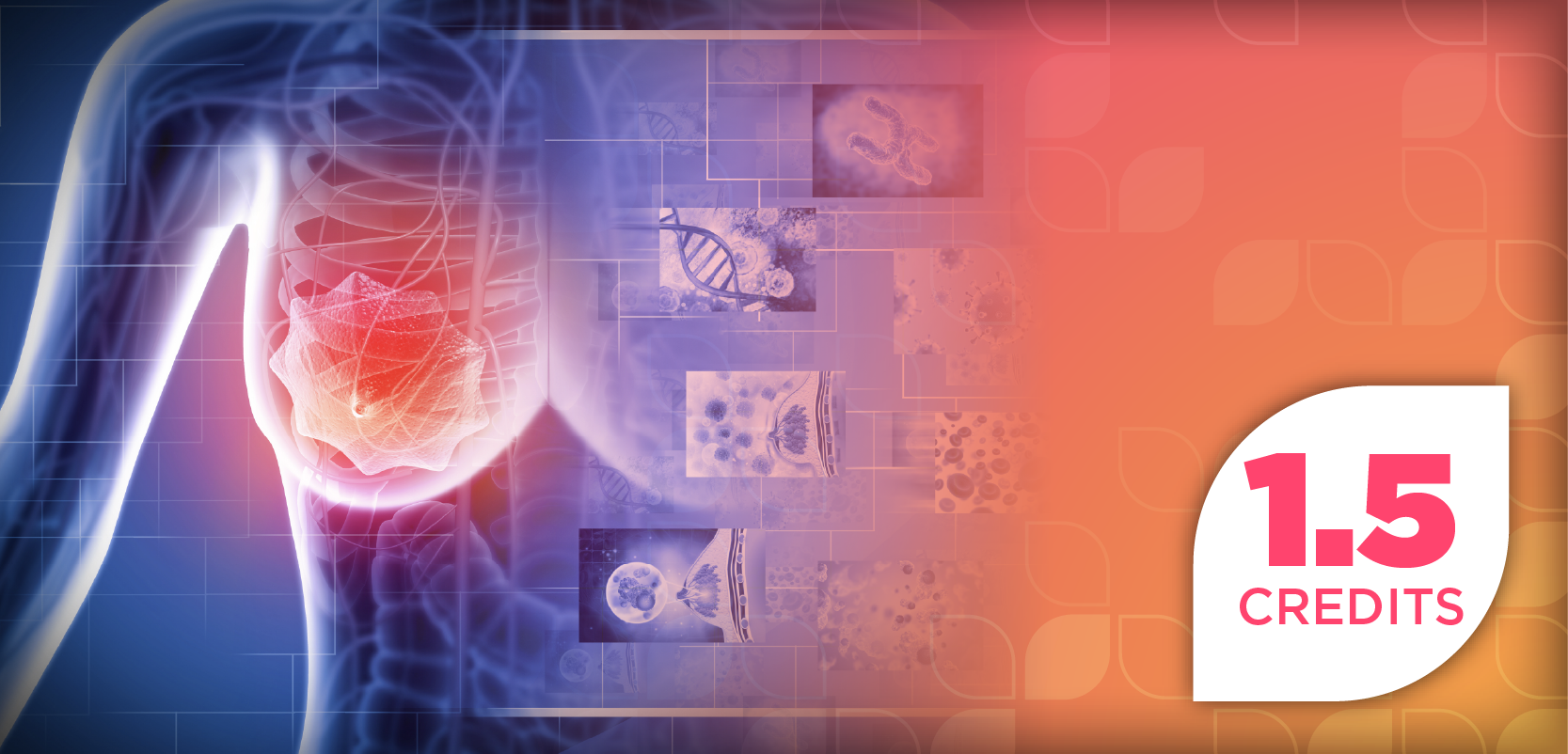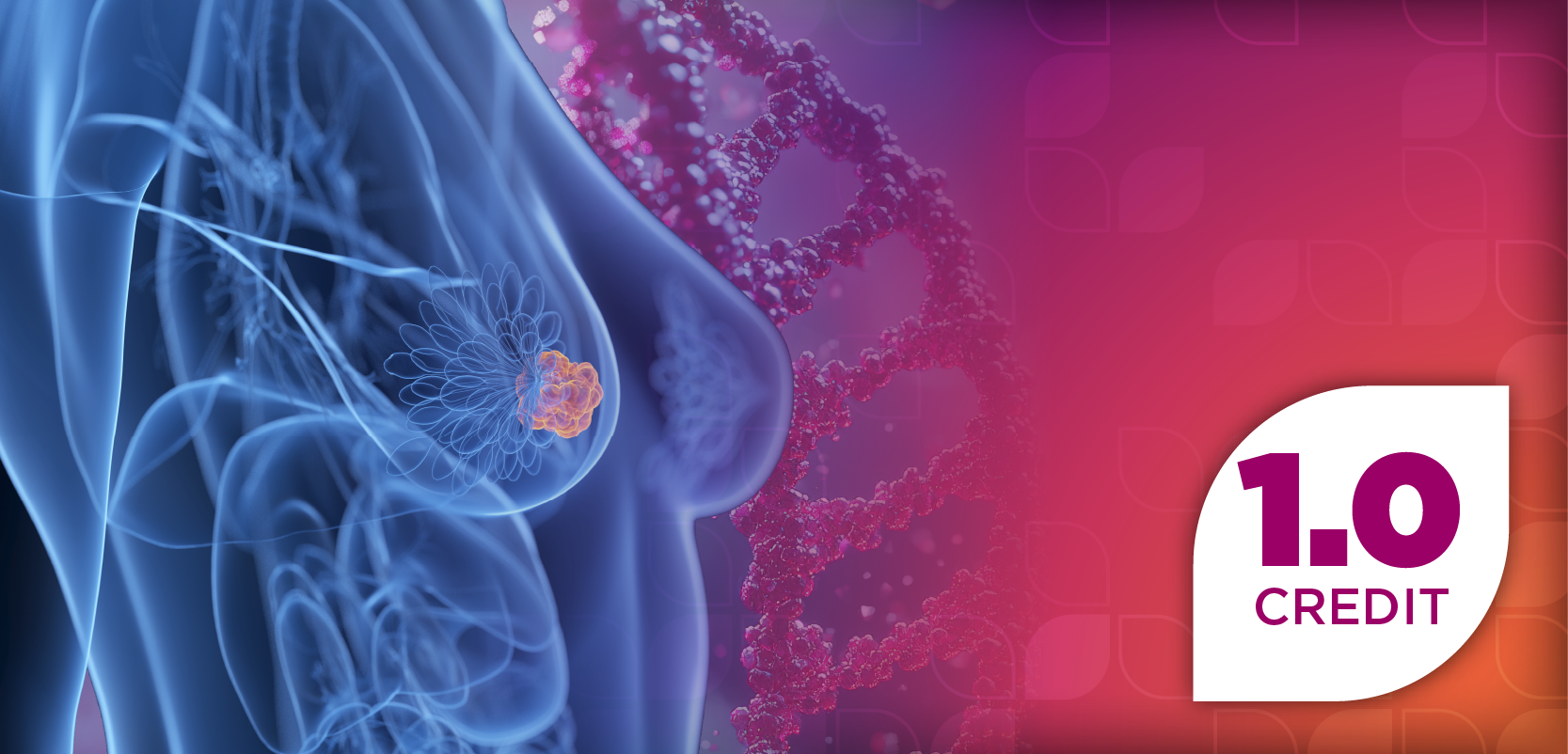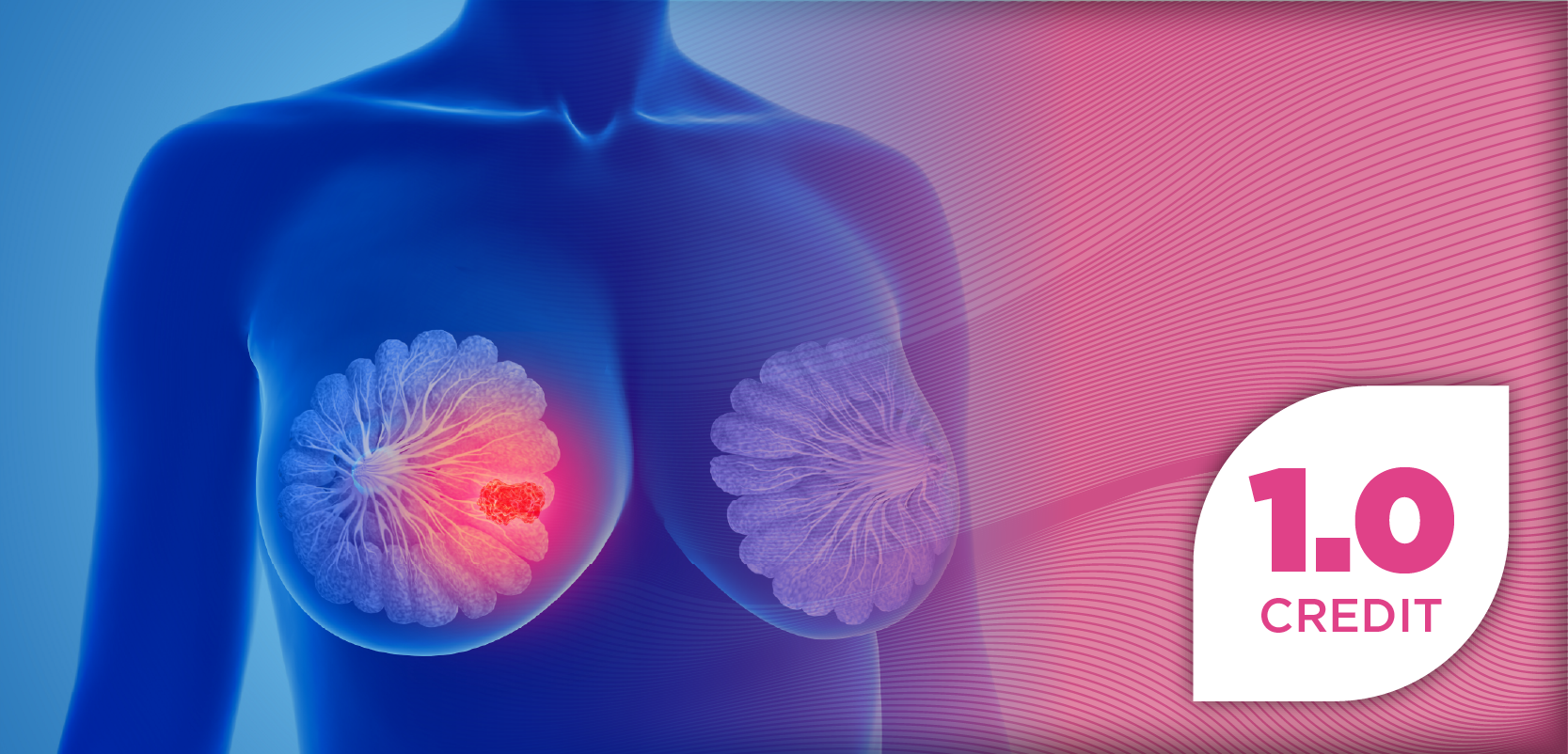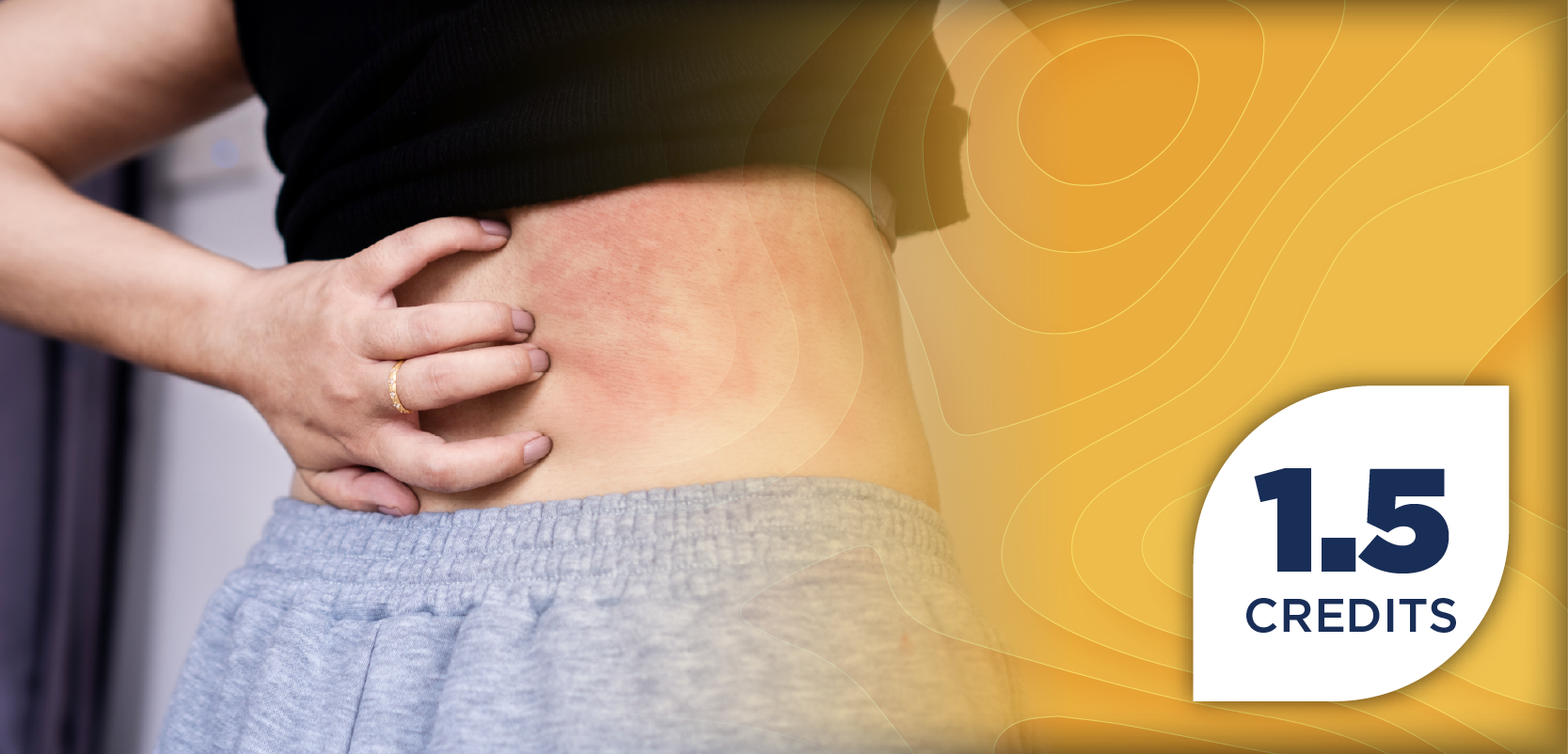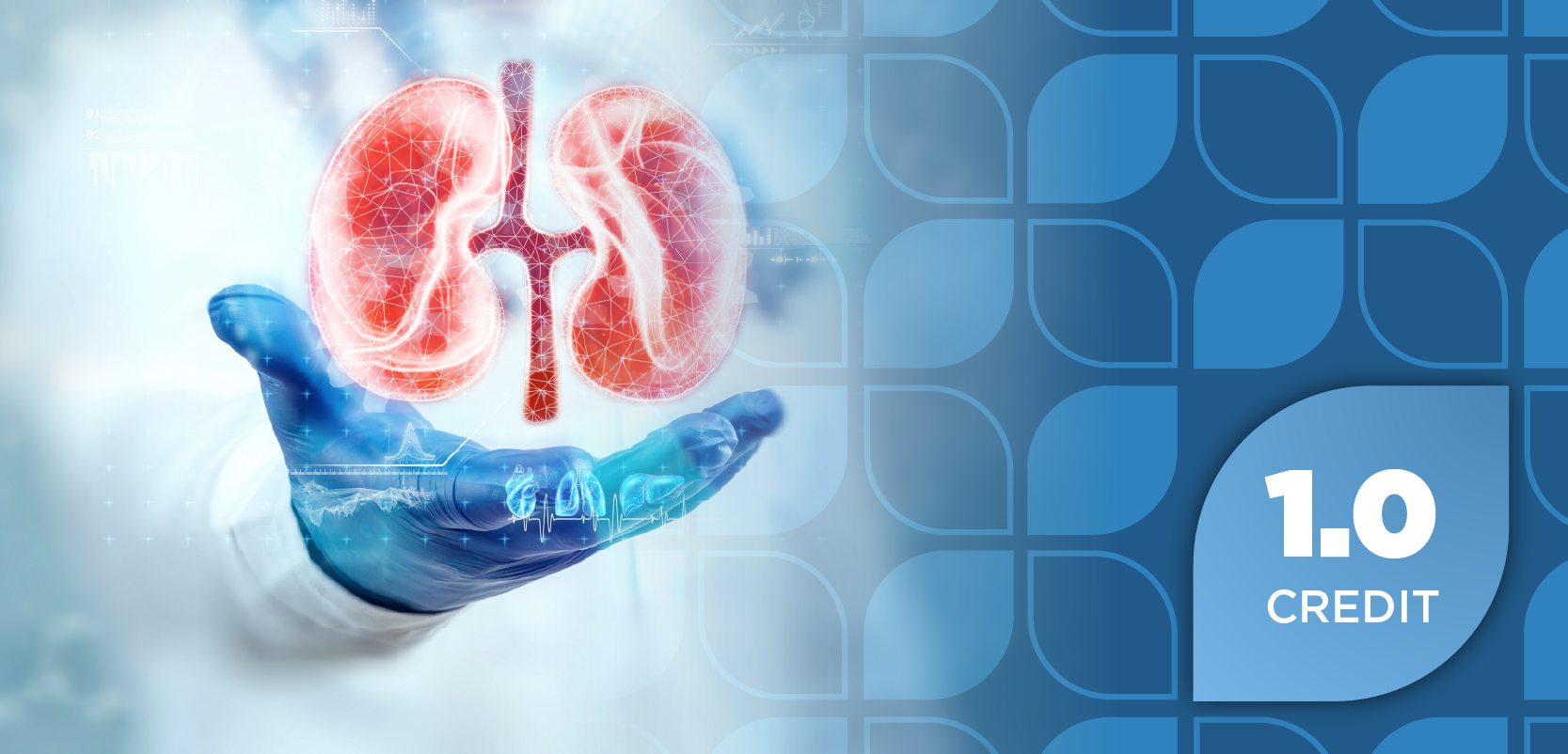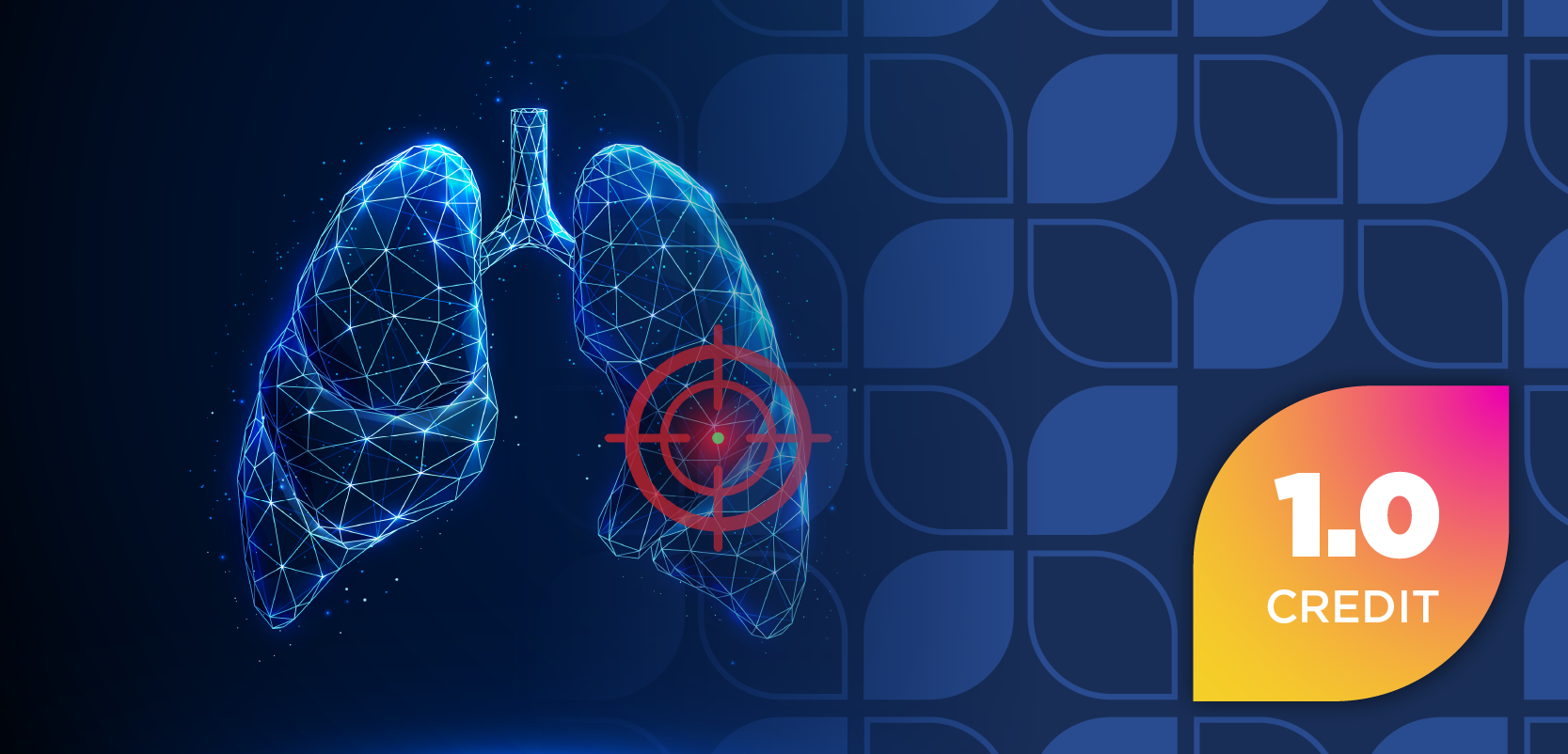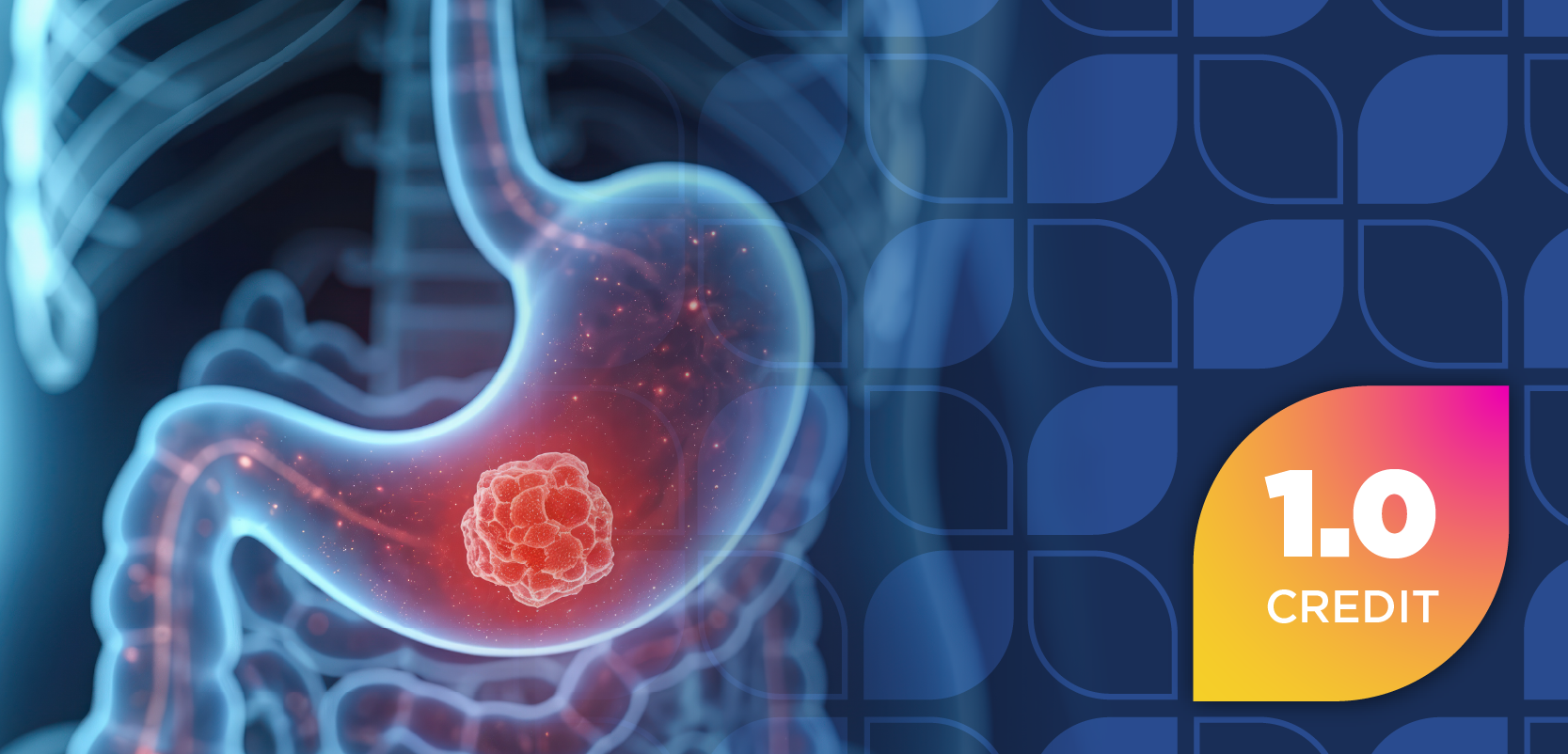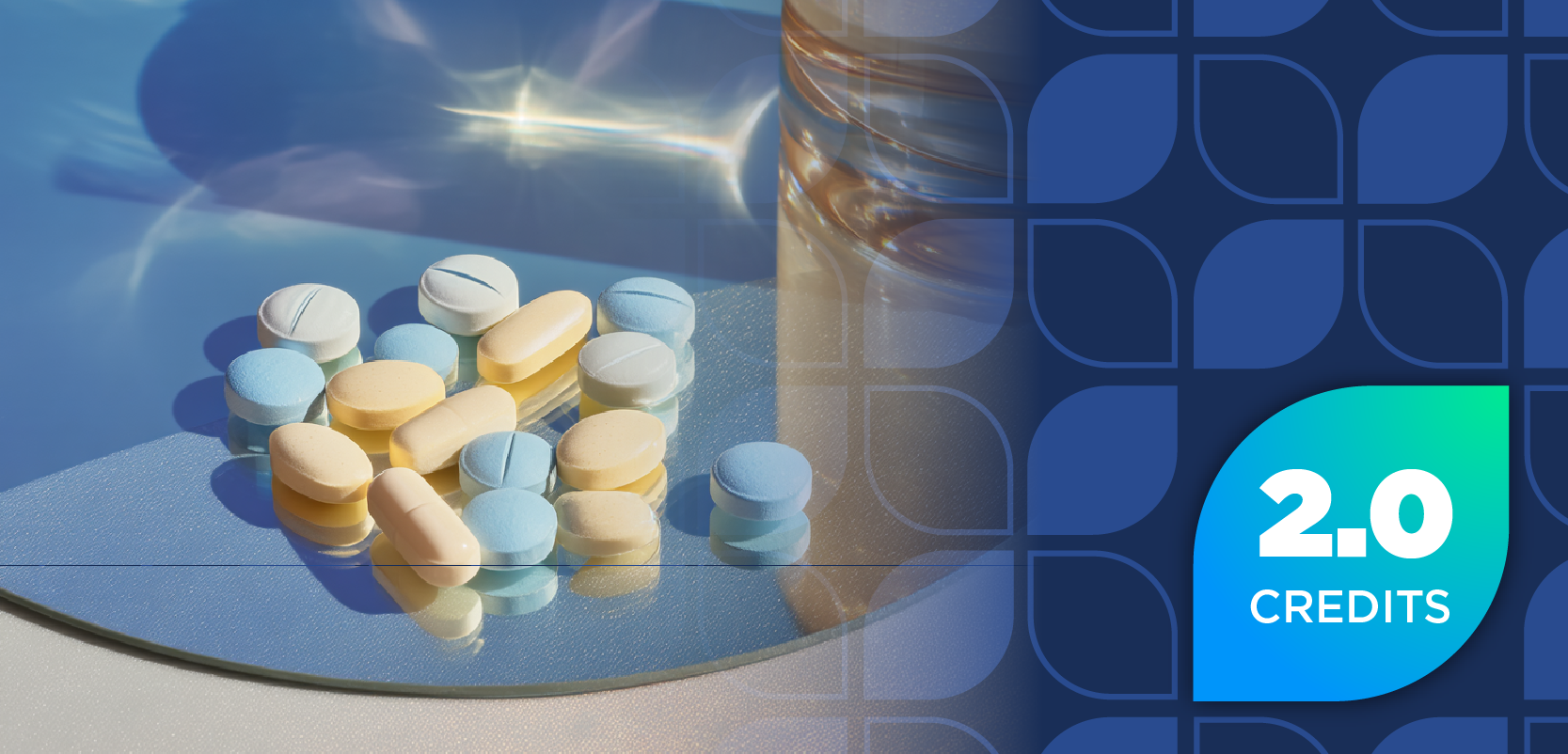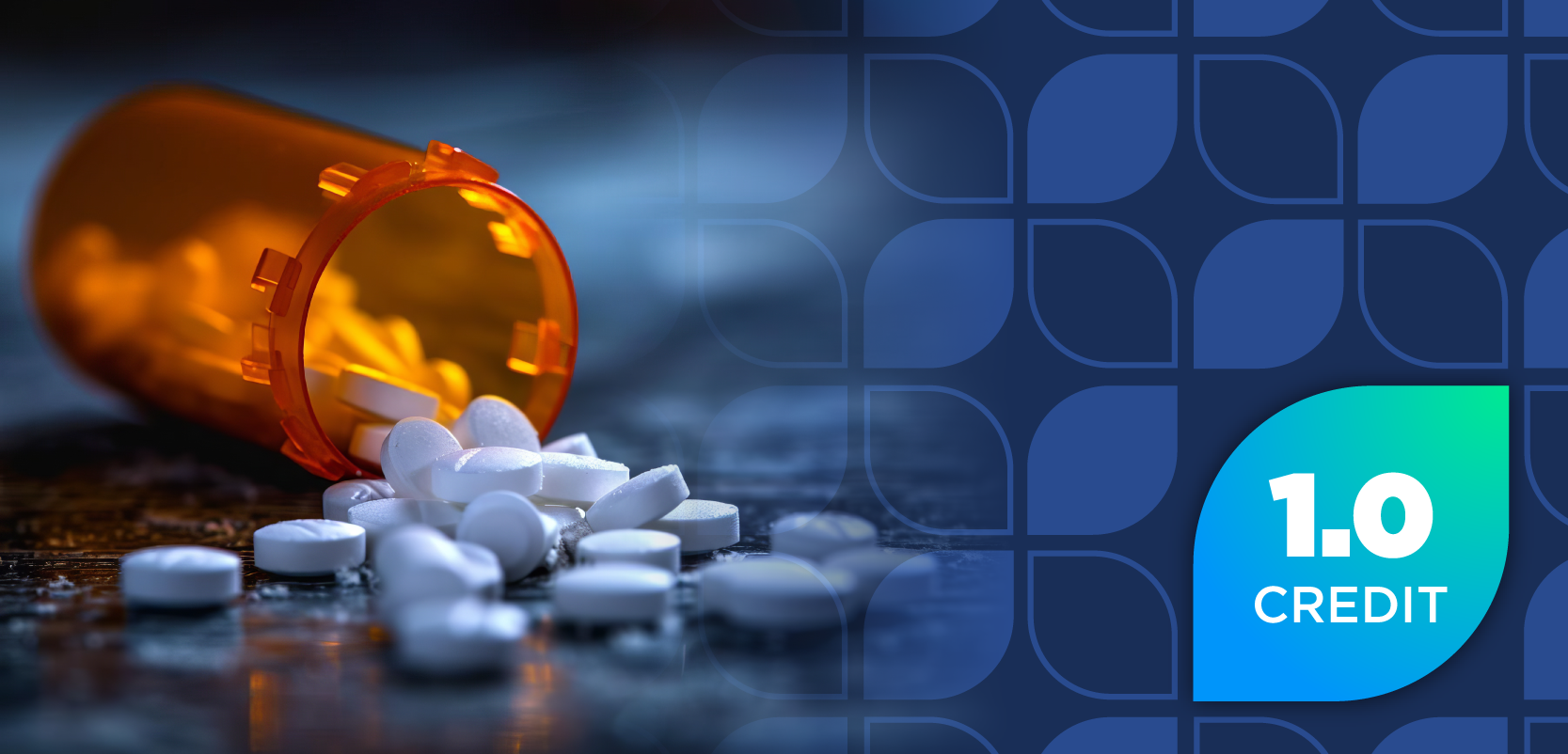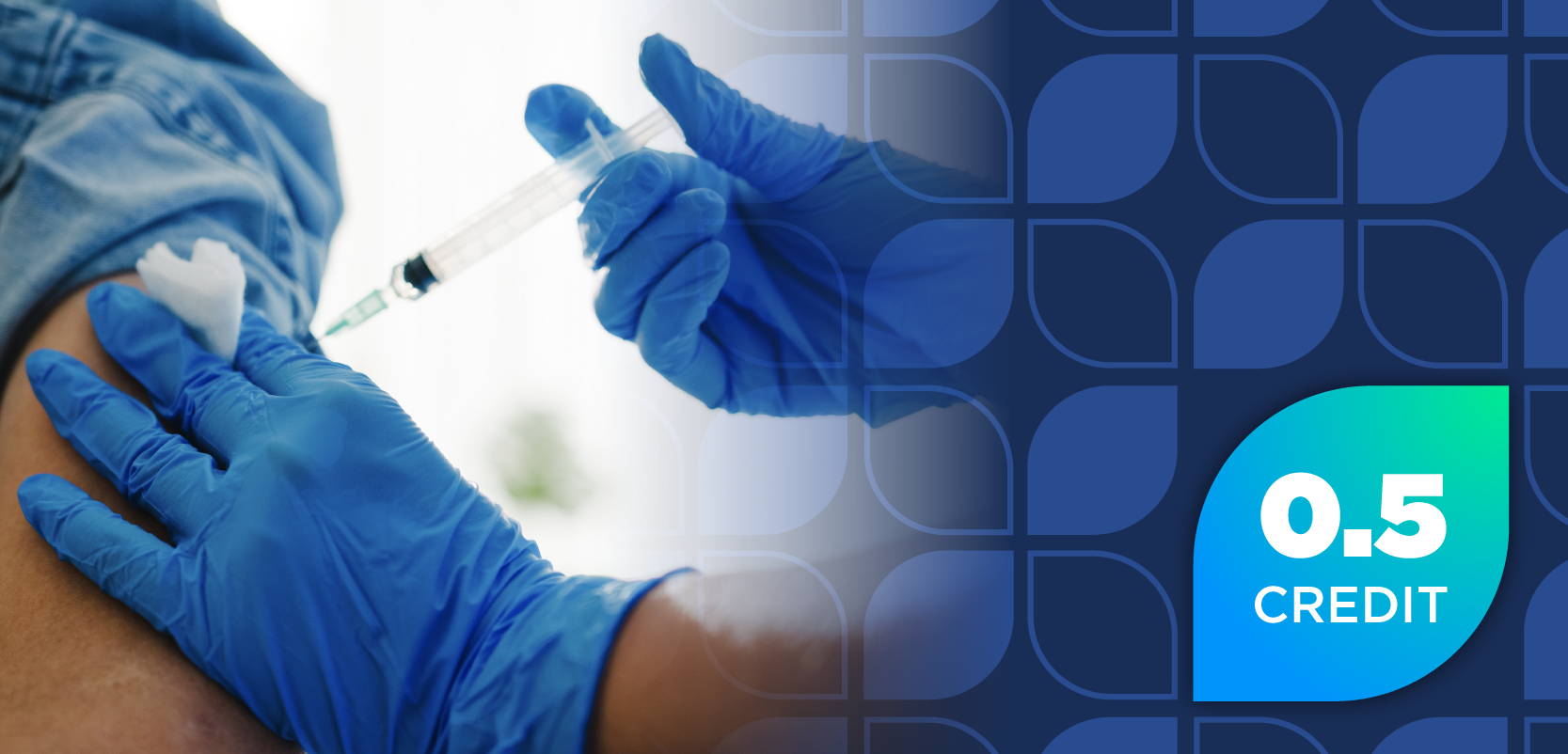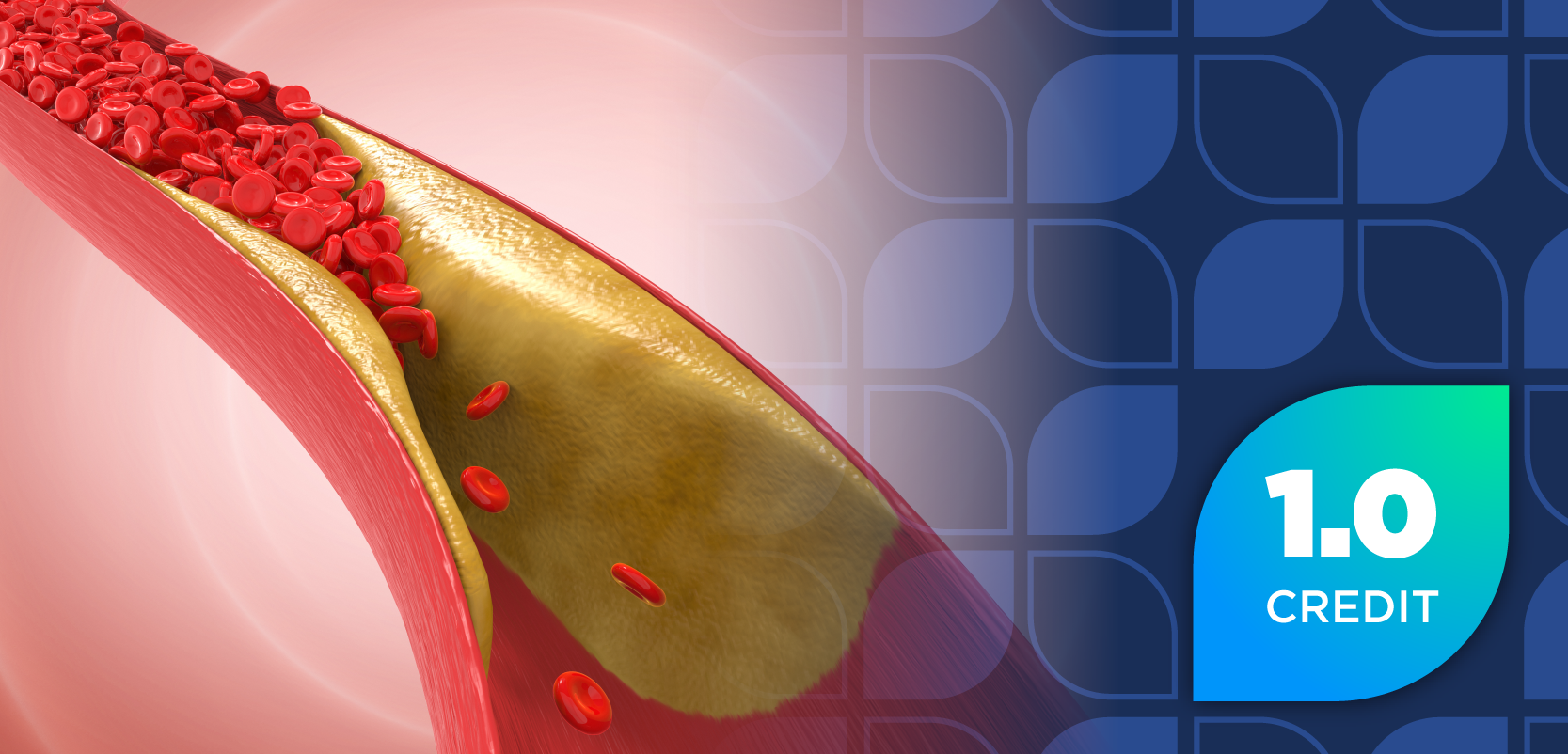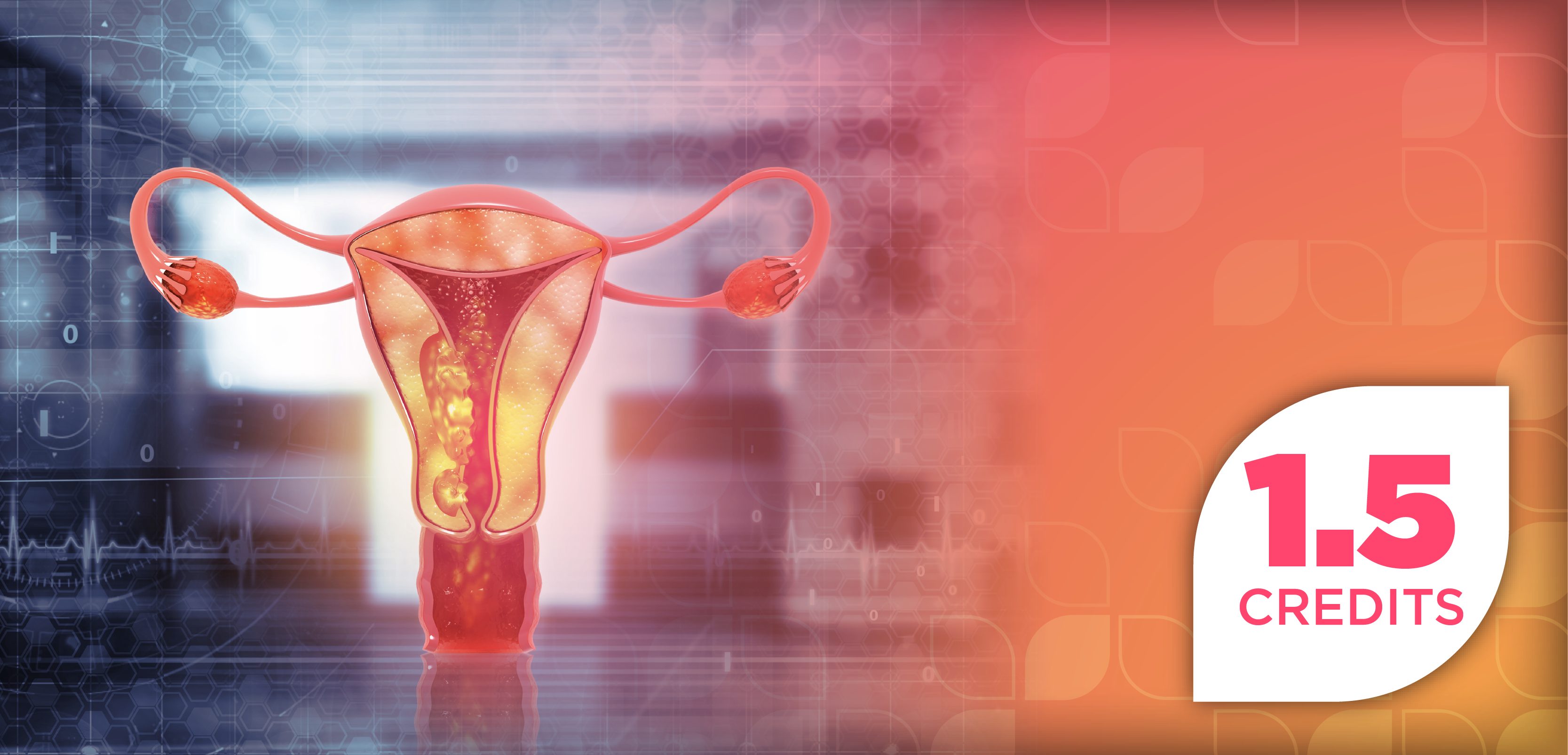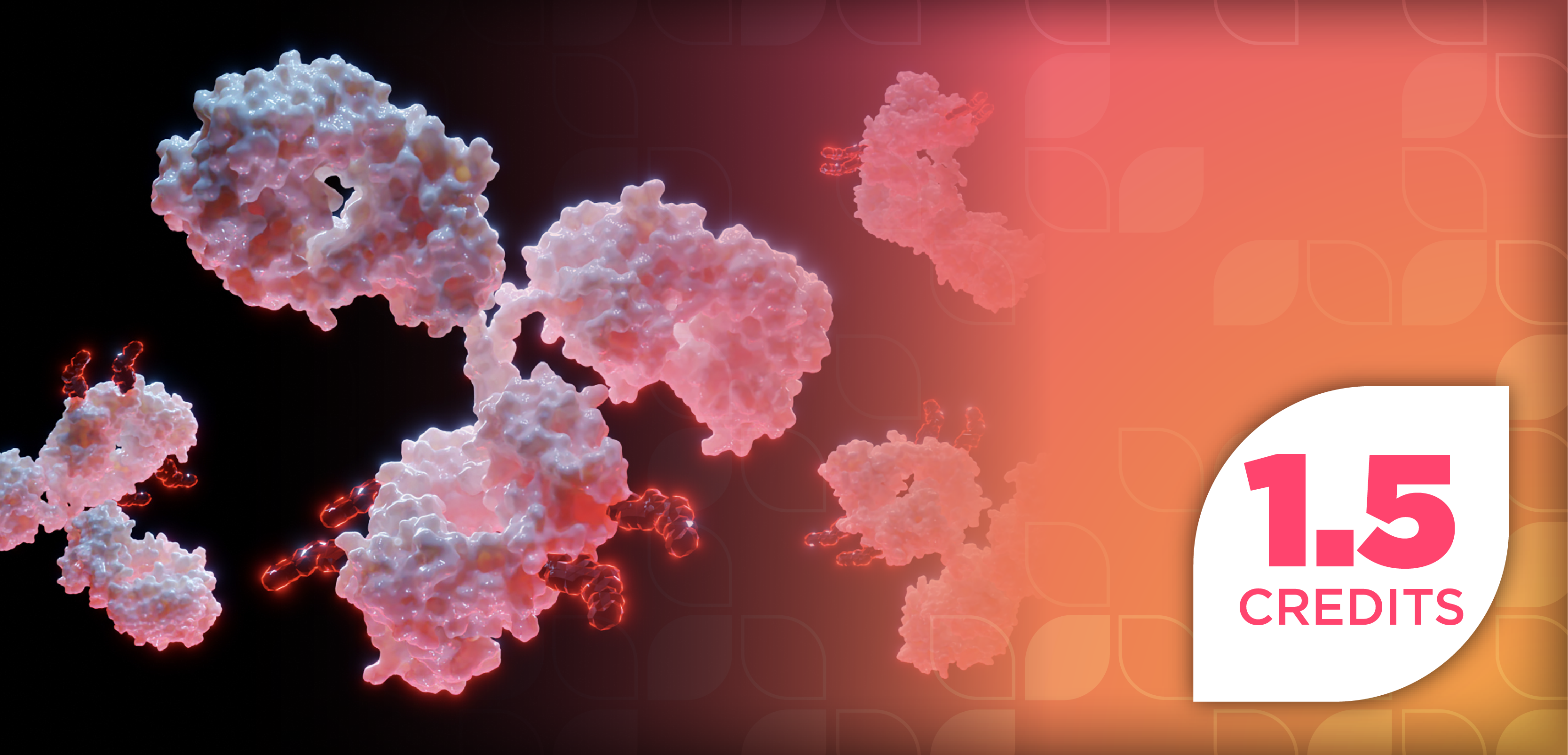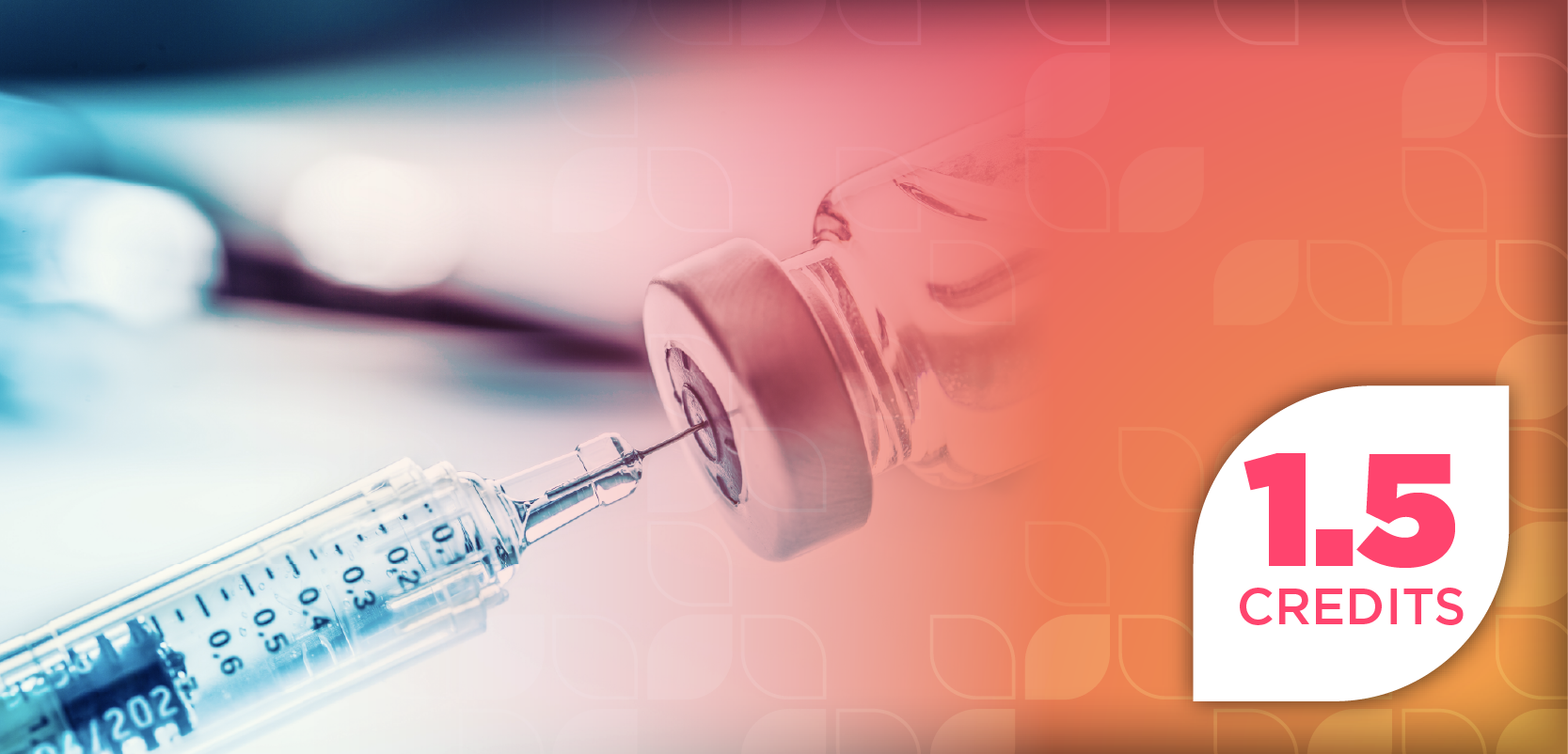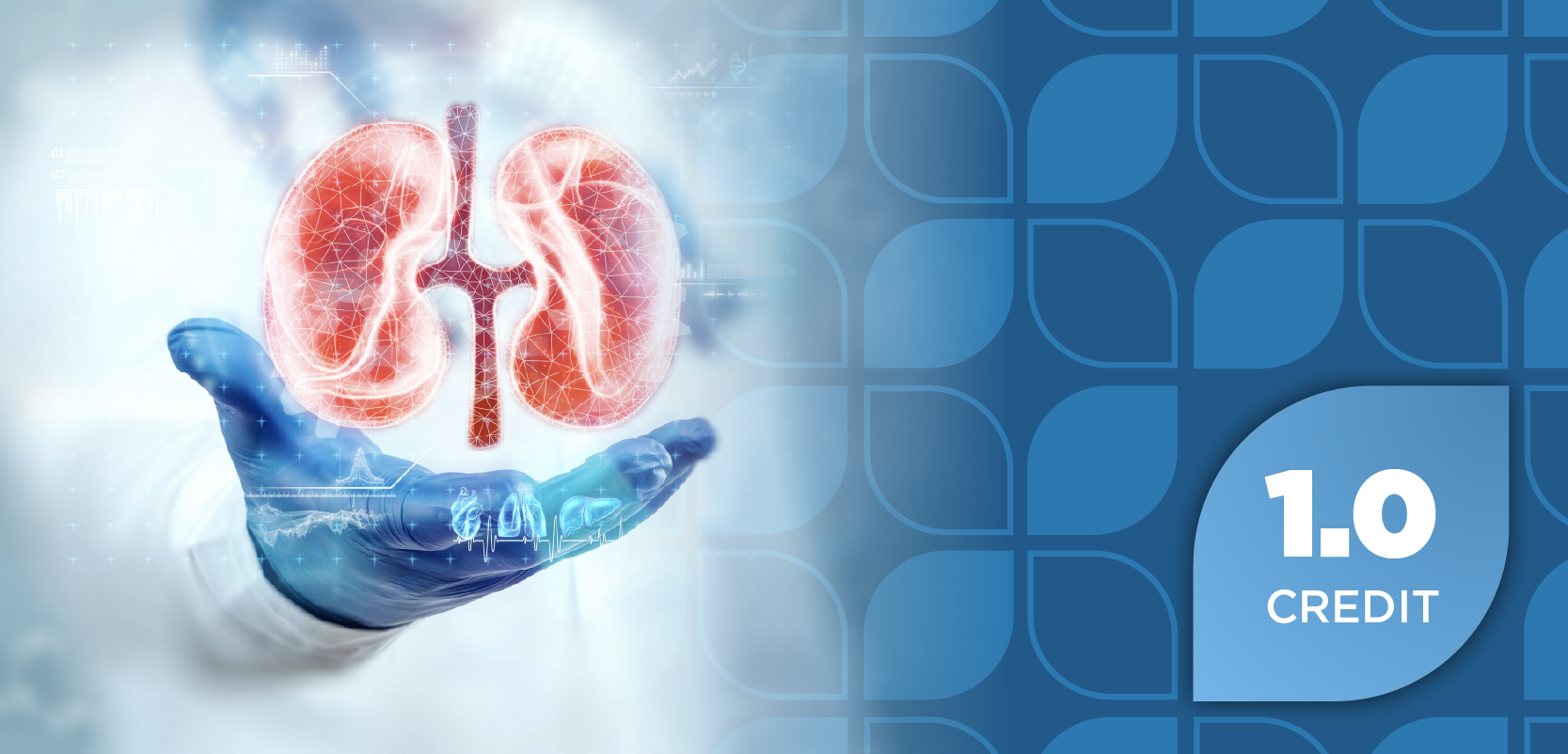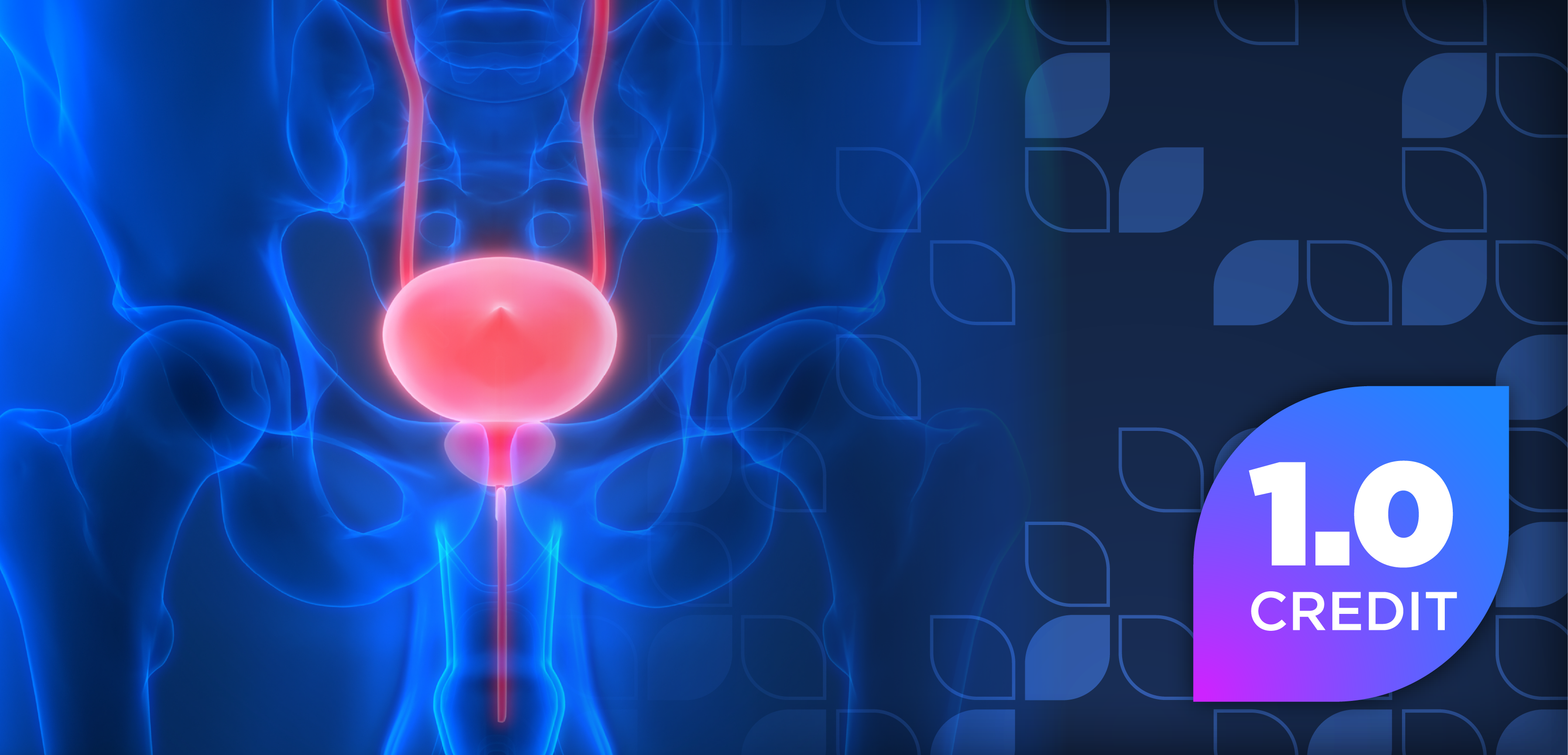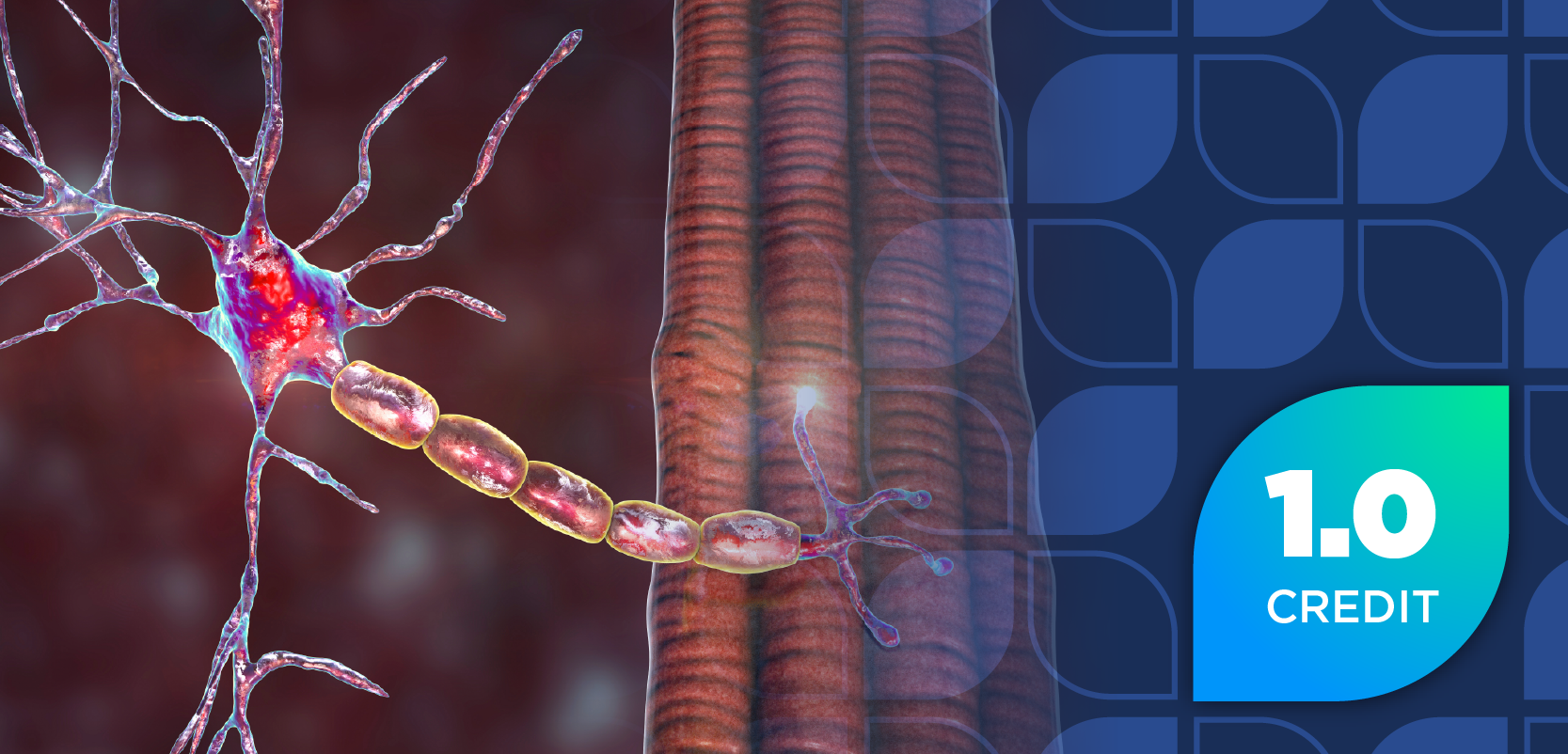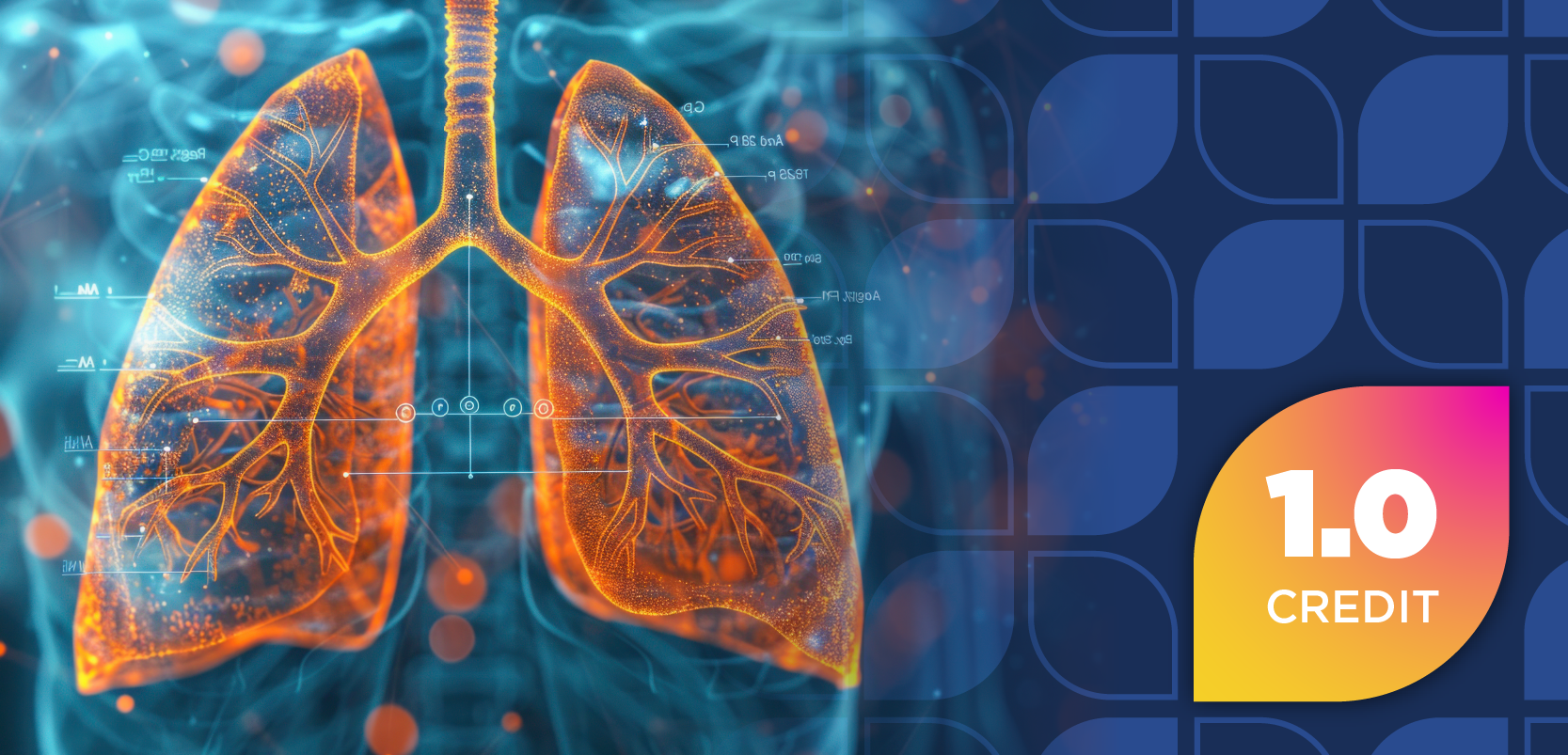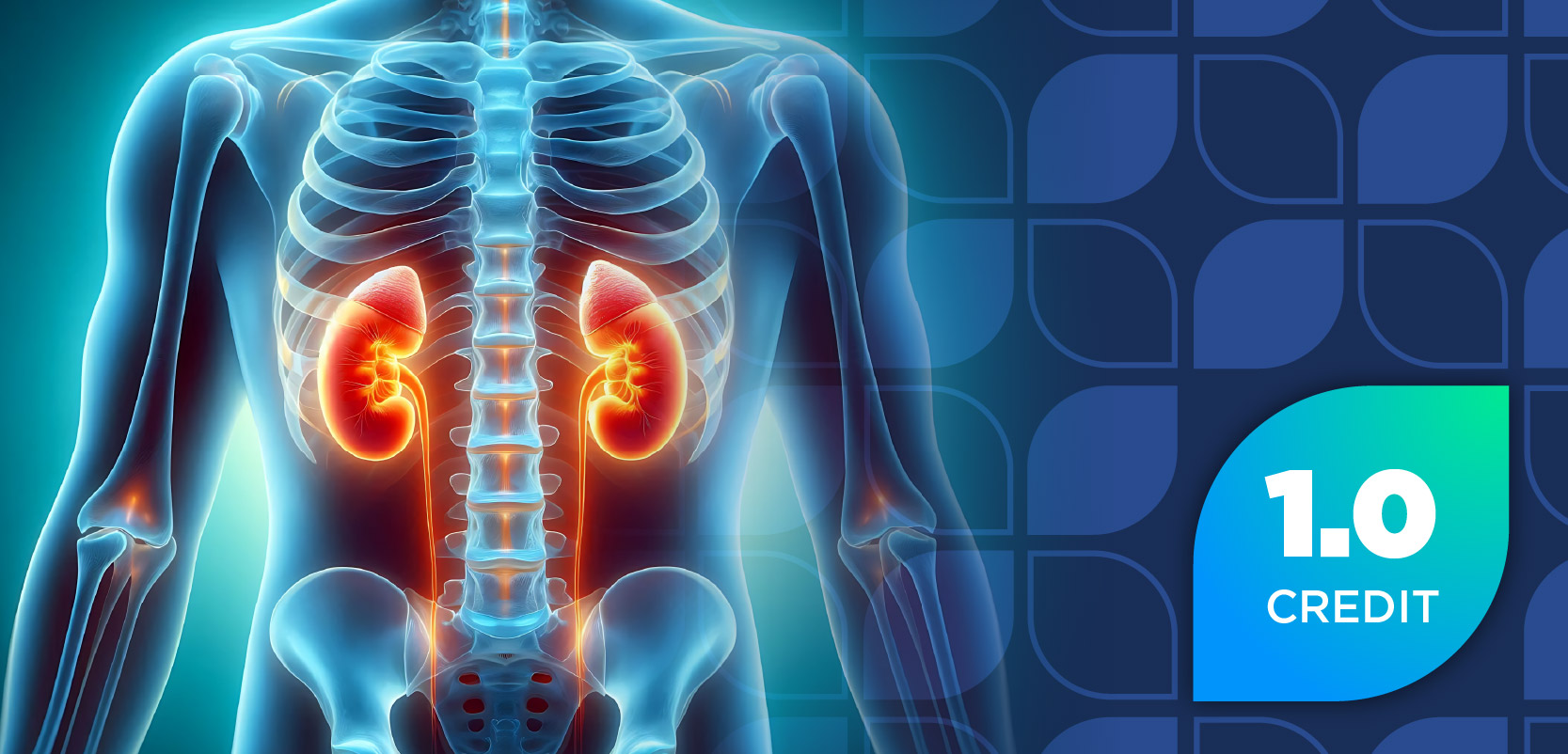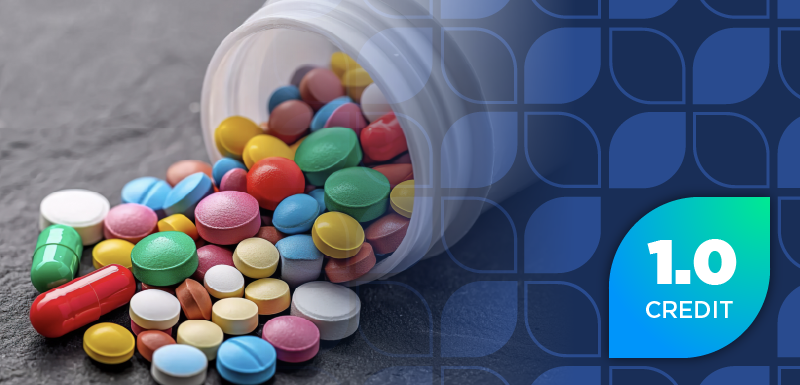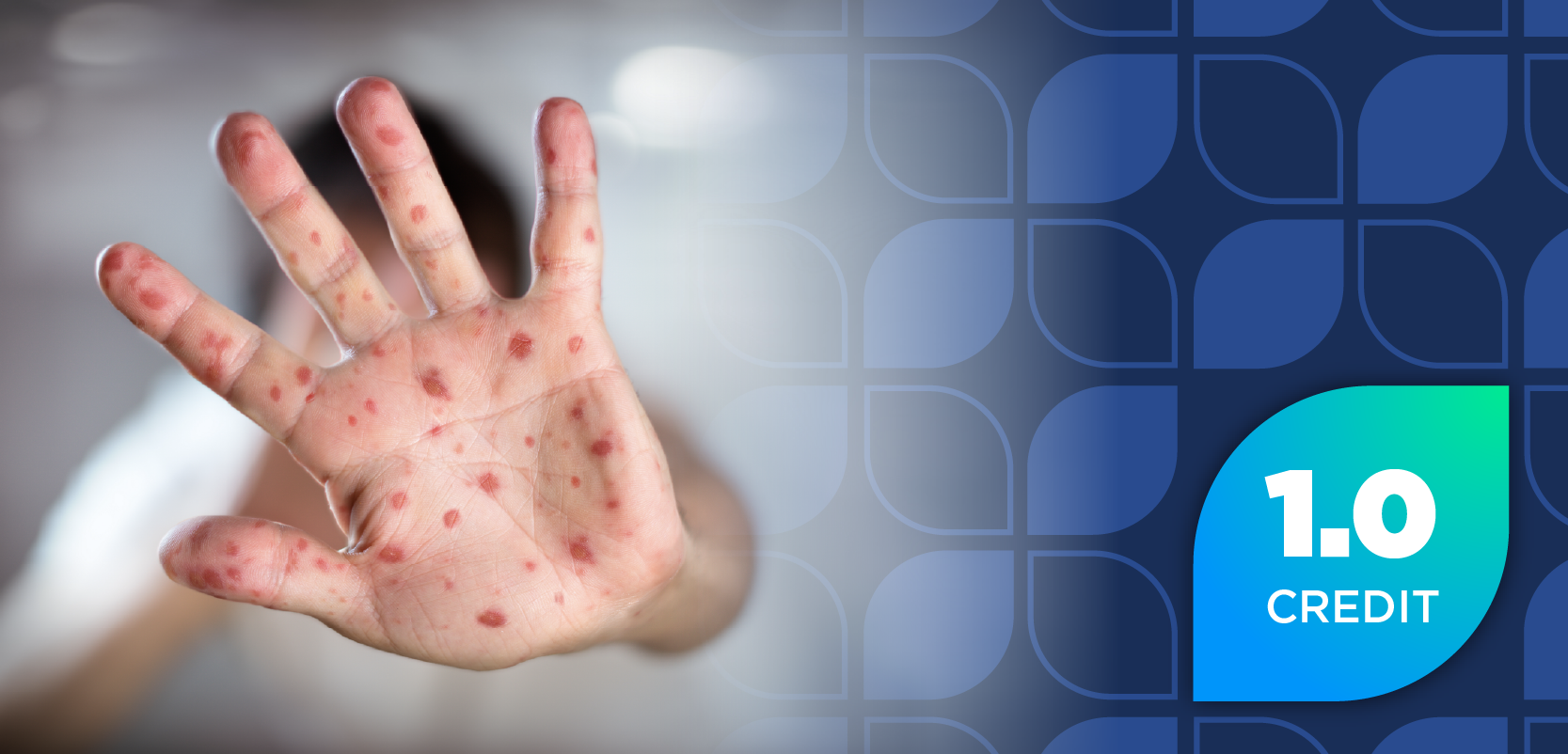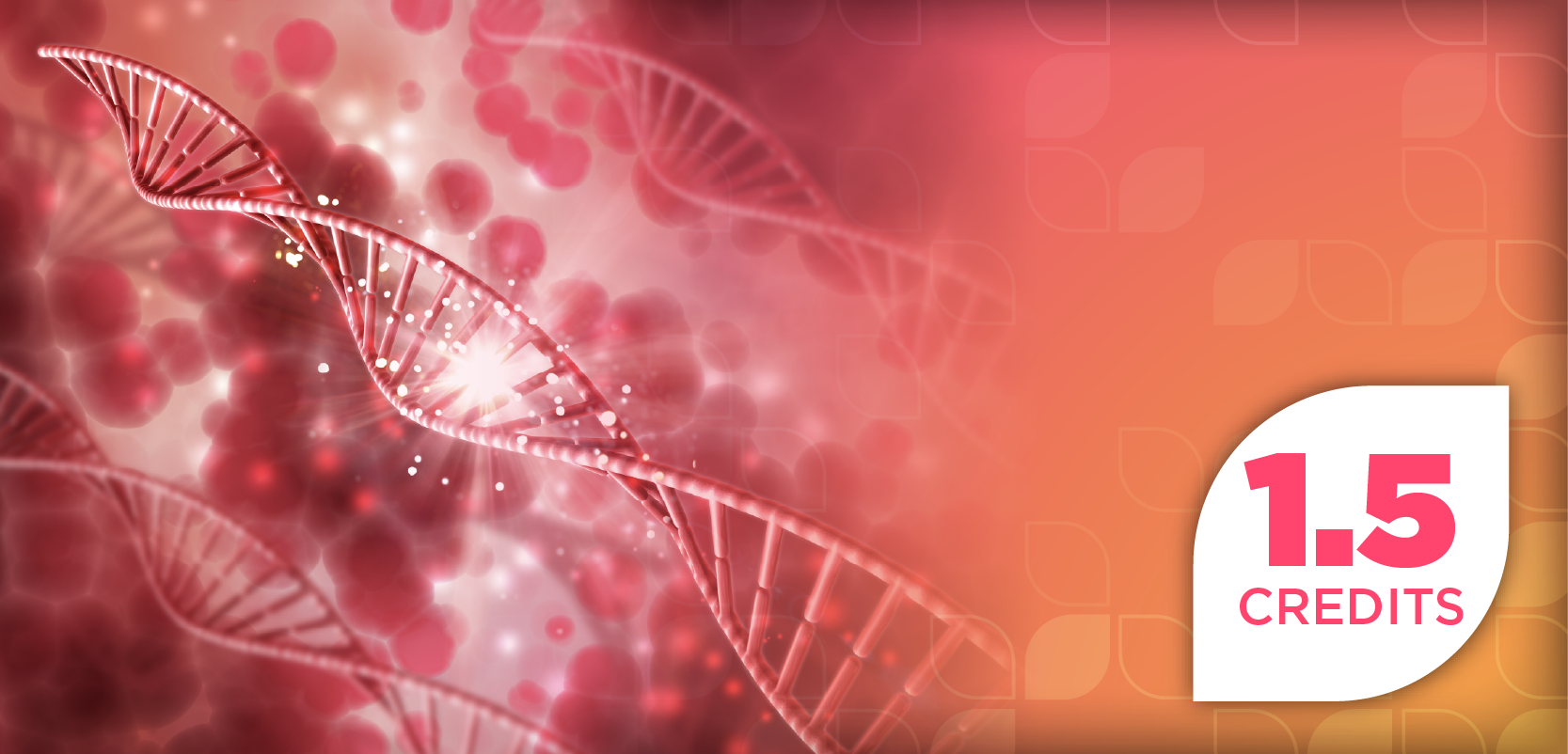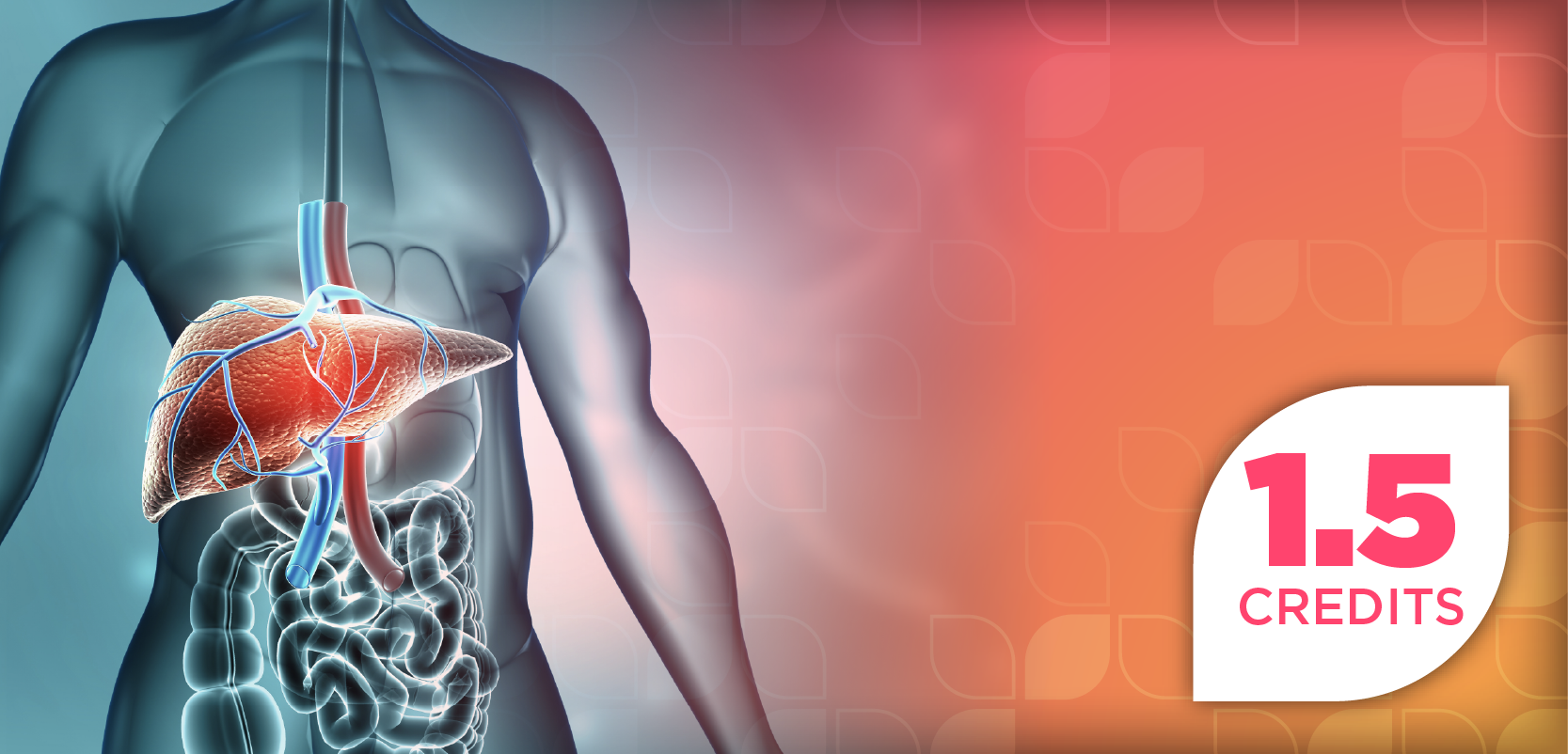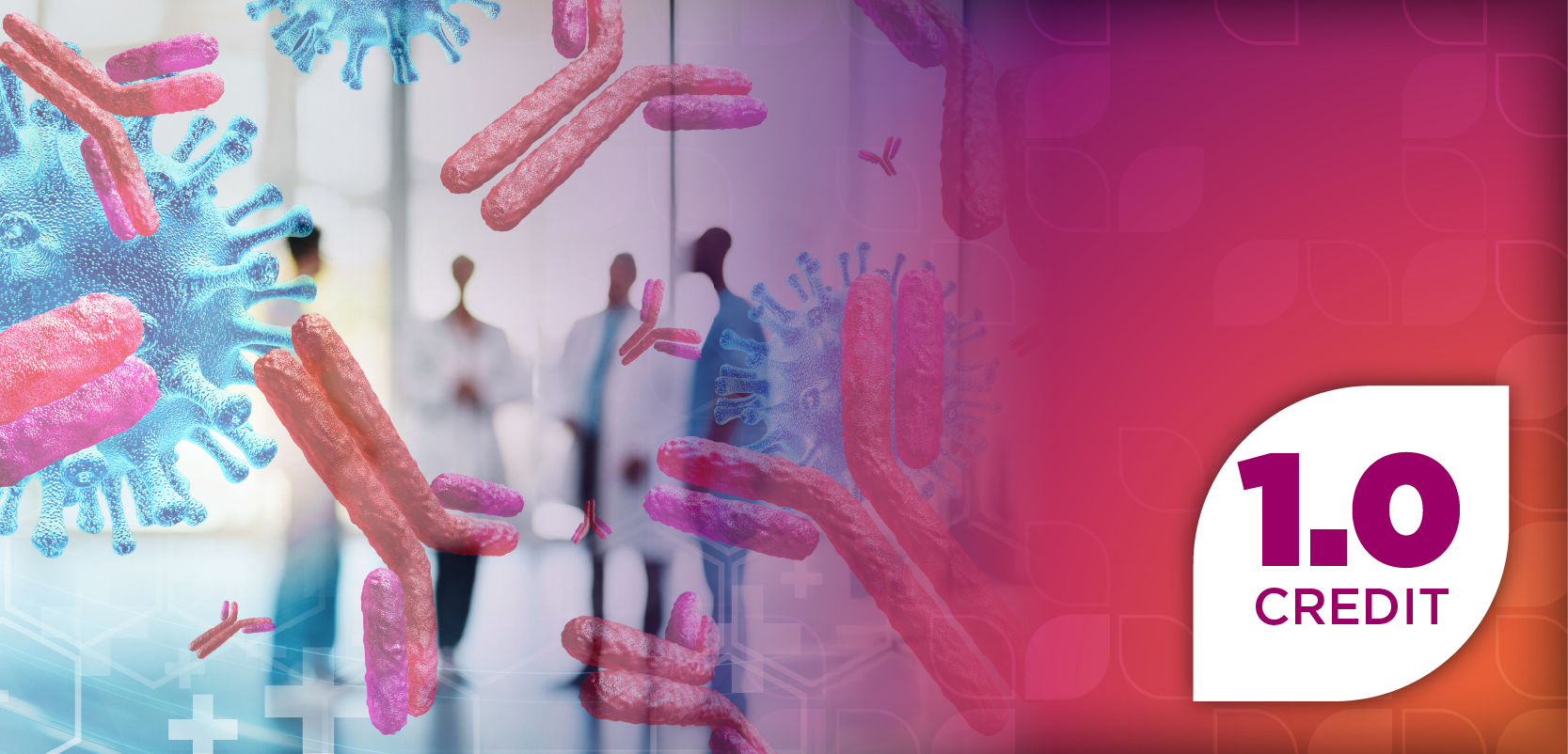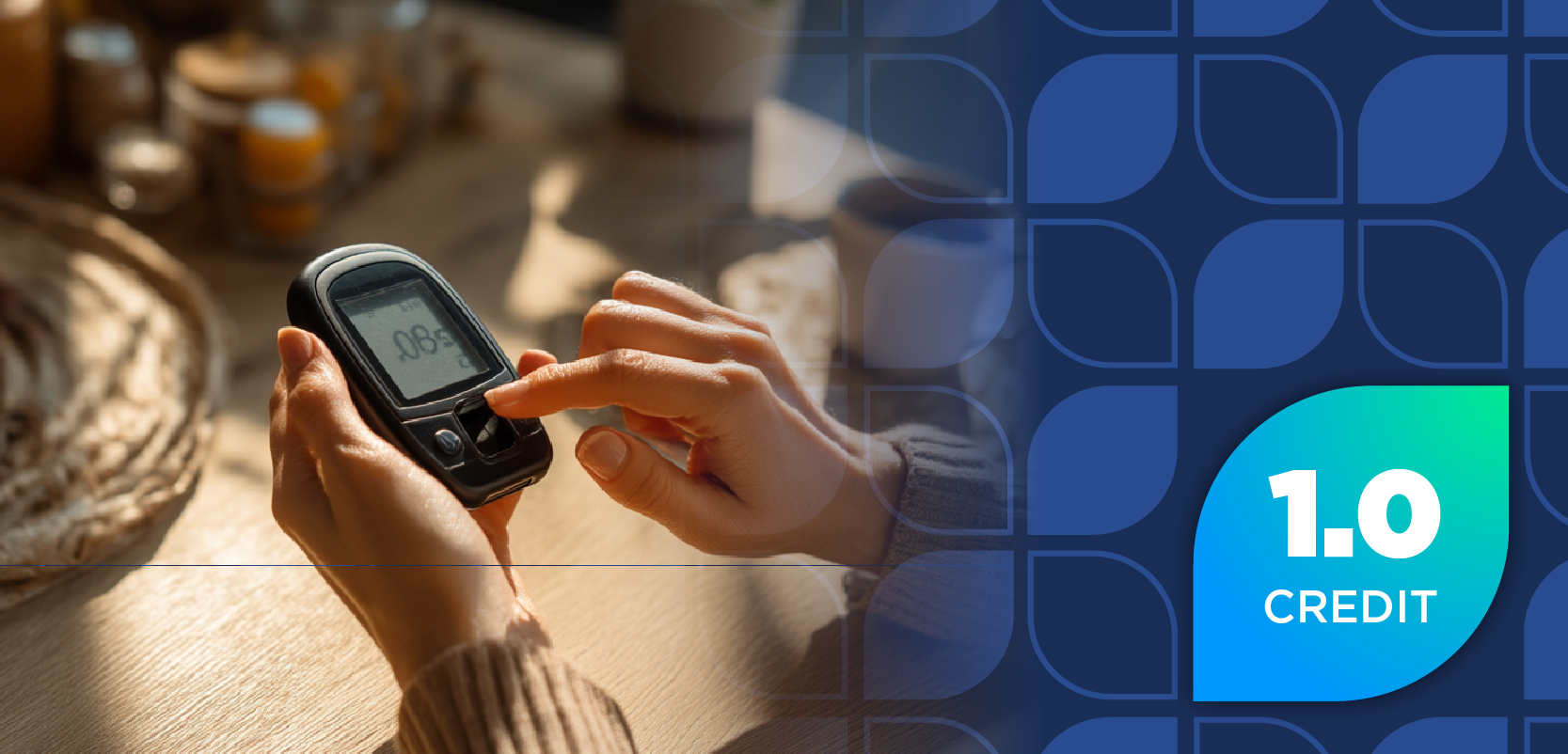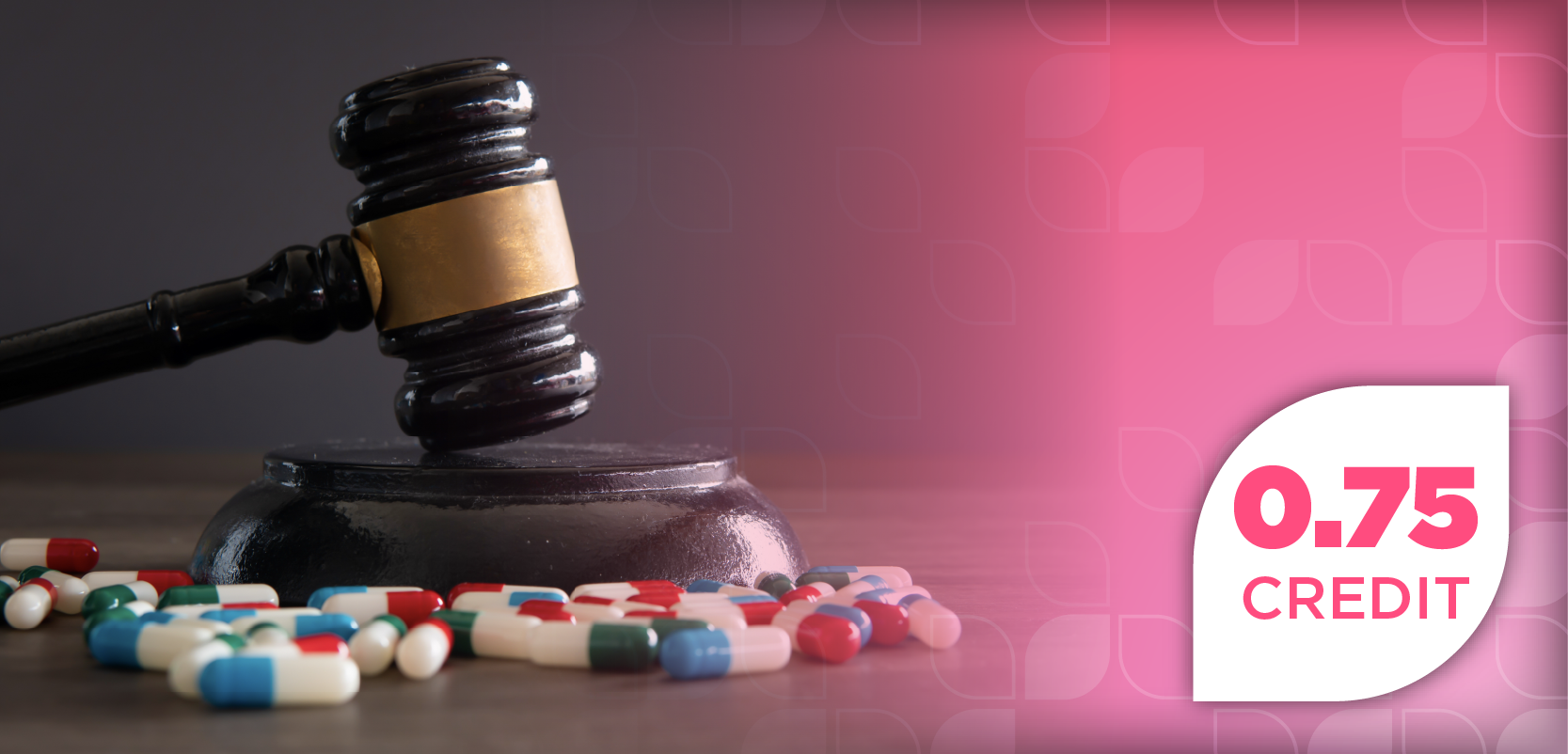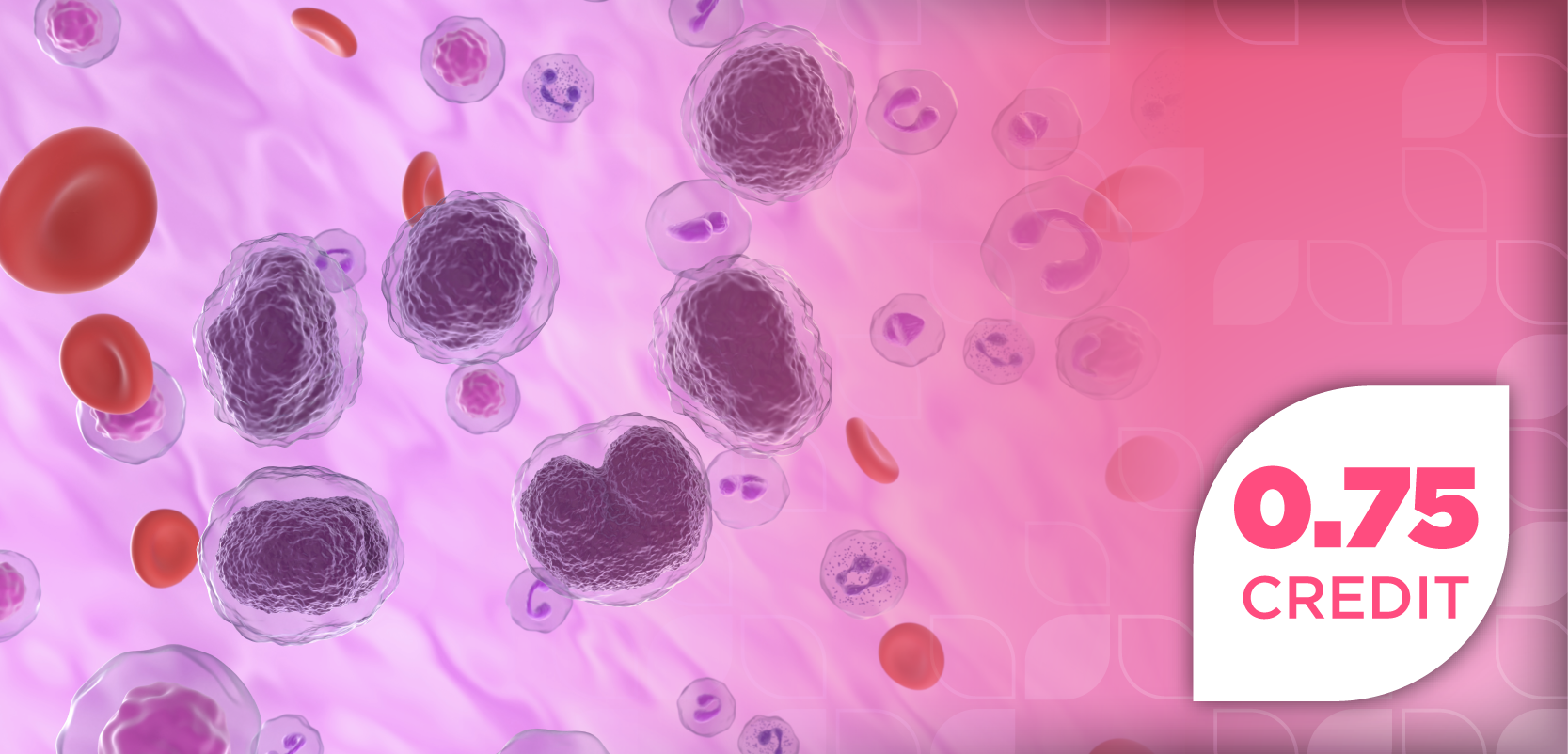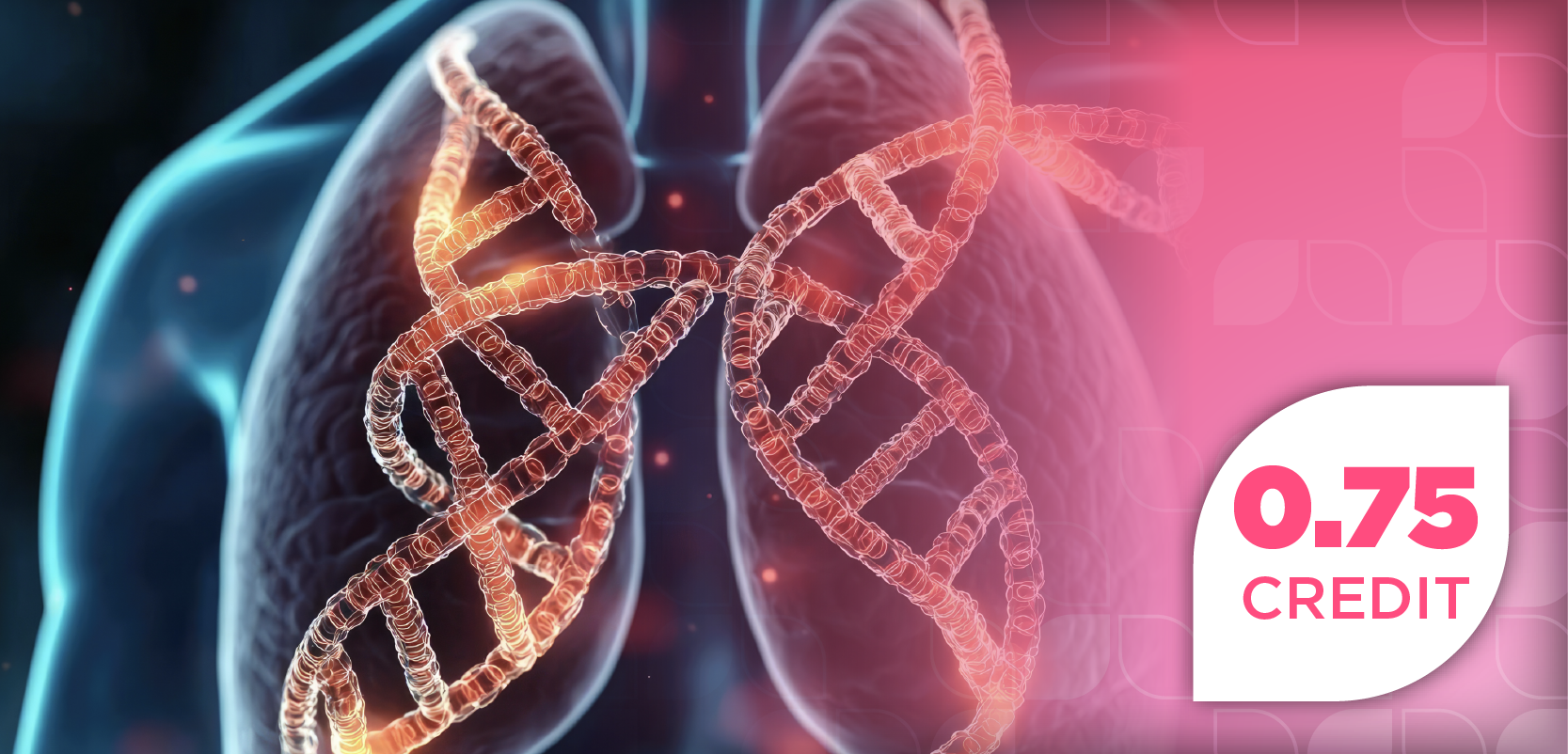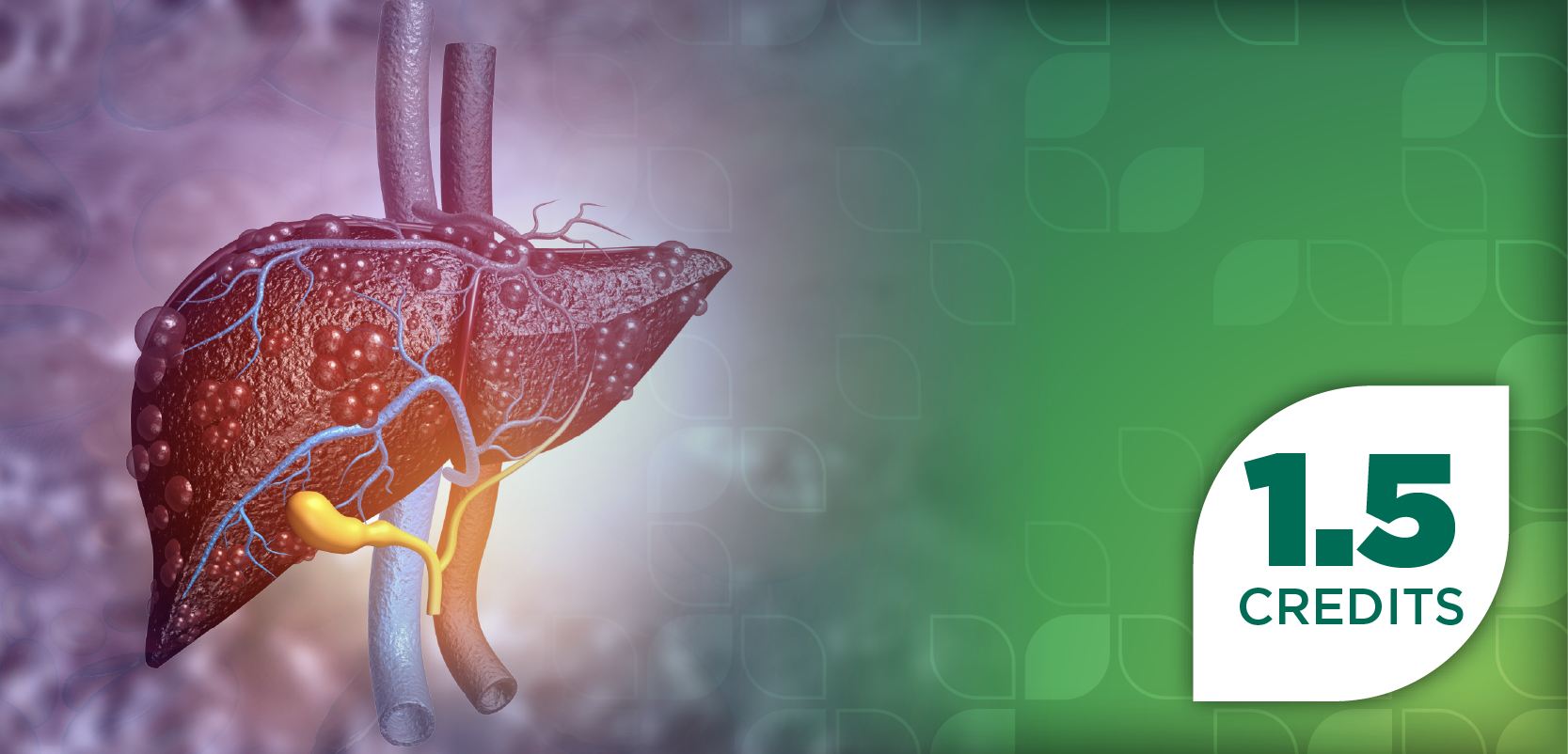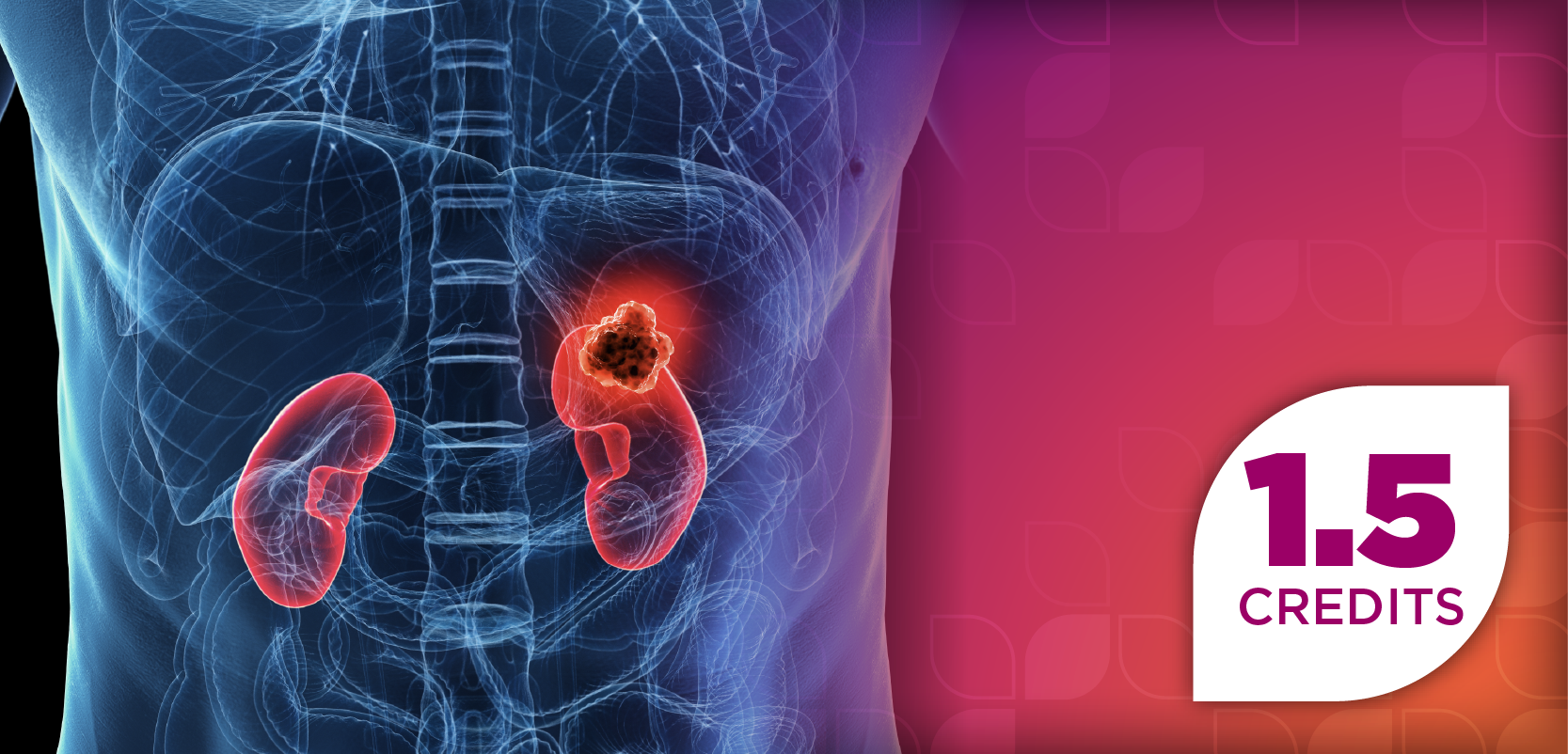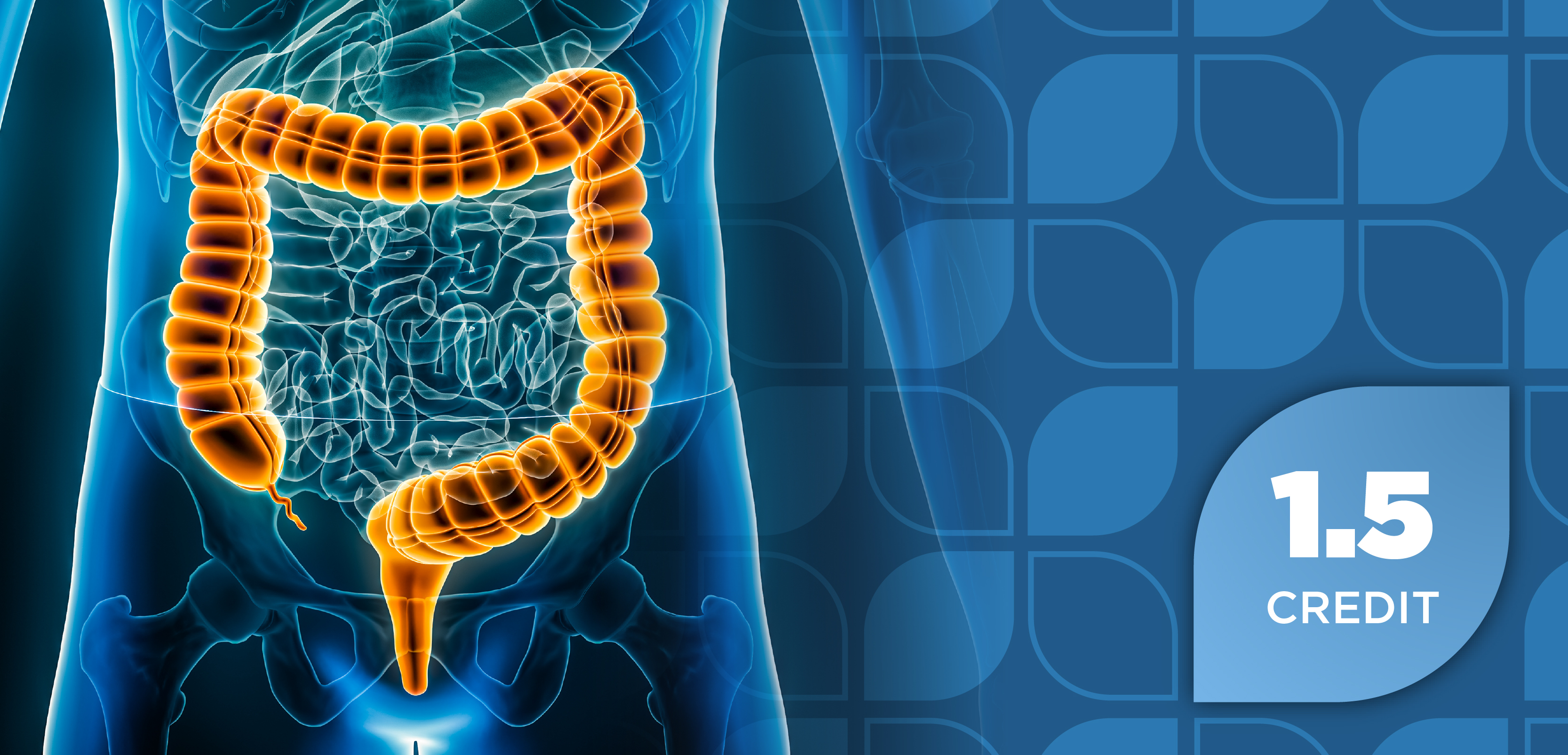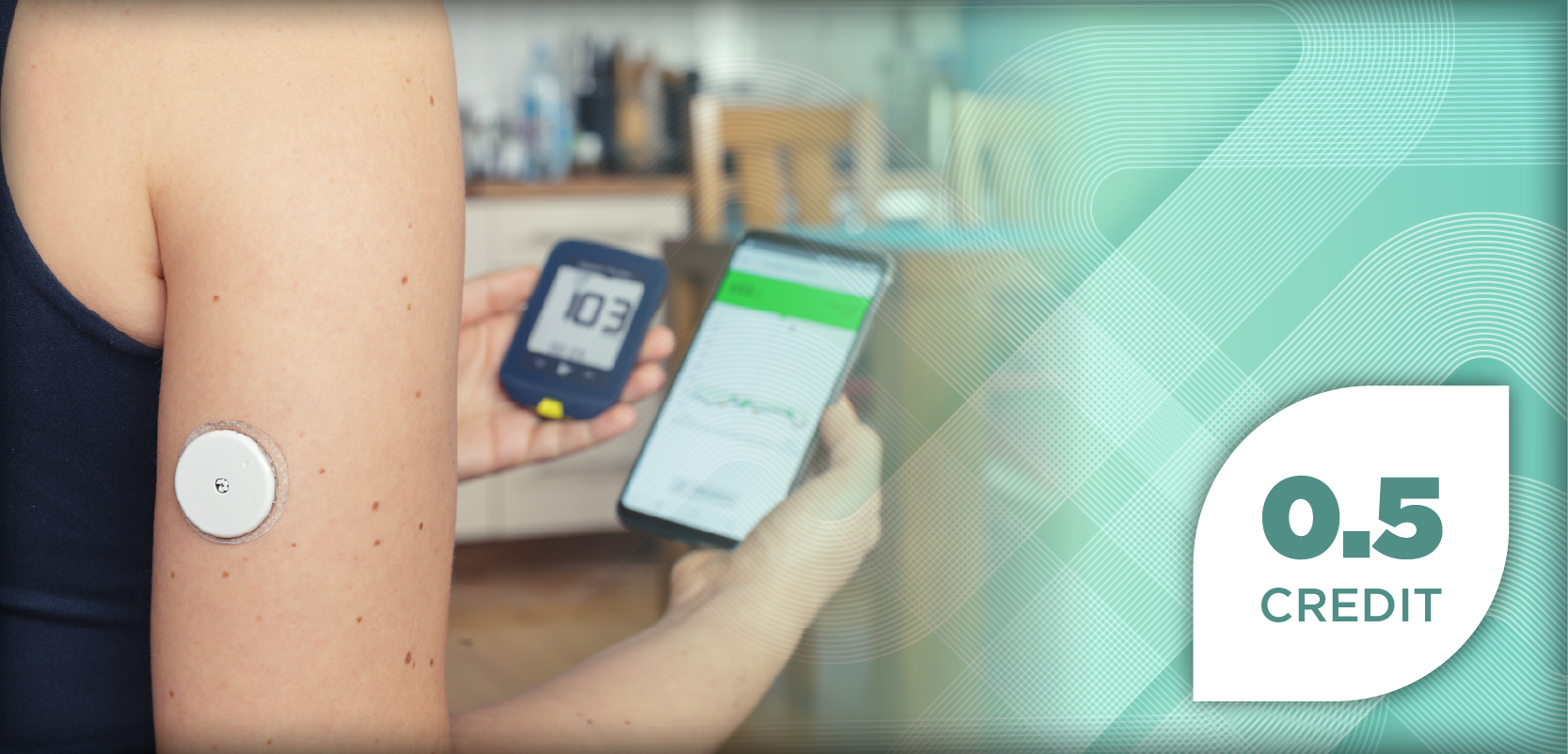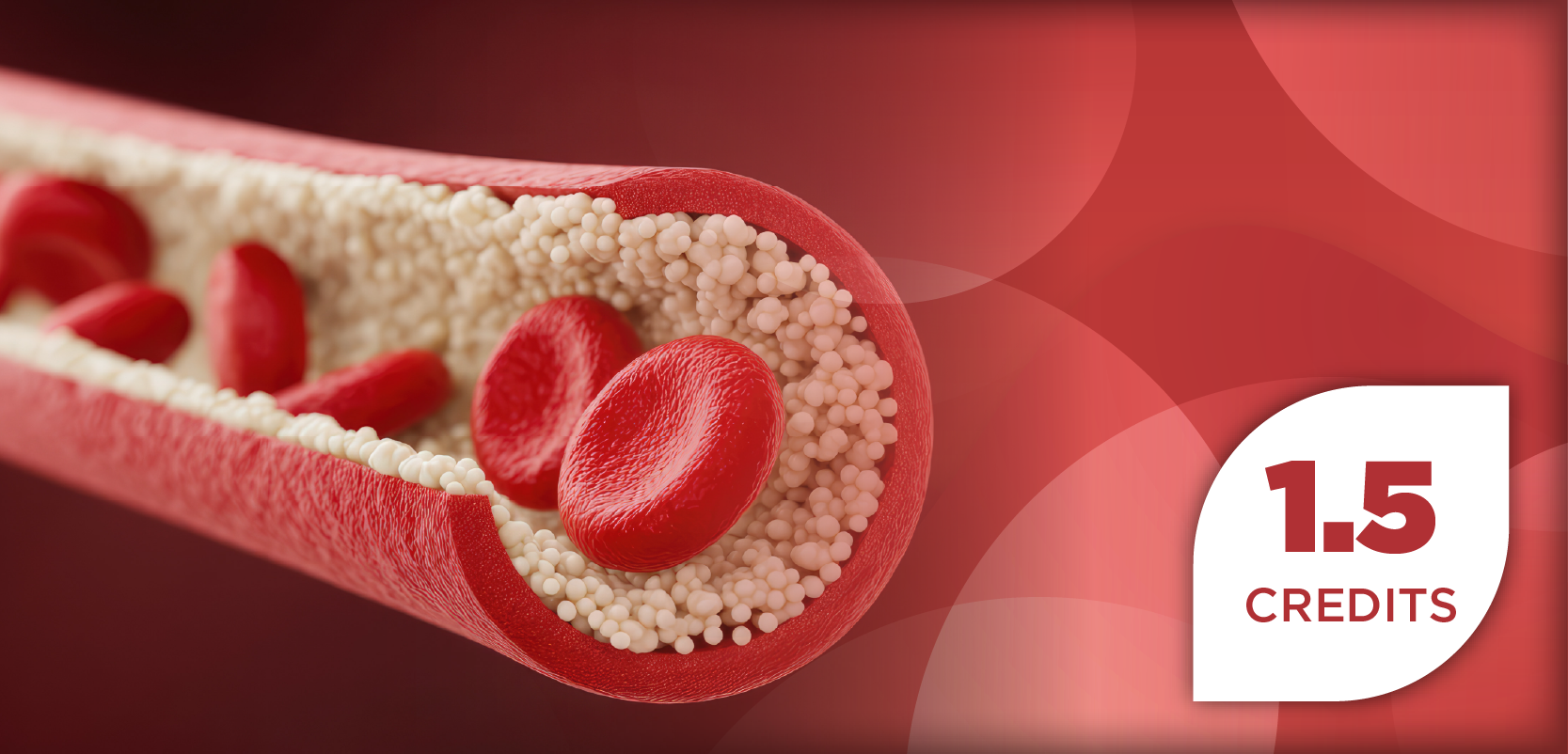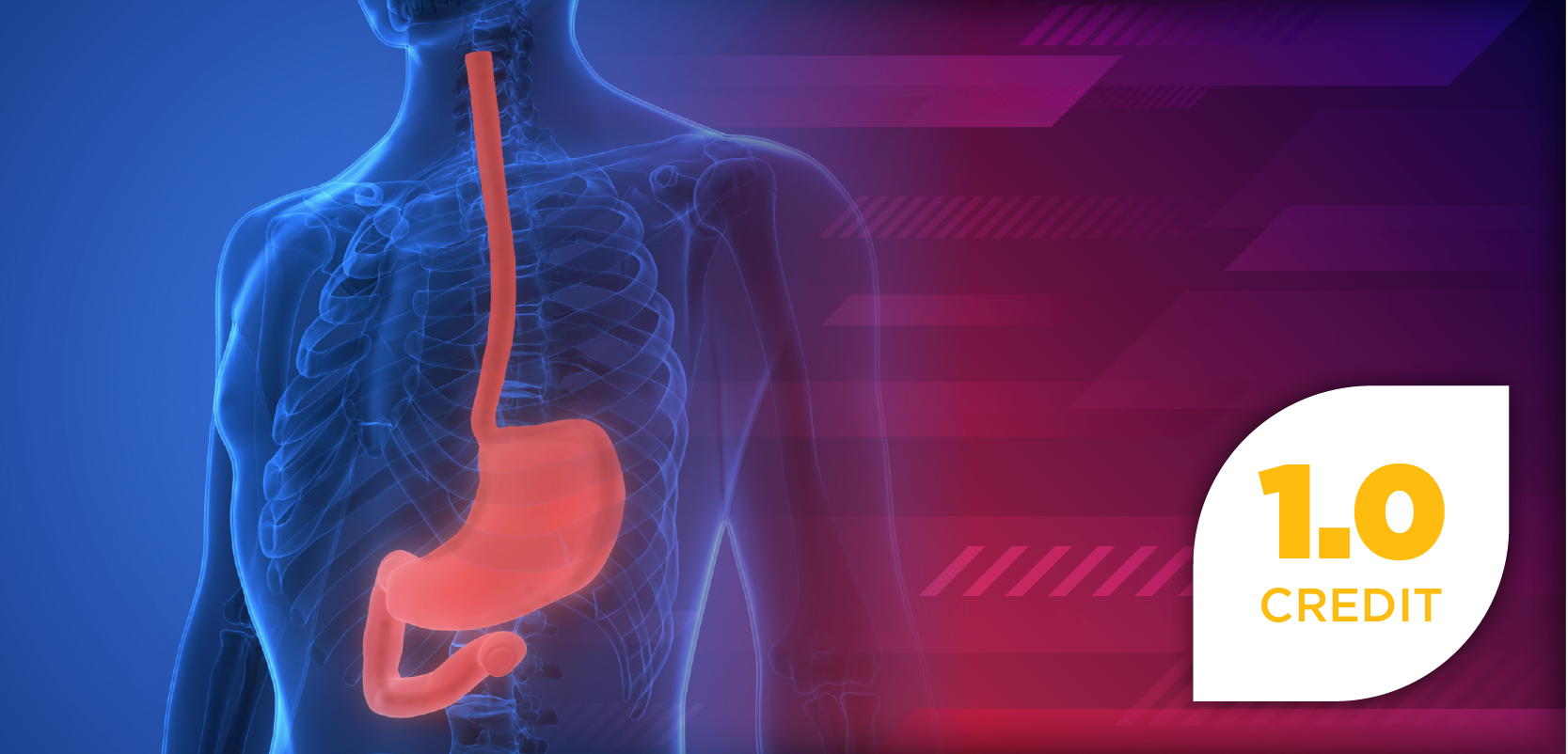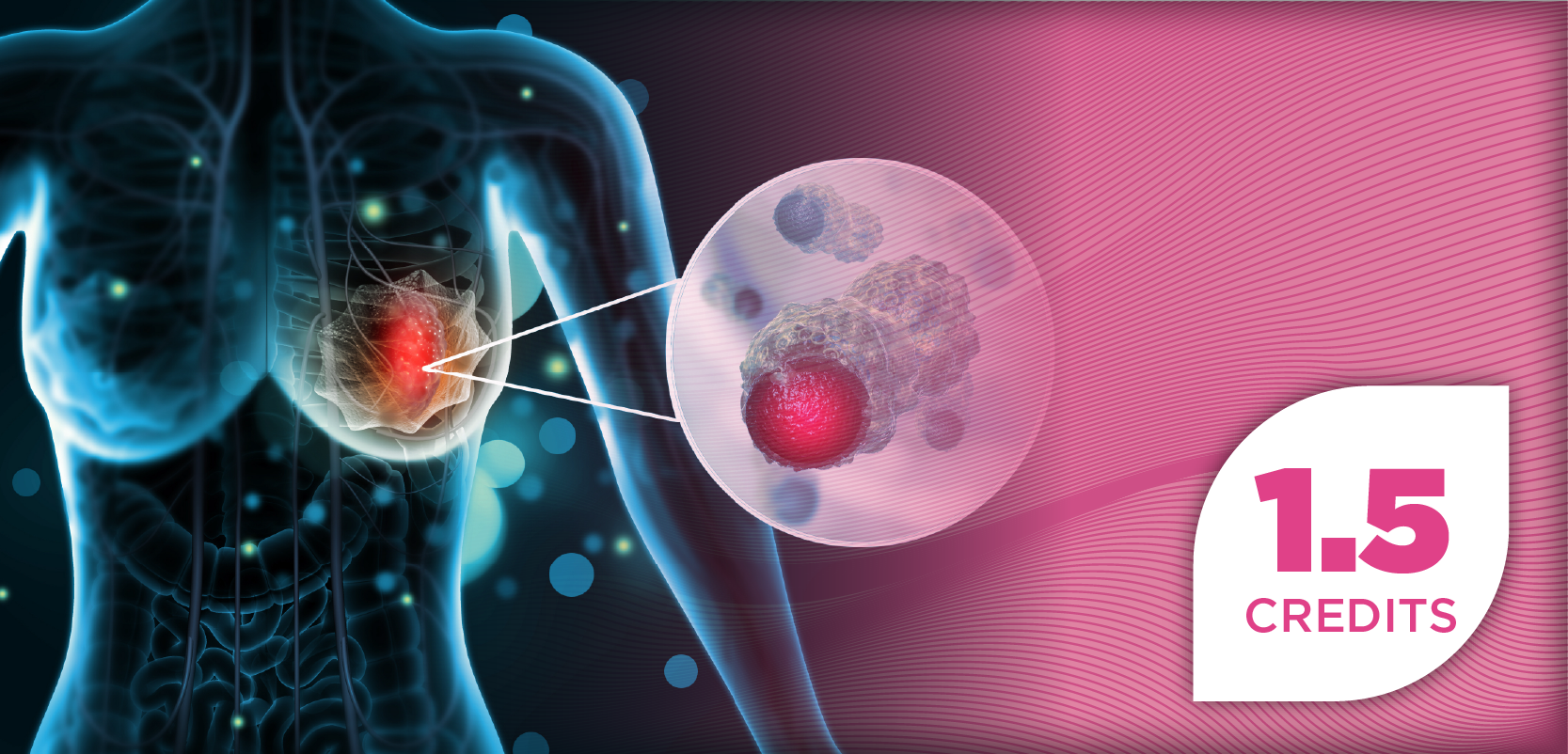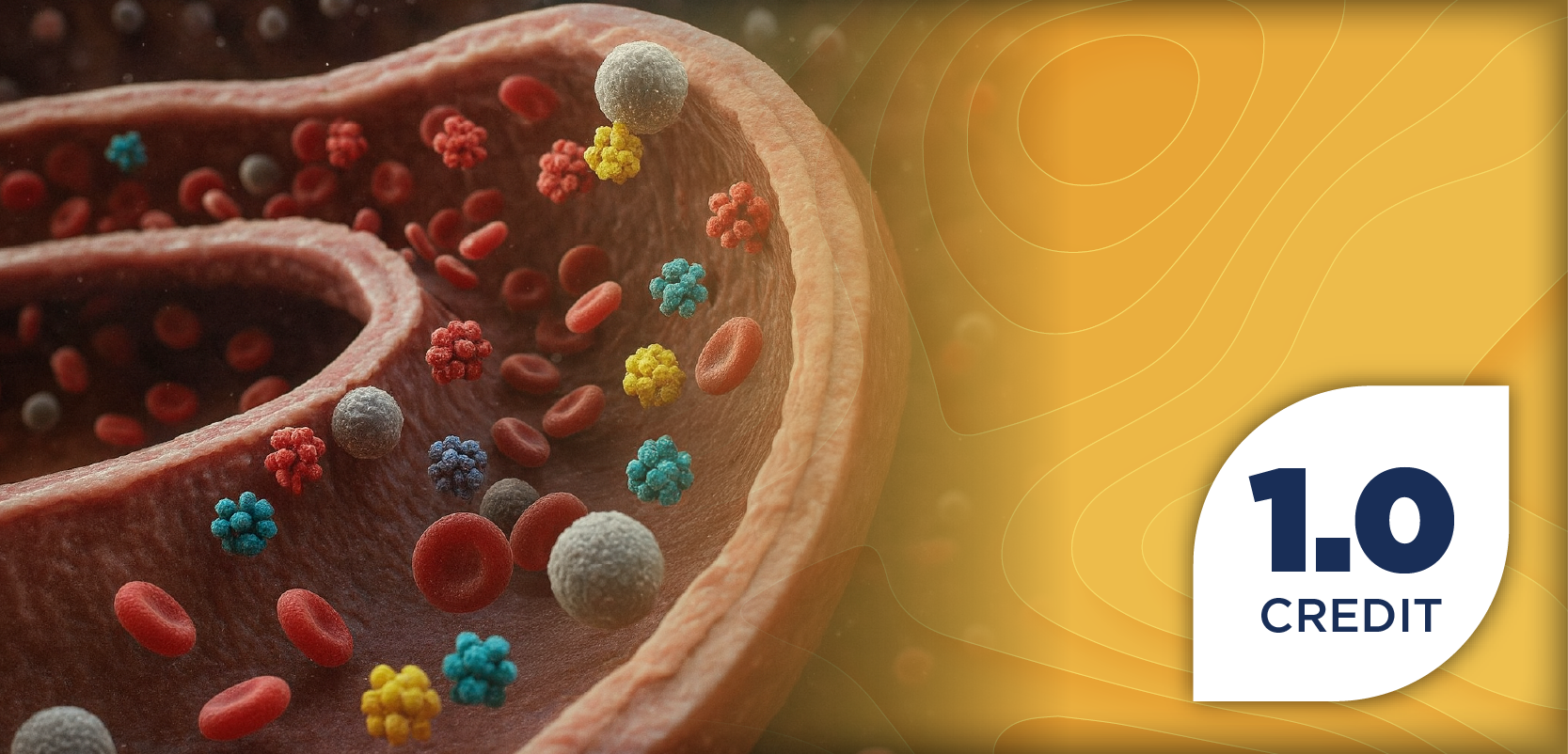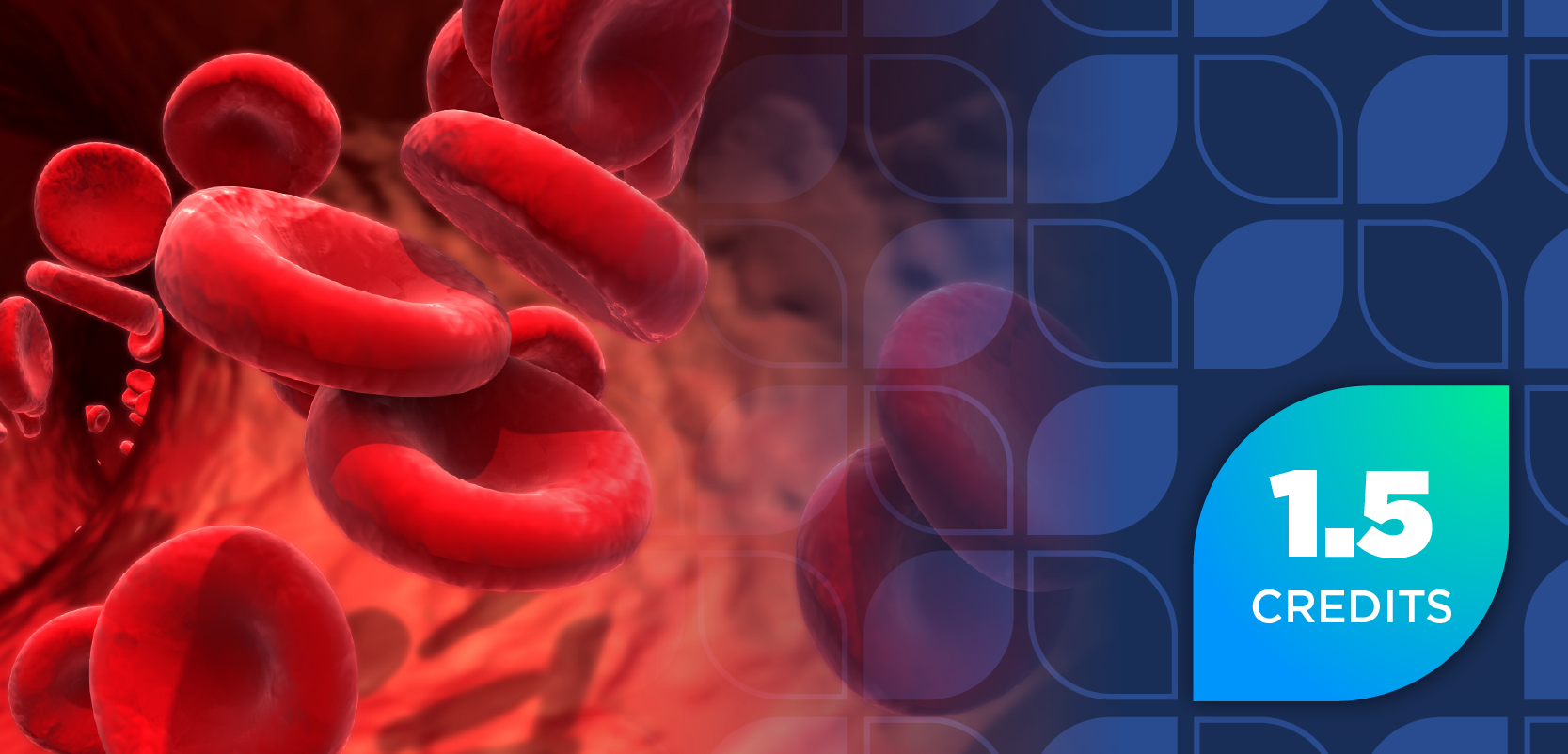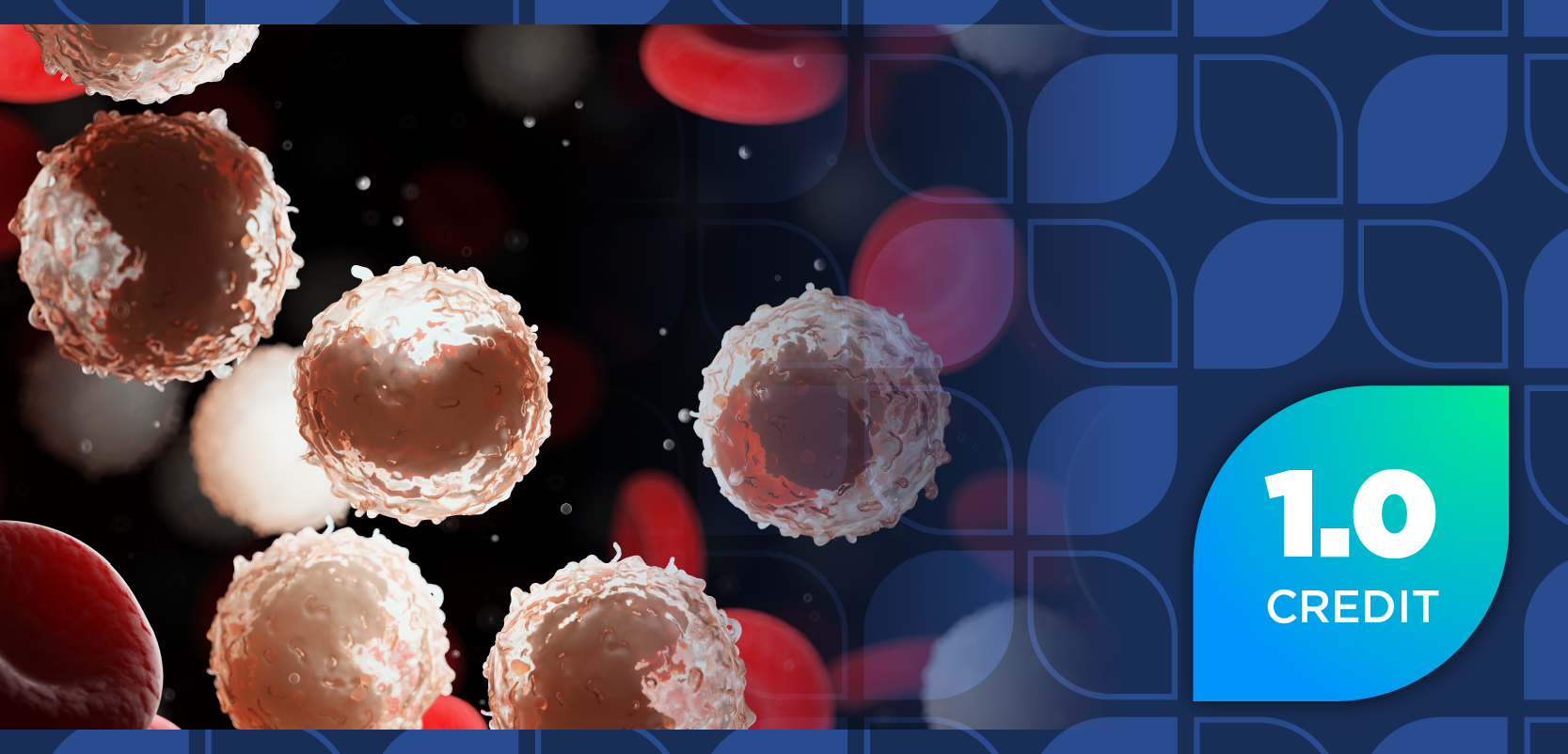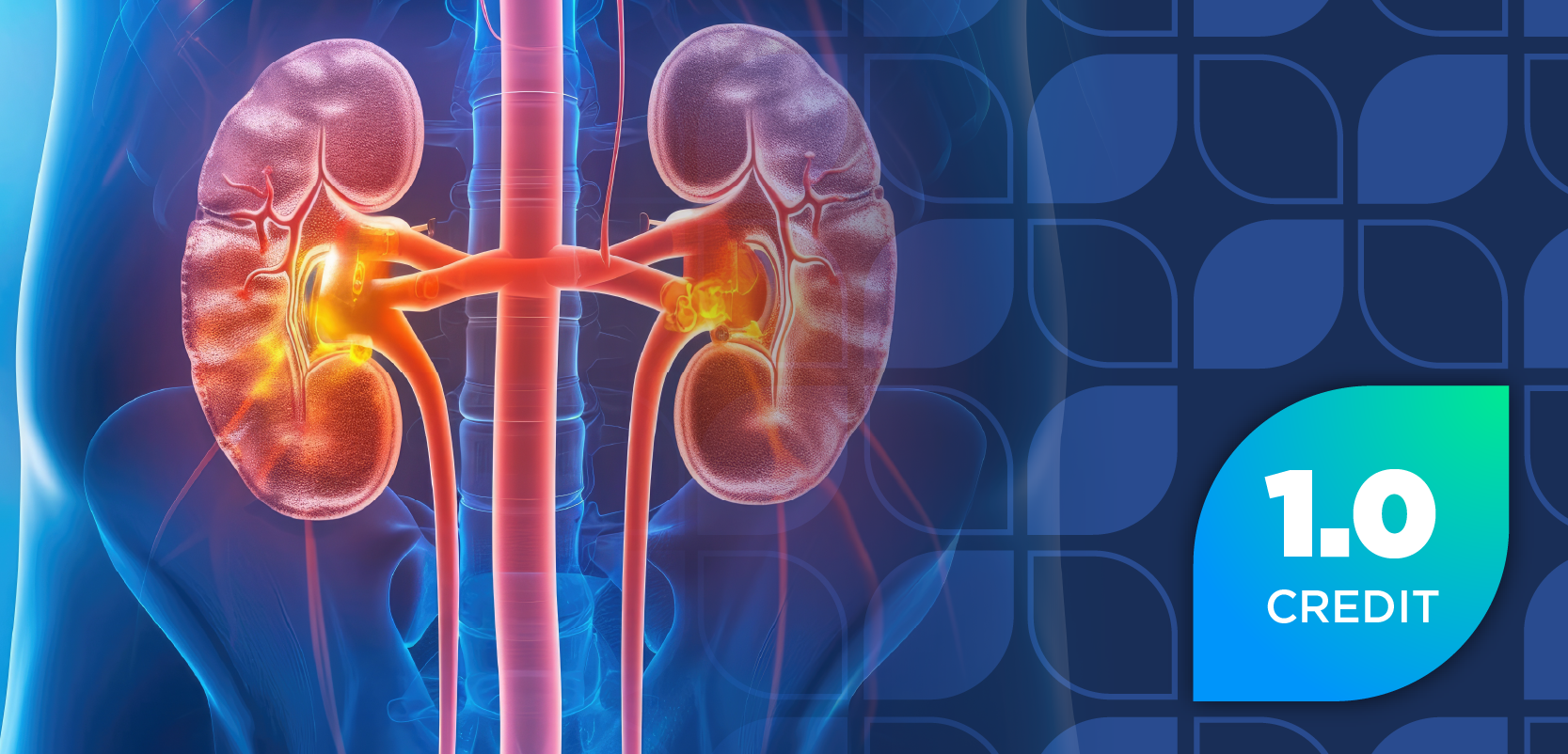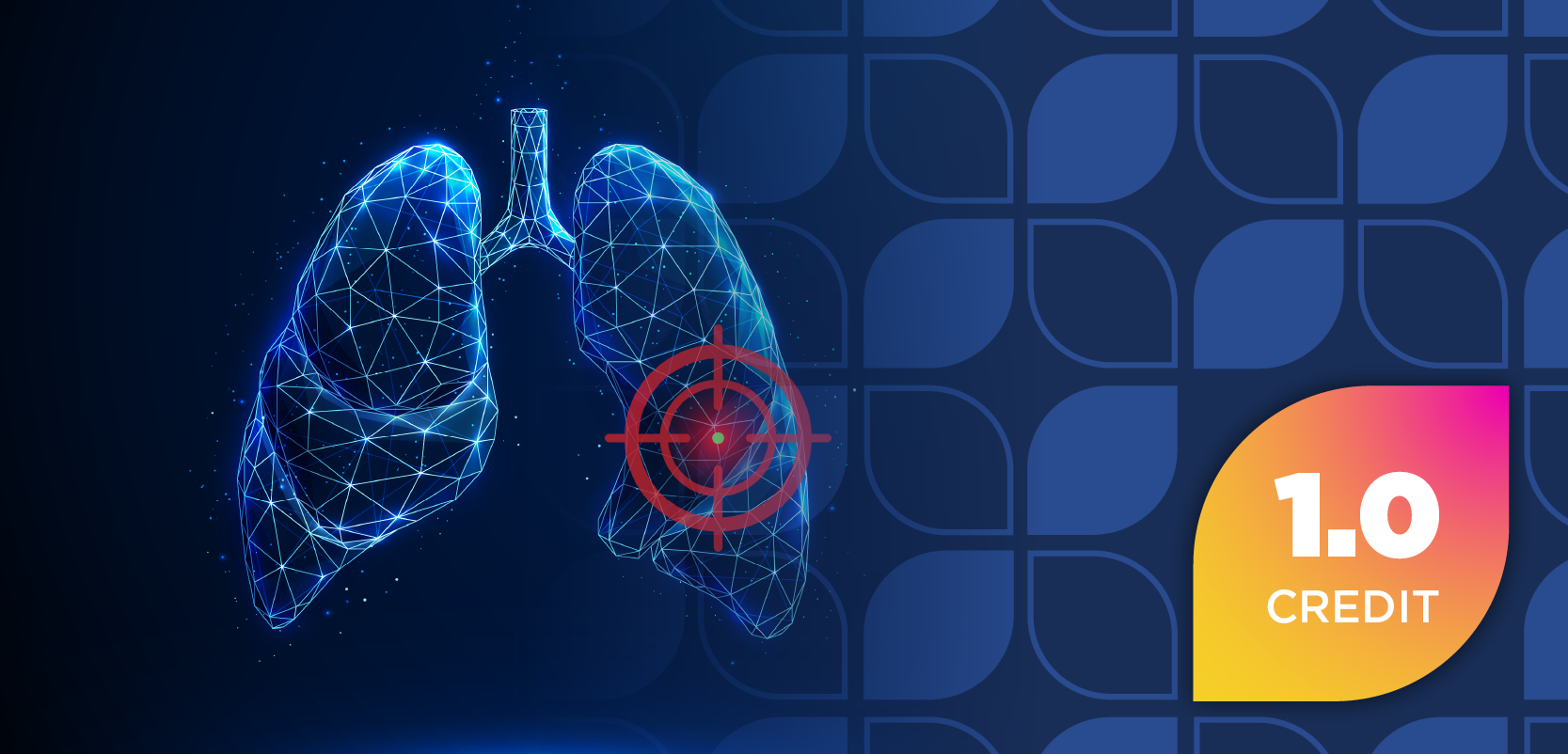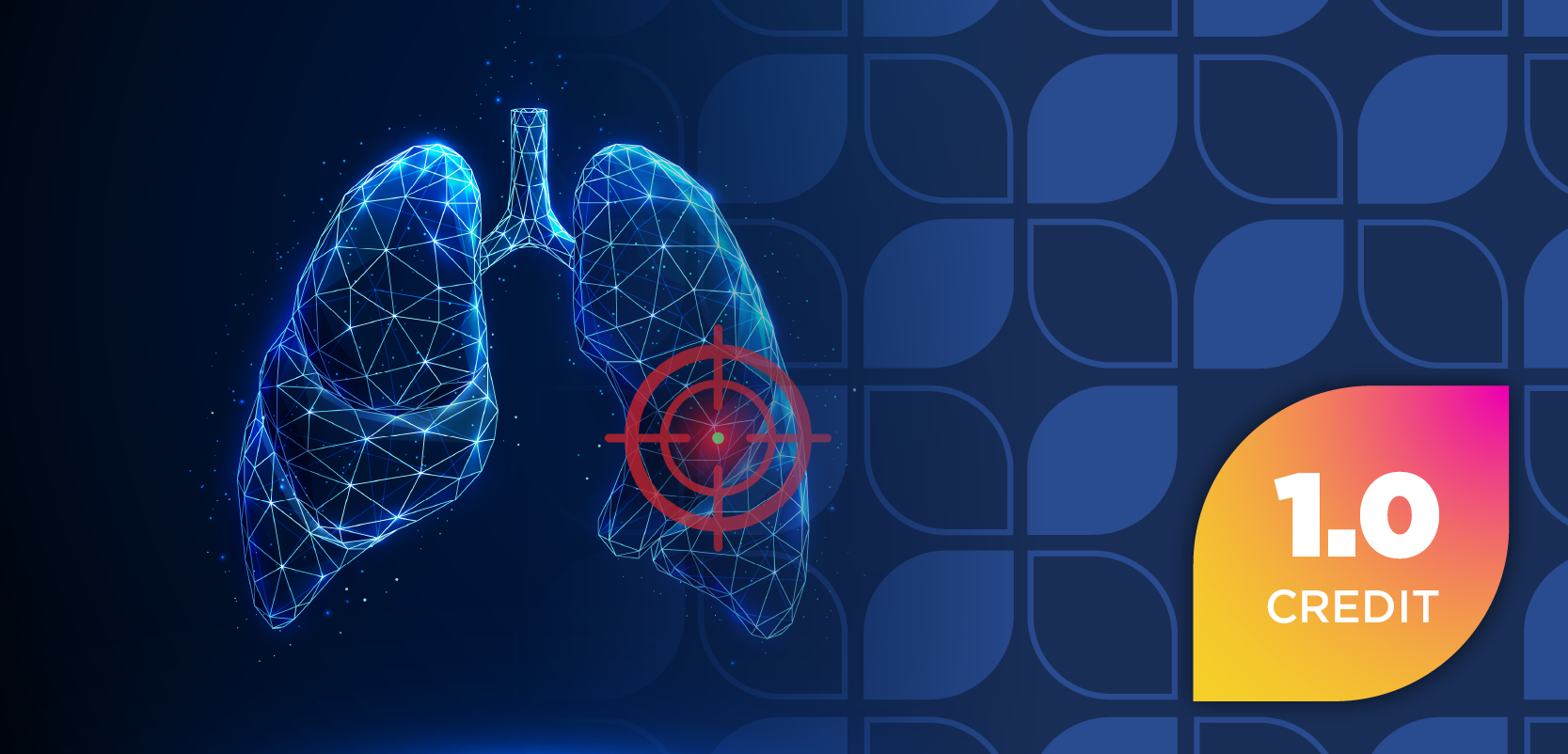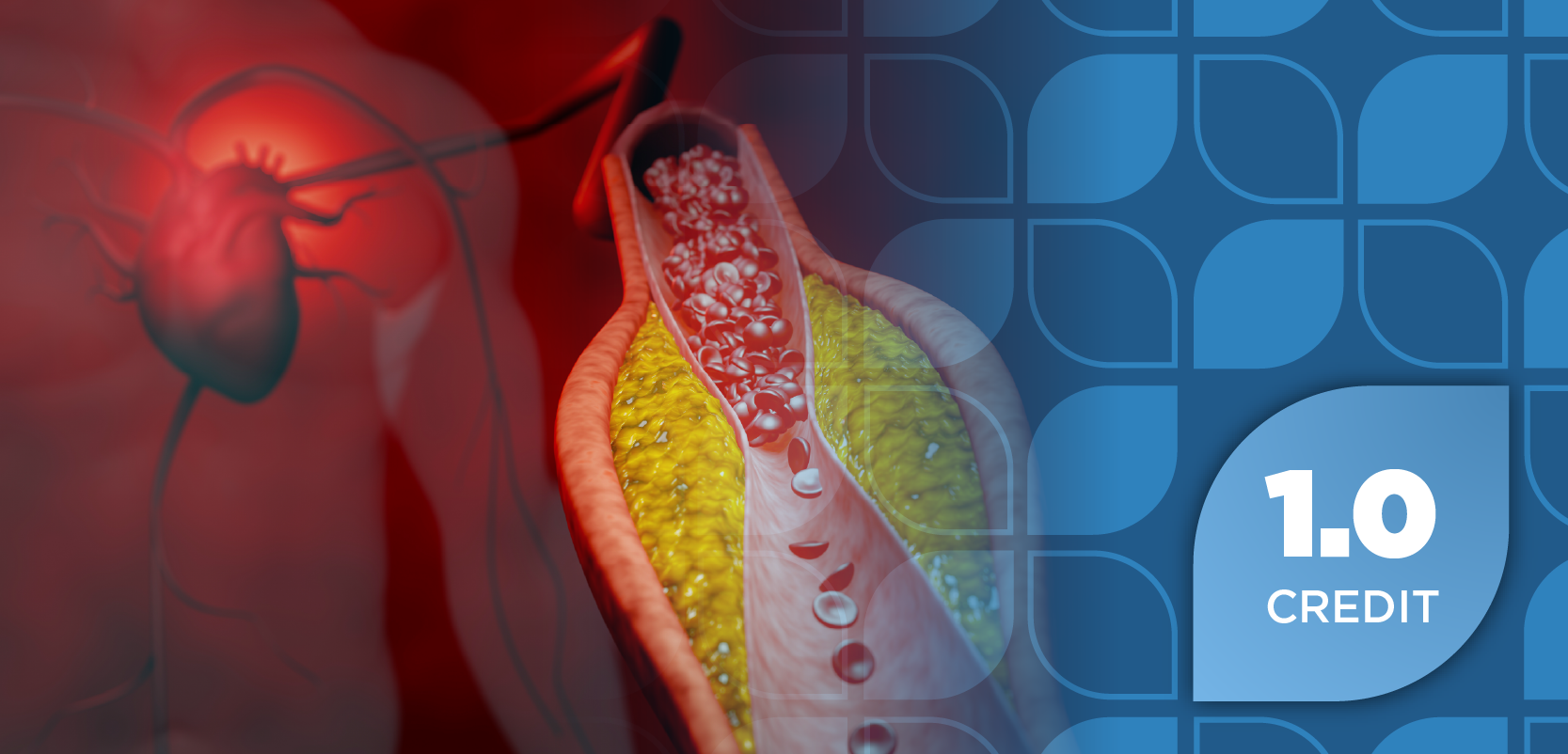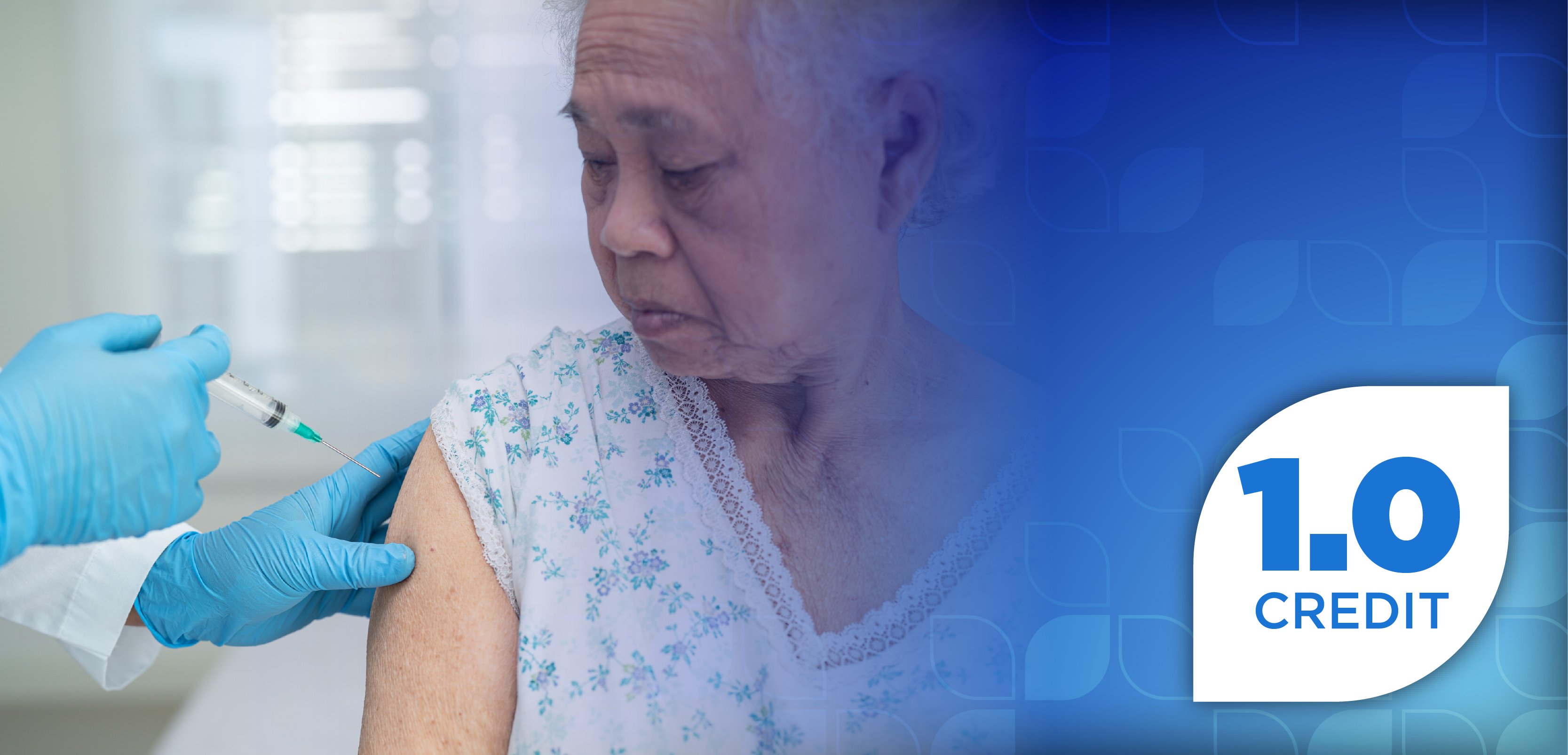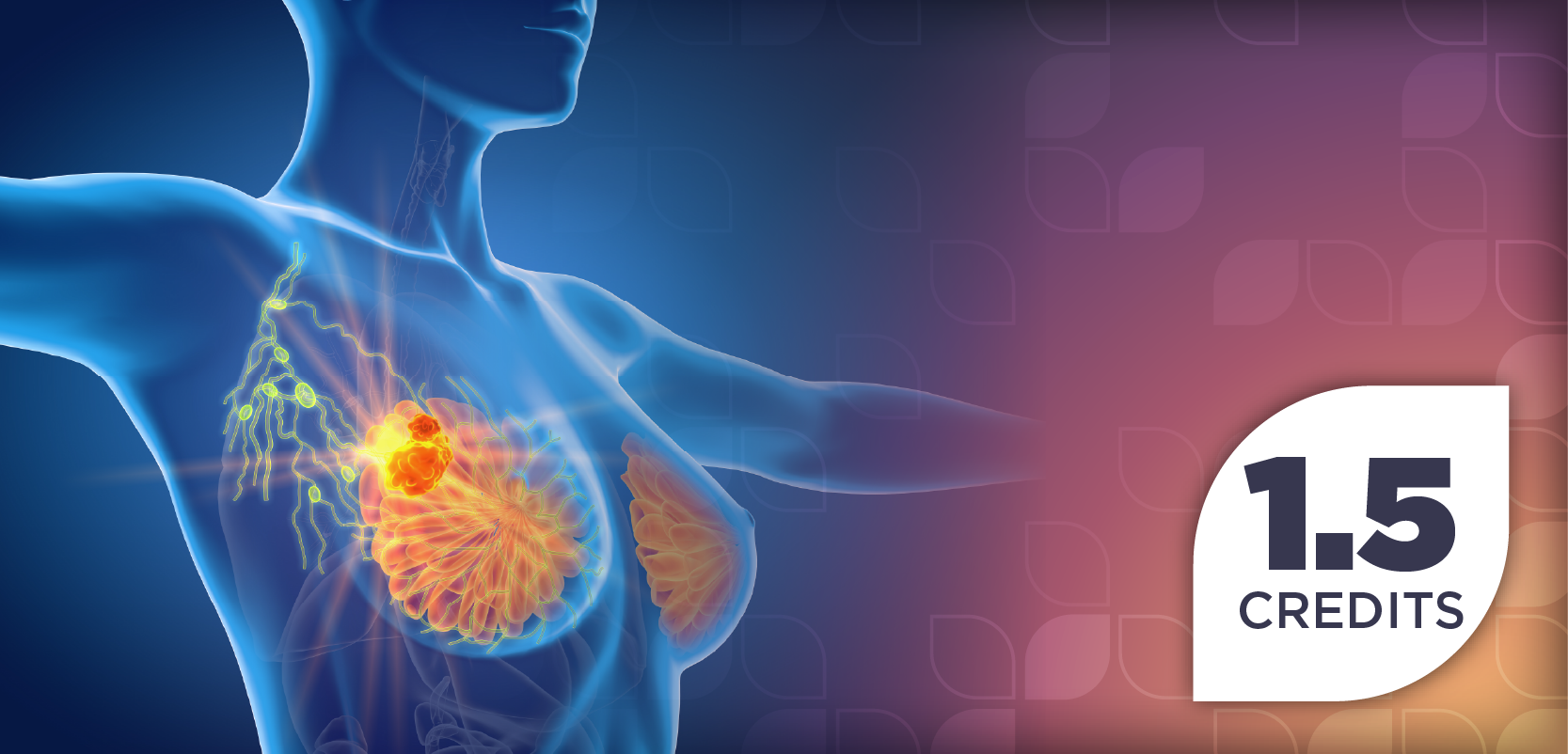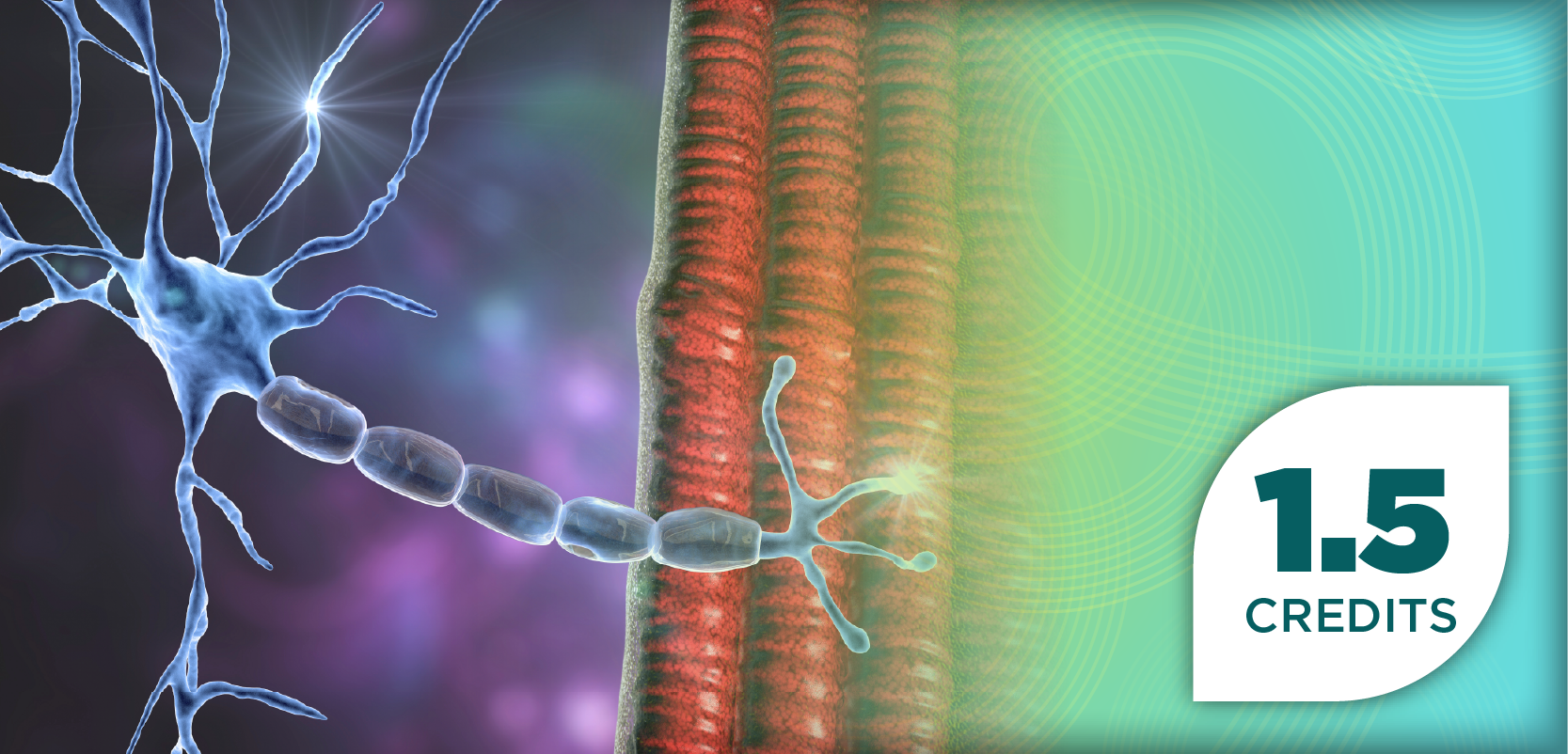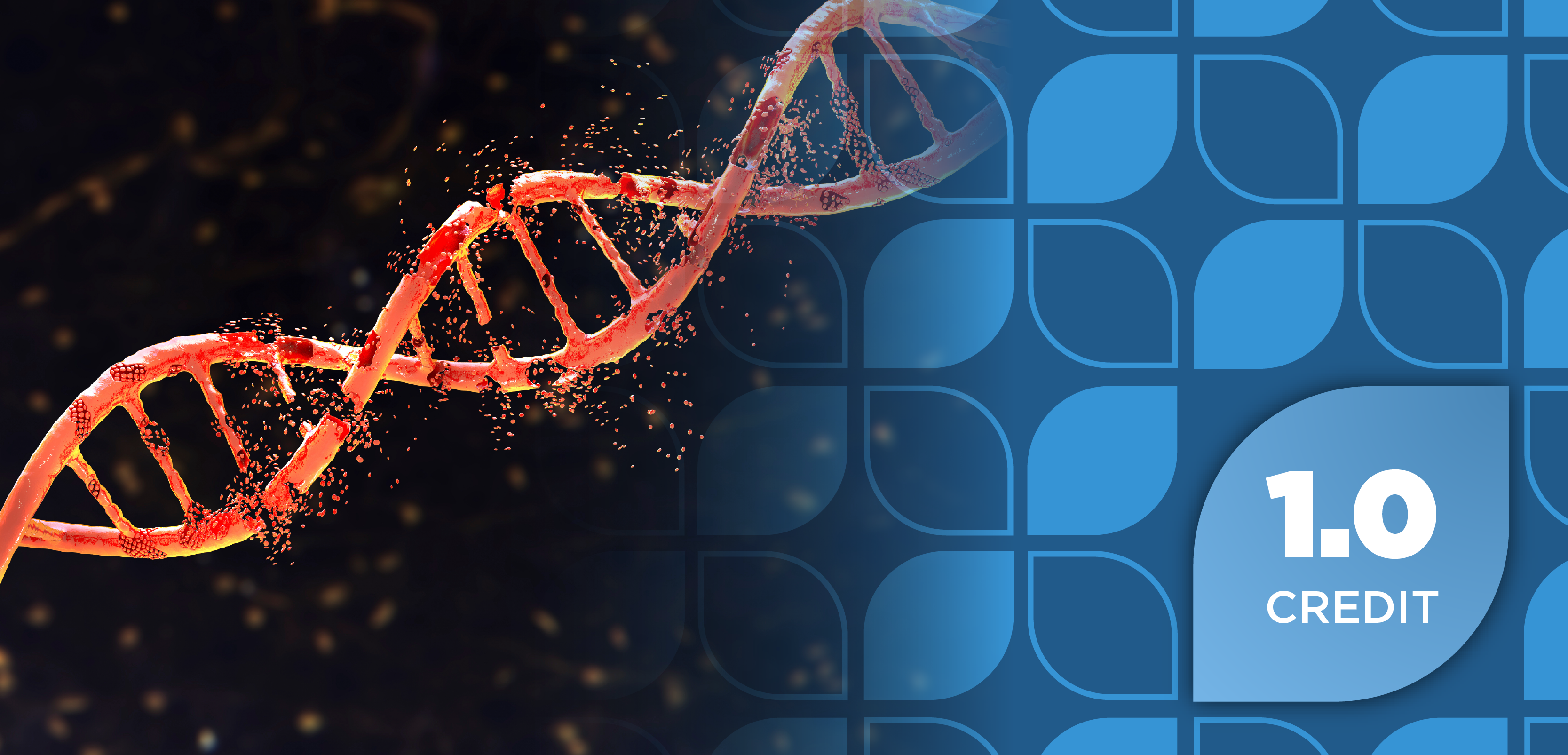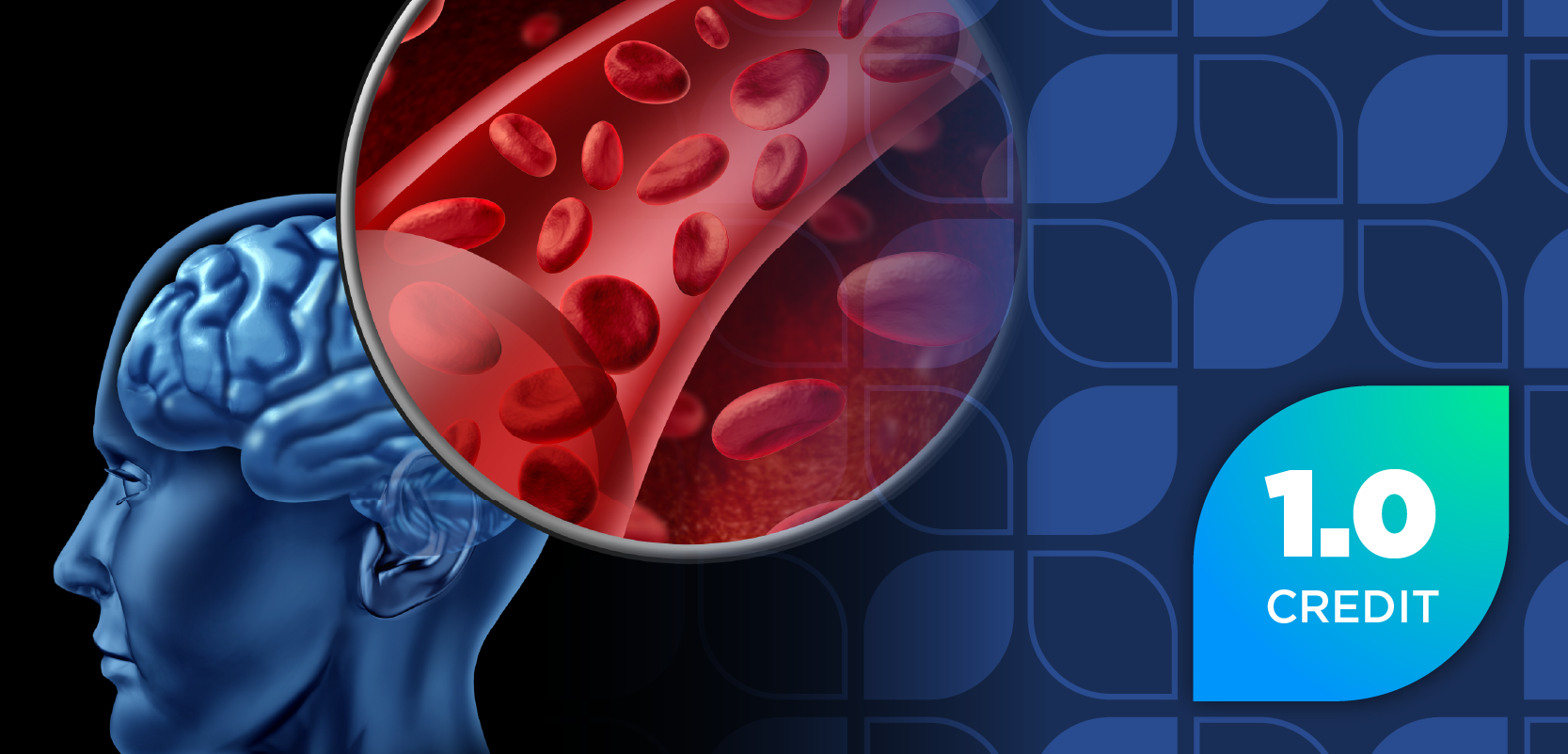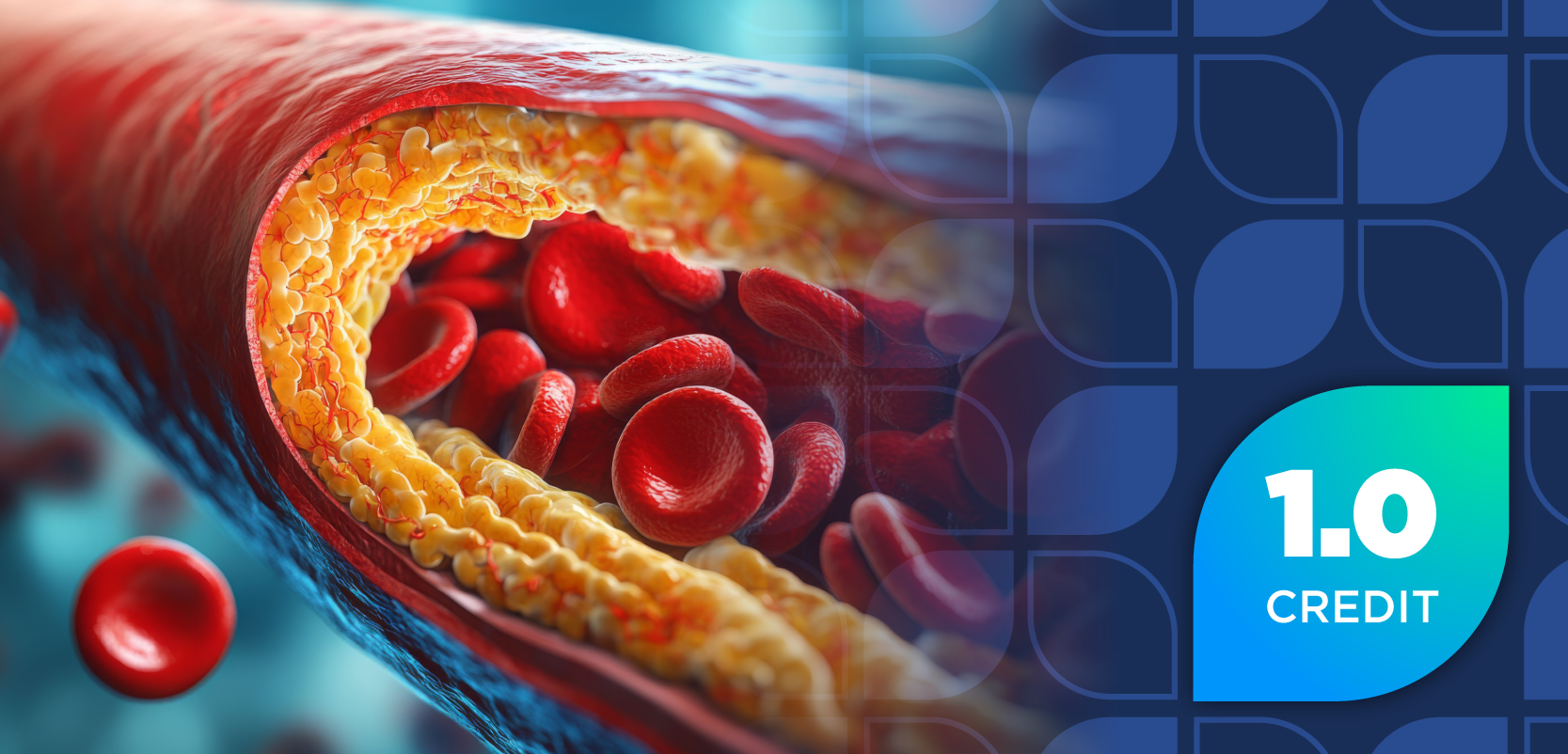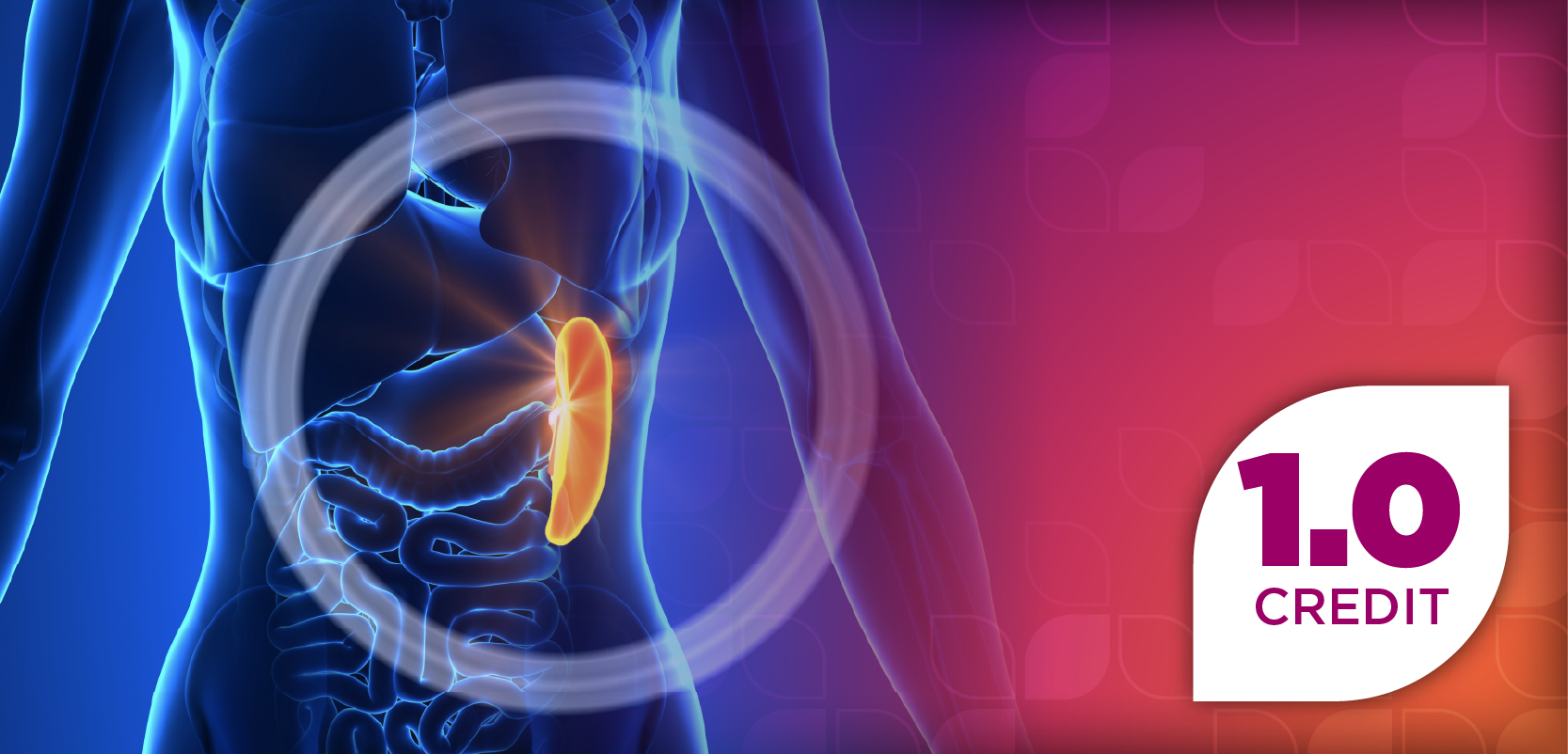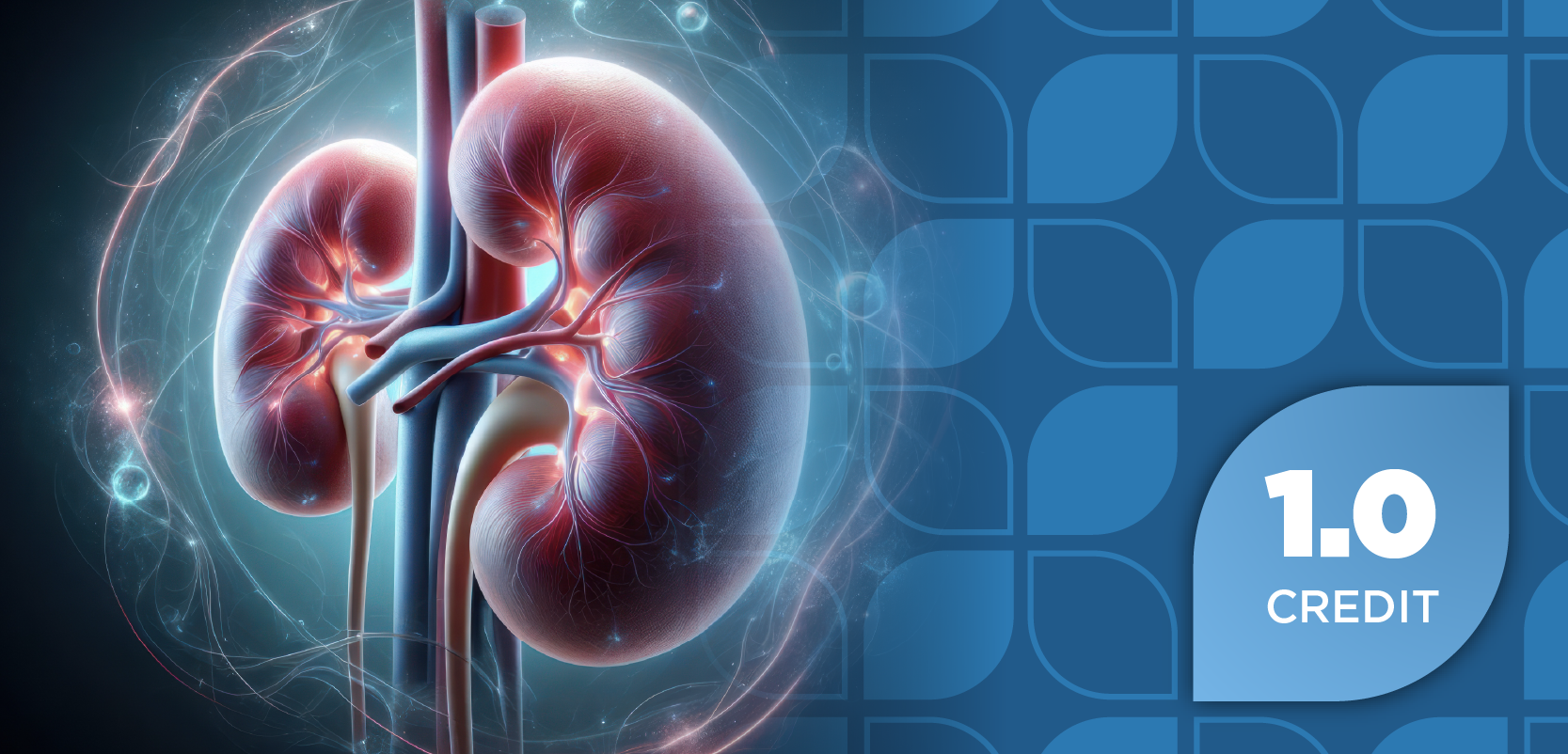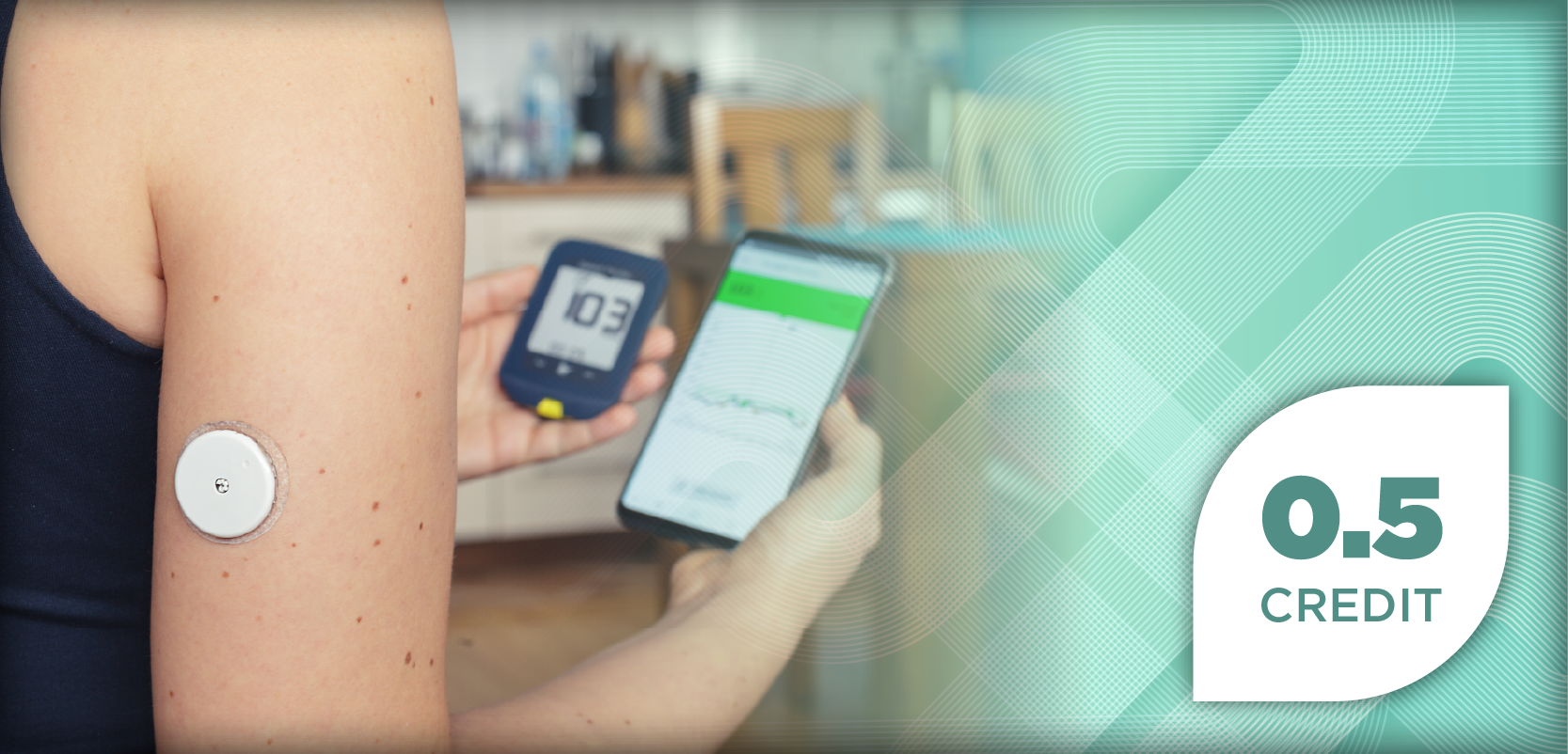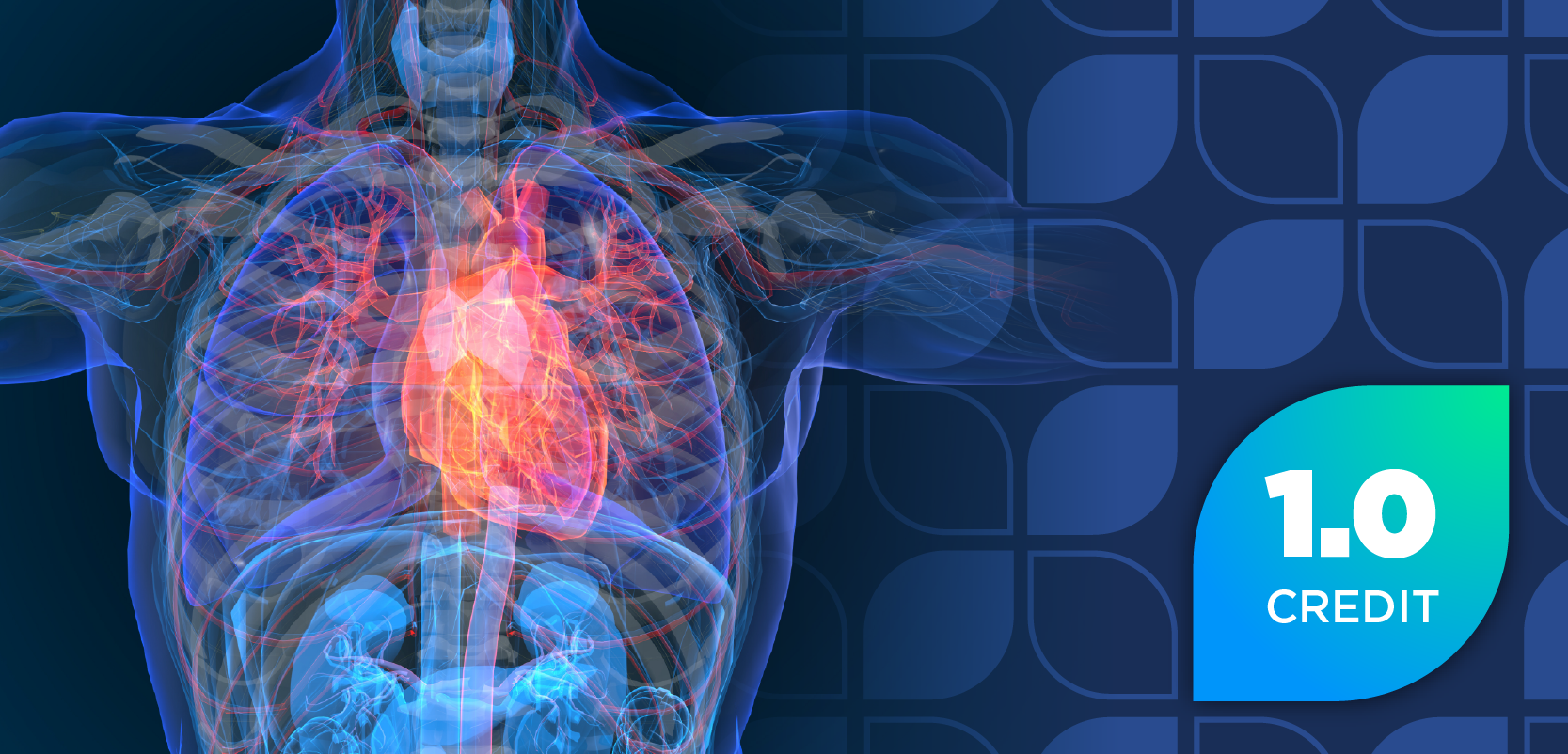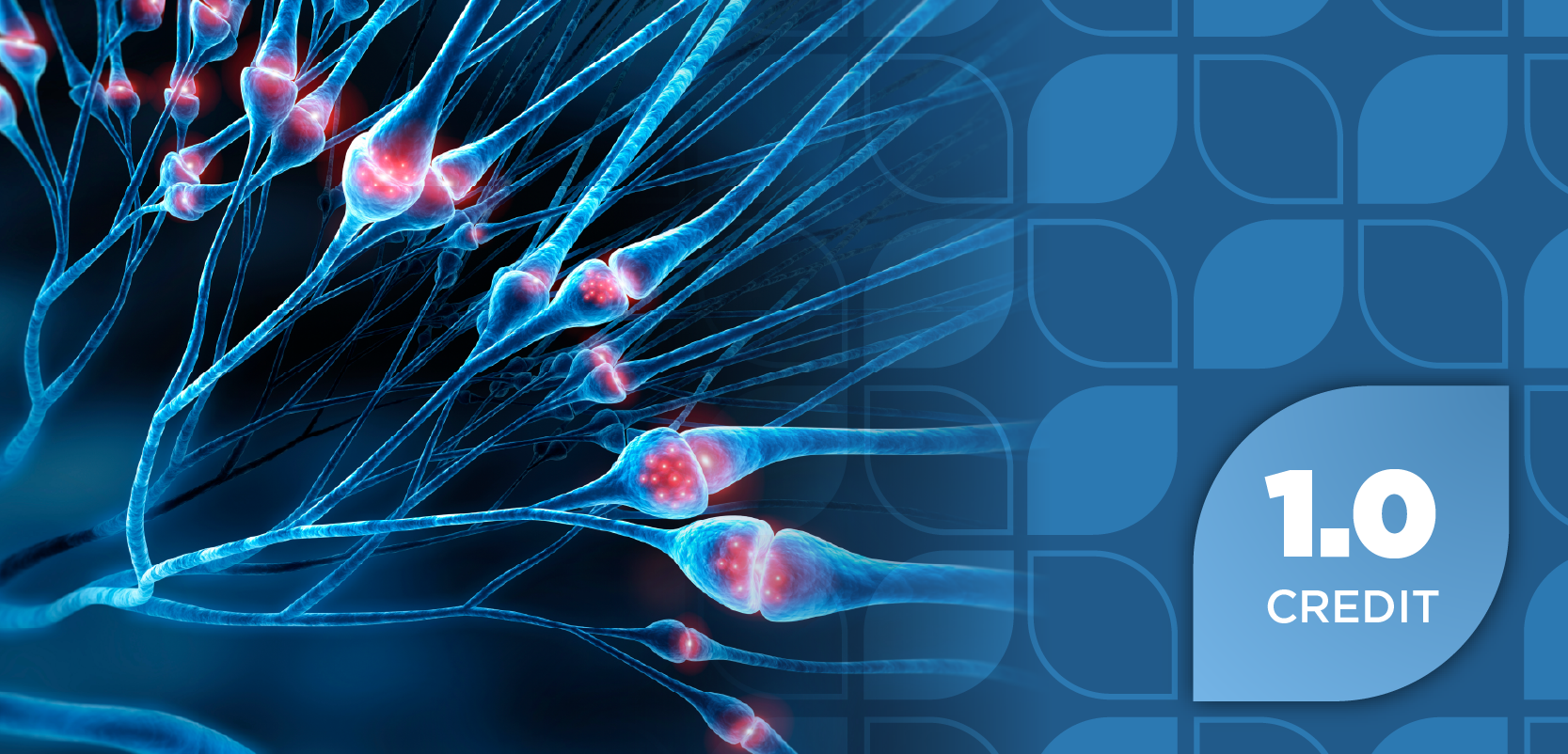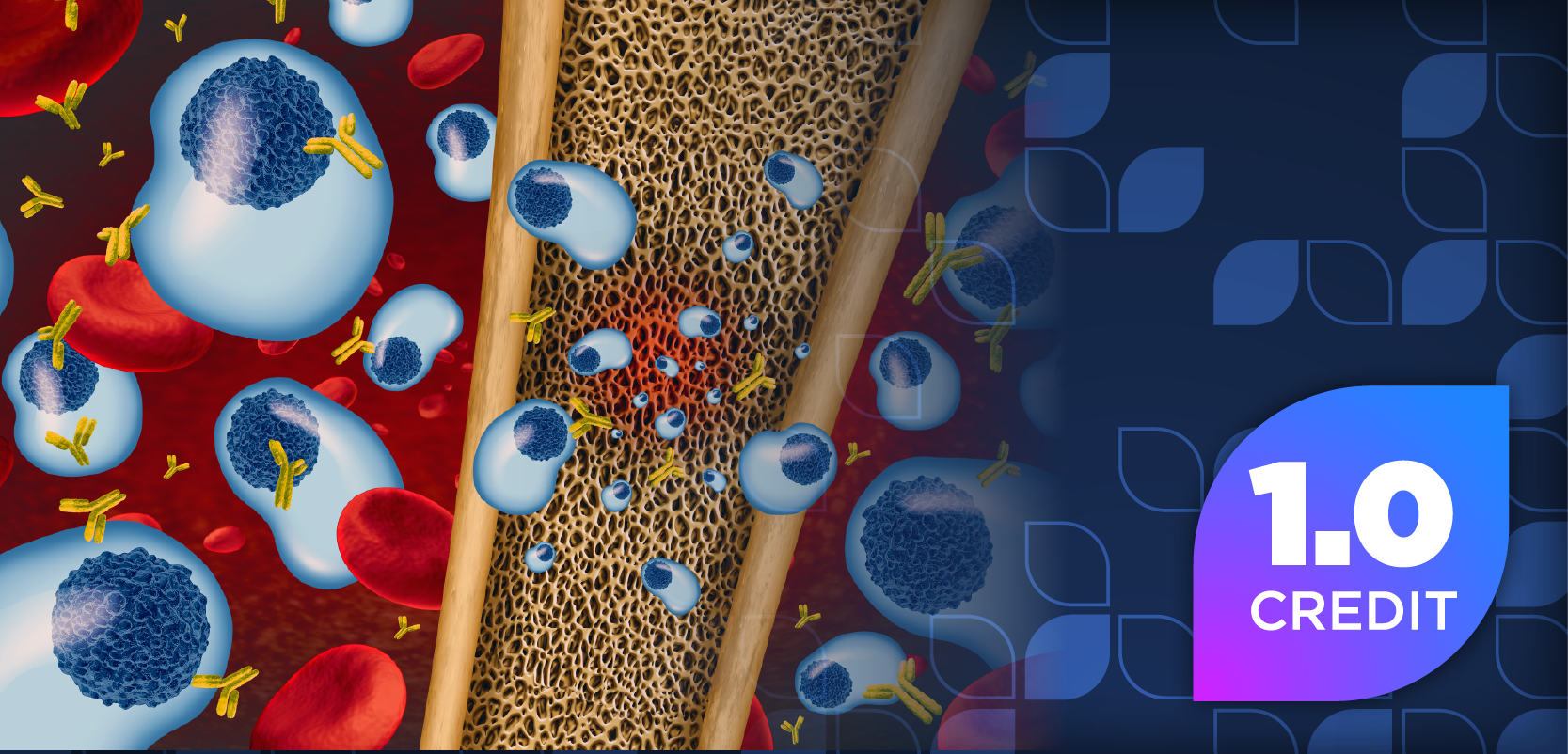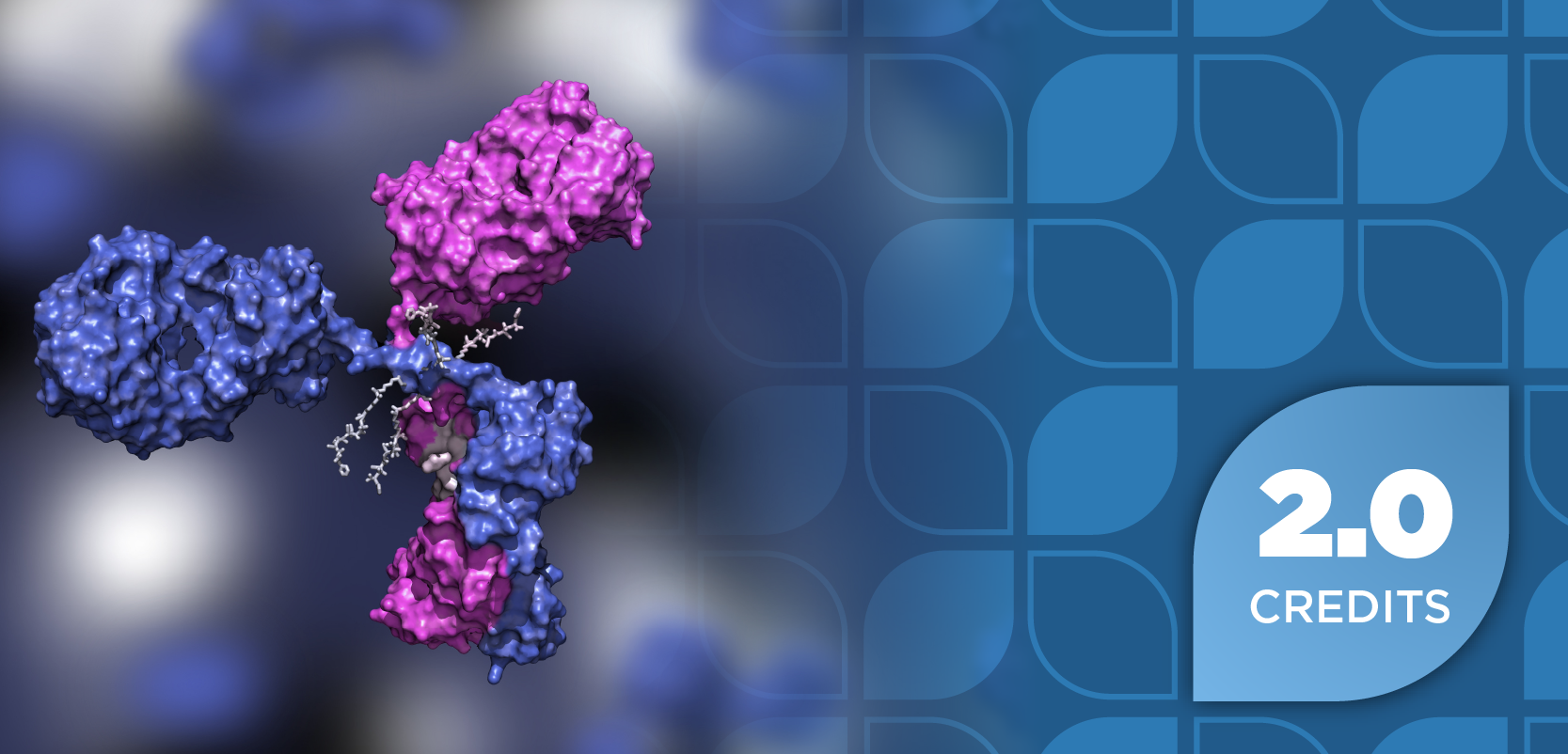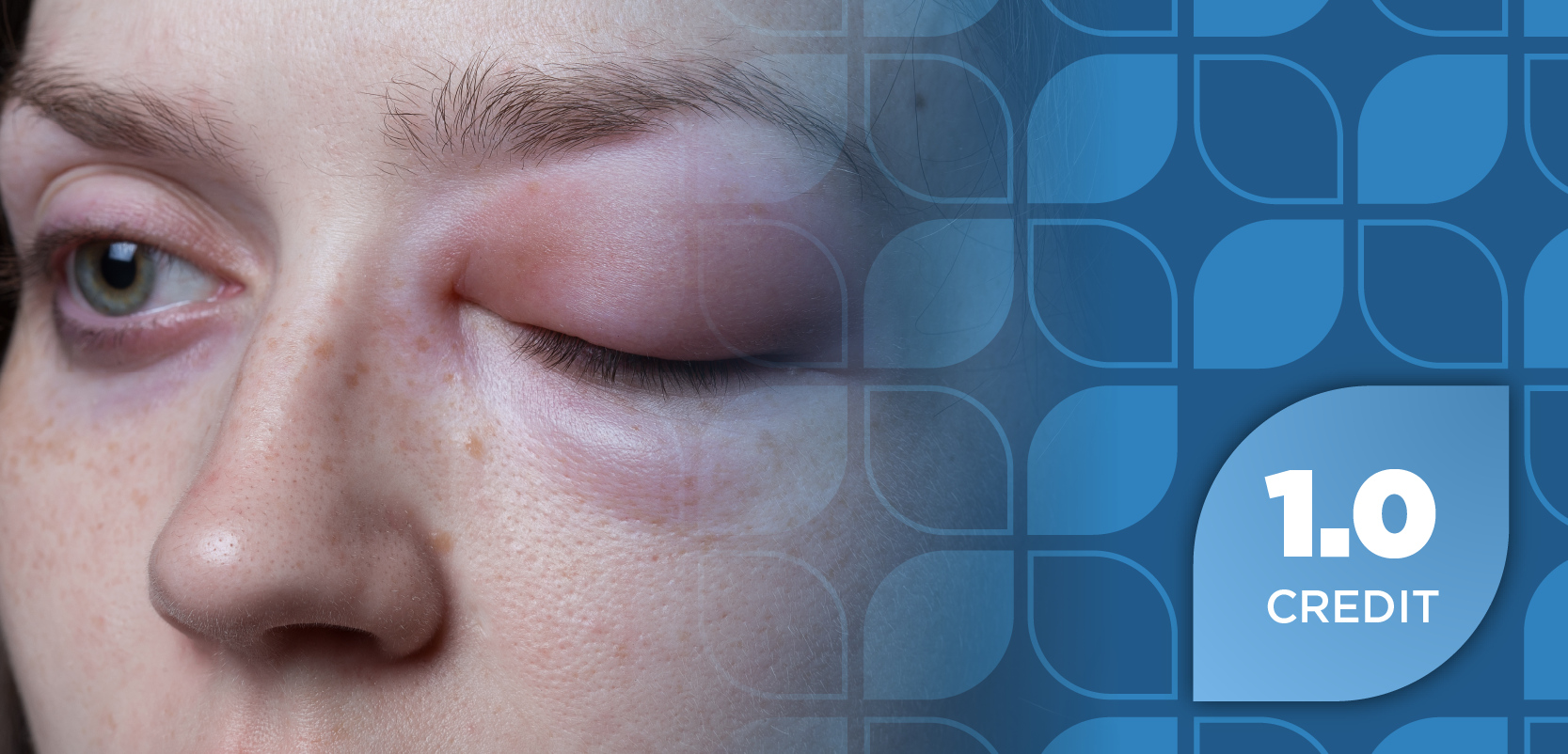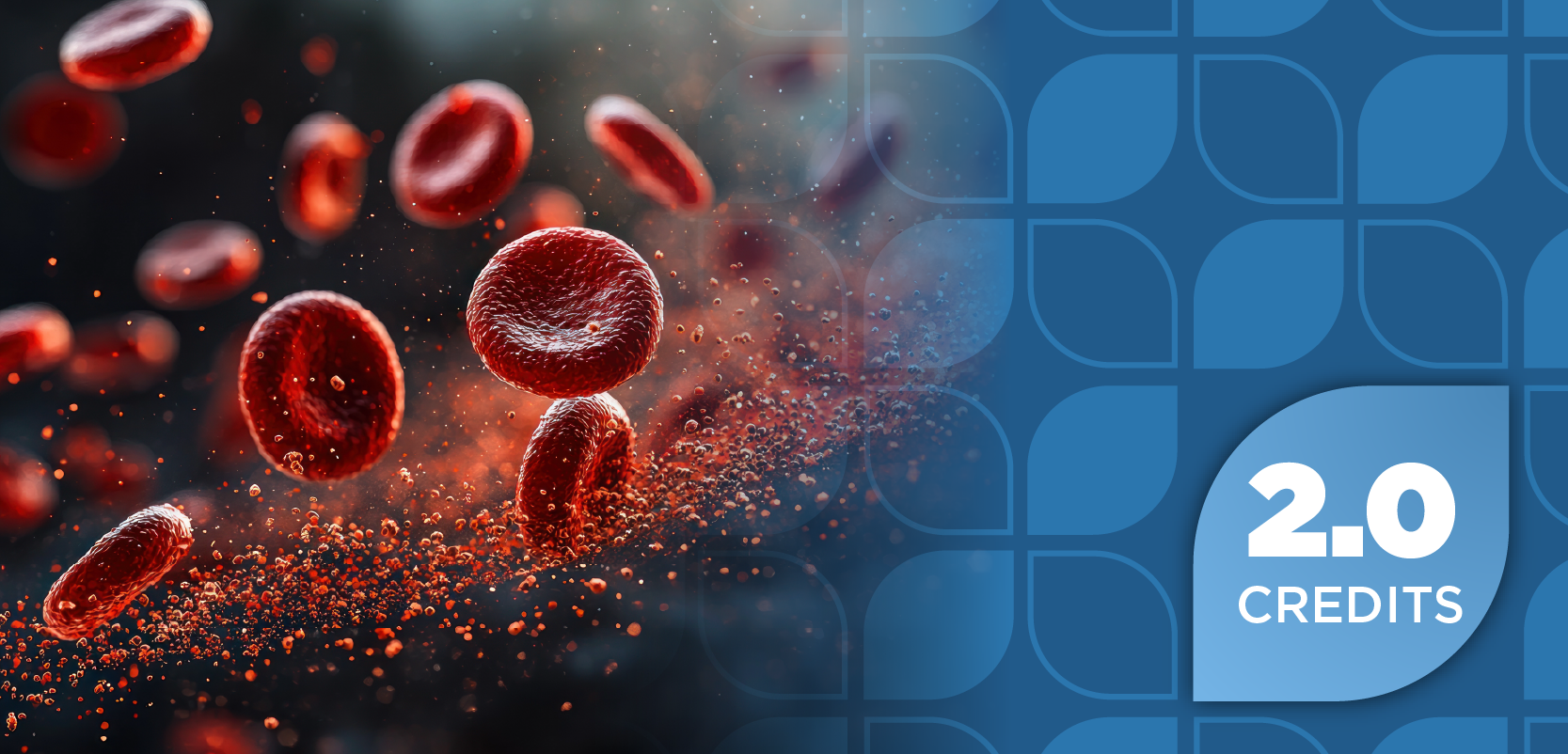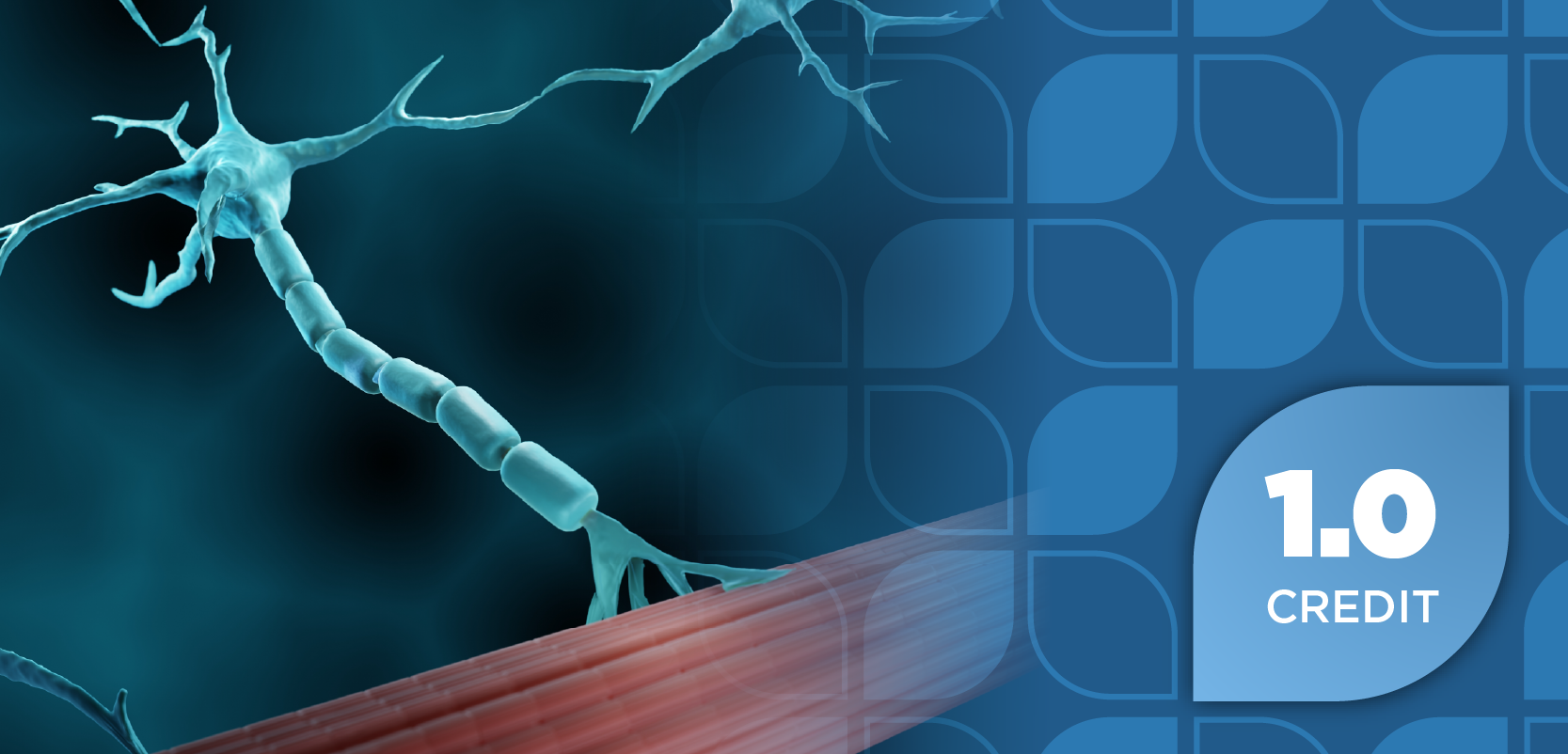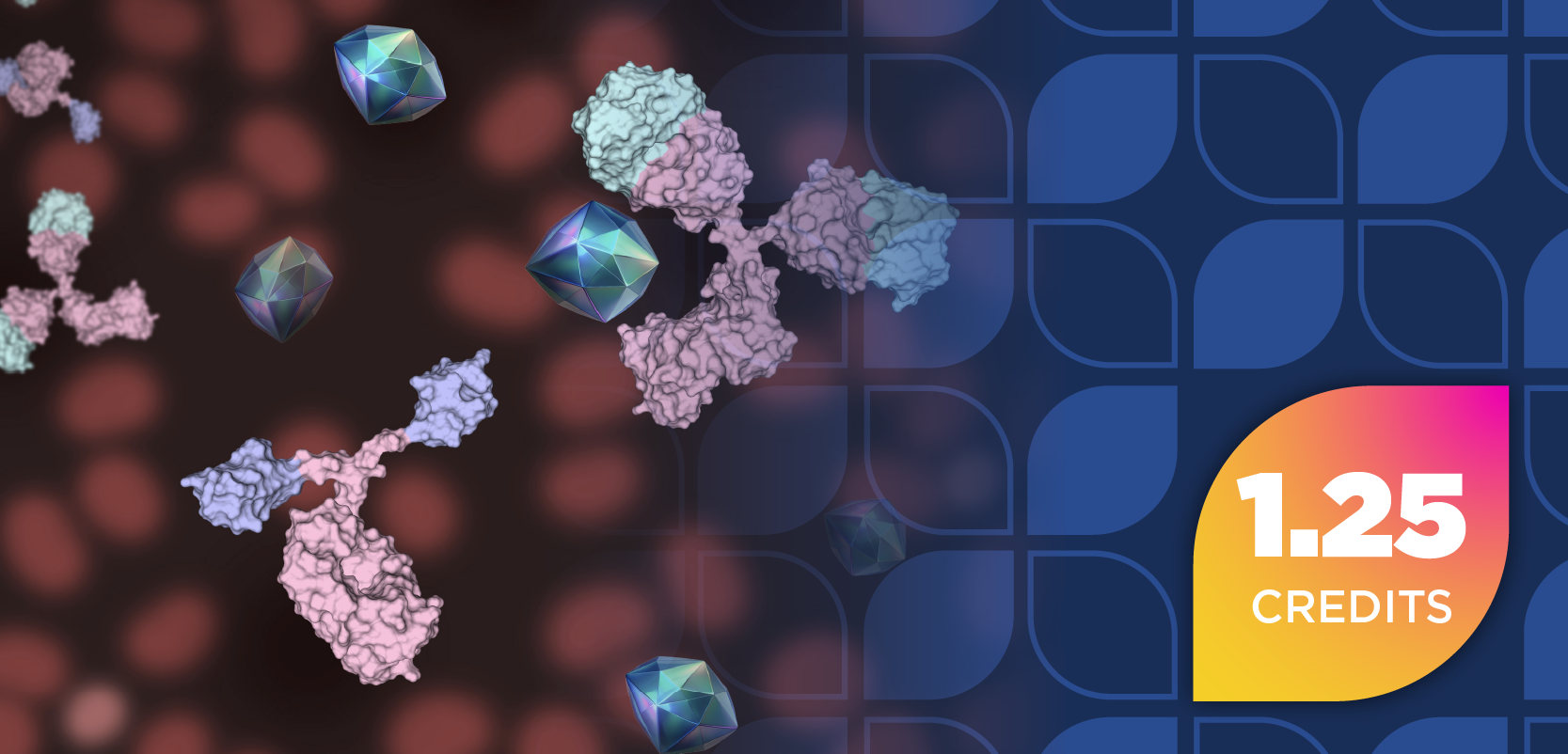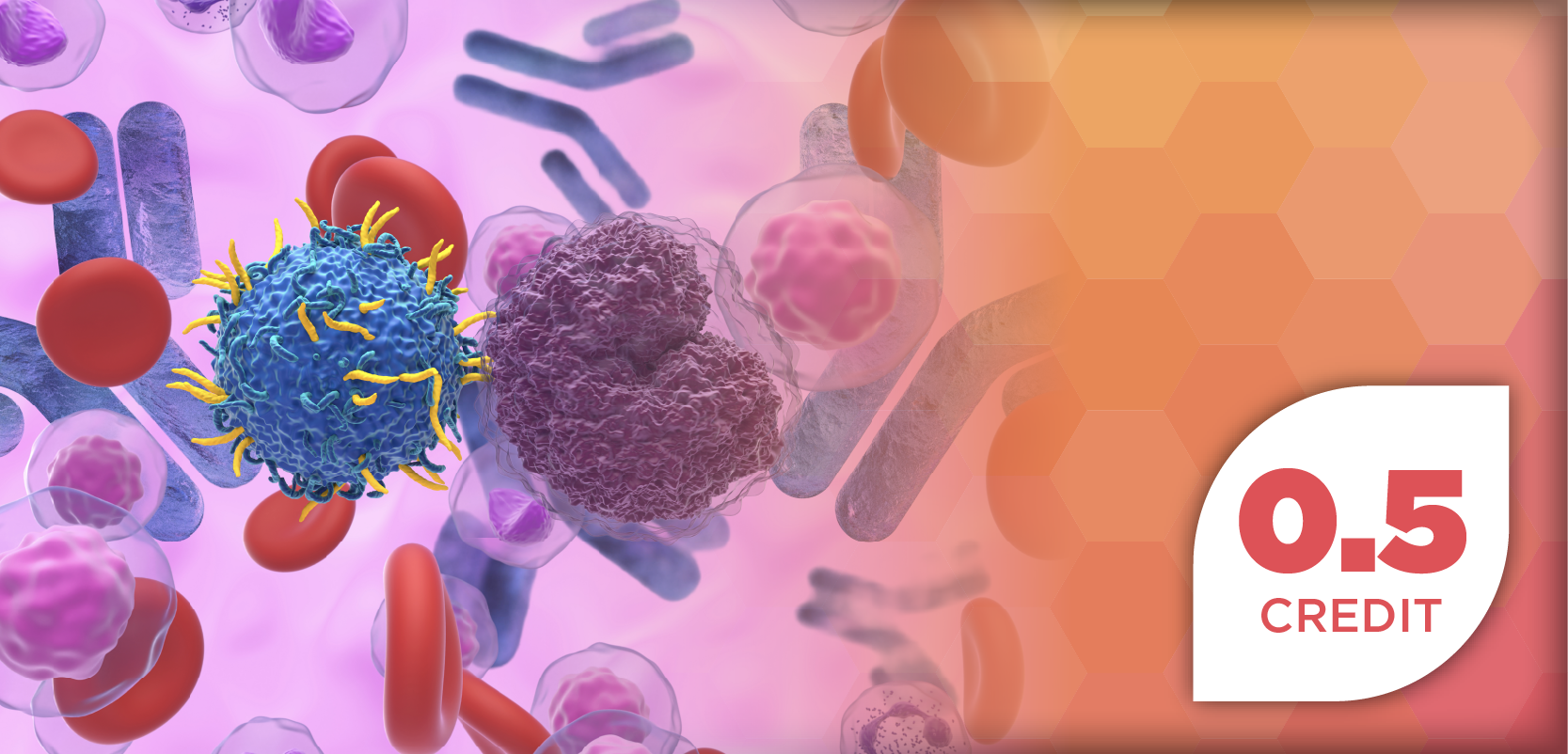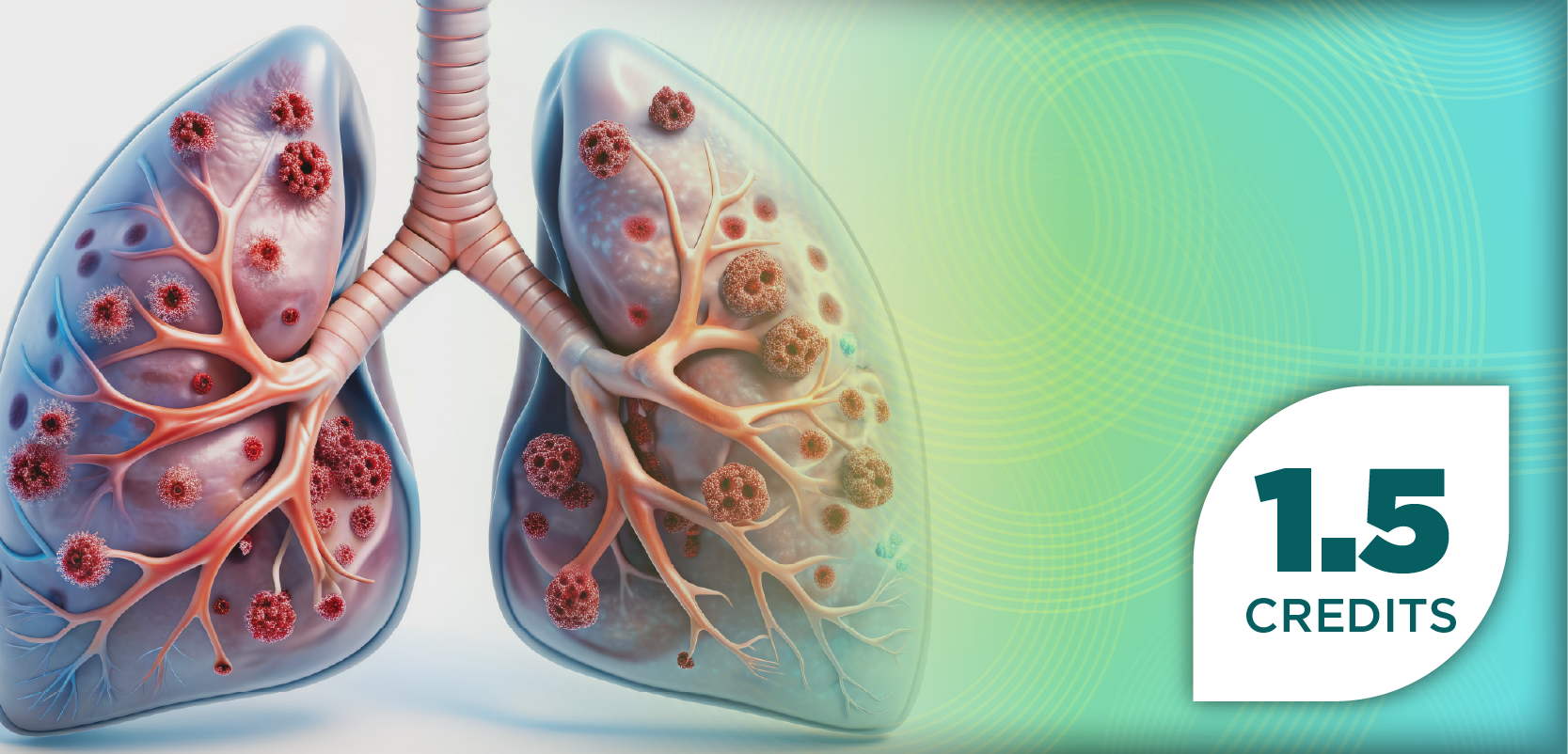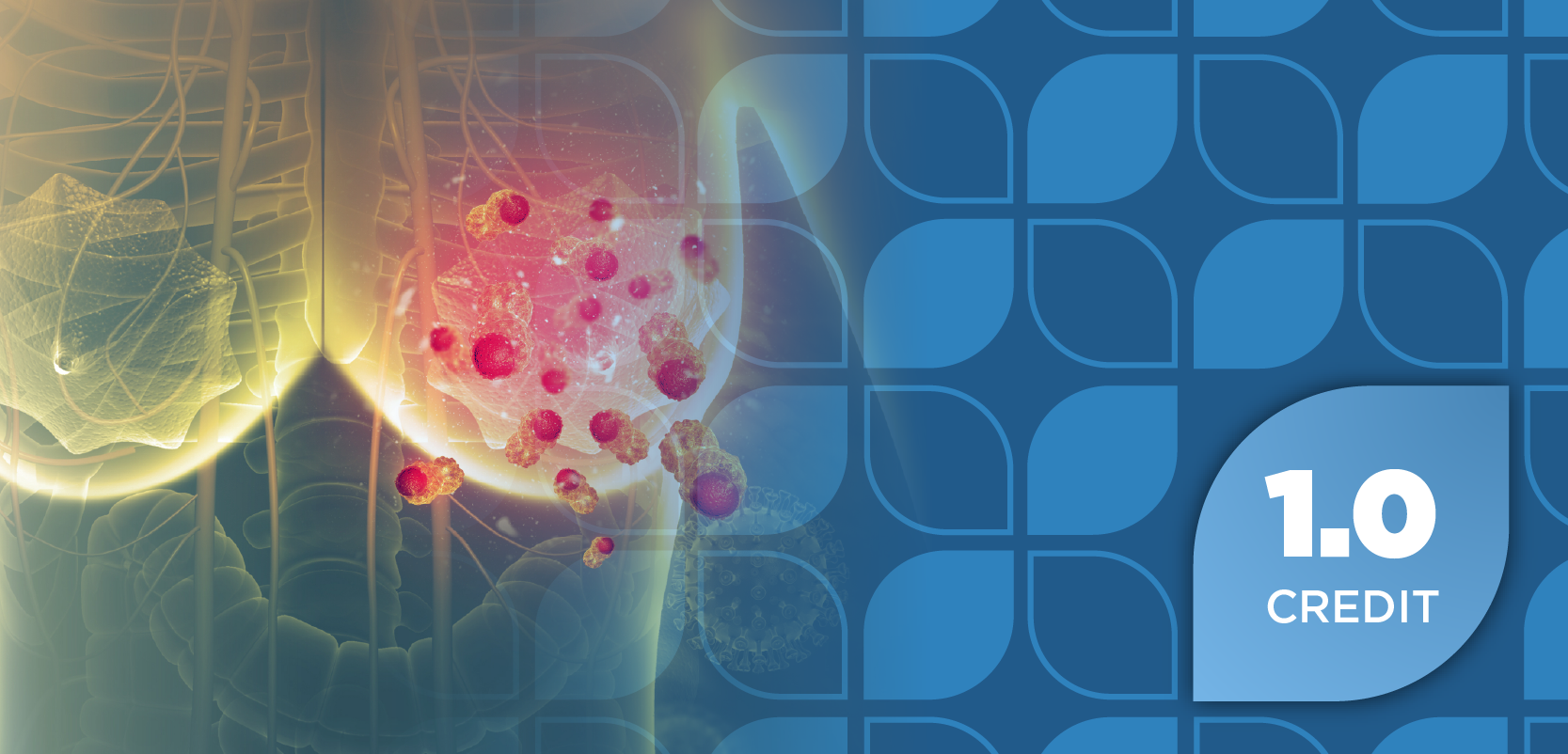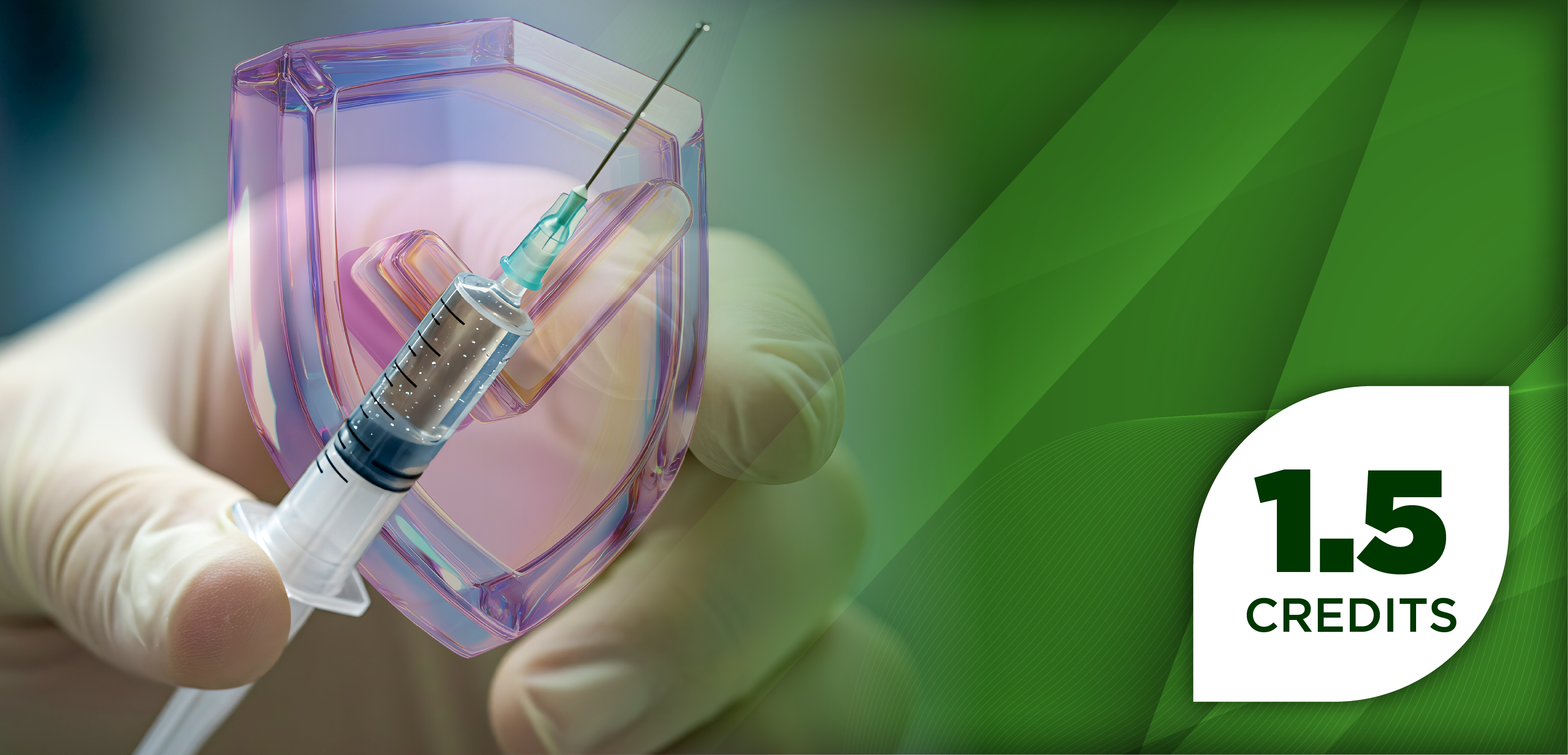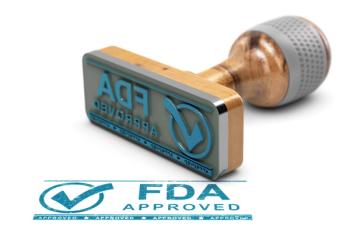
ANNEXA: Will Andexanet Alfa Be the First Reversal Agent for Factor Xa Inhibitors?
Currently, there are no FDA-approved agents for the reversal of factor Xa inhibitors.
Currently, there are no FDA-approved agents for the reversal of factor Xa inhibitors. Among the new oral anticoagulants (NOACs), only the direct oral thrombin inhibitor dabigatran (Pradaxa) has an approved reversal agent.
Idarucizumab (Praxbind) was
Andexanet alfa is a recombinant modified human factor Xa decoy protein that has the ability to bind to factor Xa inhibitors in the active site with high affinity. Because only the unbound forms of factor Xa inhibitors apixaban (Eliquis) and rivaroxaban (Xarelto) are active, andexanet alfa would therefore inactivate the factor Xa inhibitor by binding to the active site.
This would increase factor Xa levels in the body, which in turn would reduce anticoagulant activity. The reduced anticoagulant activity can be measured by thrombin generation and anti-factor Xa activity.
Andexanet alfa may potentially become the first reversal agent for both apixaban and rivaroxaban. The following is an unbiased assessment of the recently published Anticoagulation Effects of fXA Inhibitors (ANNEXA) study.2
Study design
The ANNEXA study was a combination of 2 parallel studies—ANNEXA-A (apixaban) and ANNEXA-R (rivaroxaban)—which were designed to evaluate the efficacy and safety of andexanet for the reversal of factor Xa inhibitors in older, otherwise healthy volunteers.
Both of these randomized, double-blind, and placebo-controlled trials enrolled patients aged between 50 and 75 years. Patients were analyzed in a modified intention-to-treat population, which included all randomized patients who received any andexanet alfa or placebo and had a baseline and at least 1 anti-factor Xa activity measurement.
Primary endpoint
- Percent change in anti-factor Xa activity, measured by a validated chromogenic assay of factor Xa enzymatic activity.
Select secondary endpoints
- Proportion of patients with 80% or greater reduction in anti-factor Xa activity.
- Change in unbound inhibitor plasma concentration from baseline.
- Change in thrombin generation.
After apixaban or rivaroxaban therapy was stopped, all patients were given either andexanet alfa or placebo.
In ANNEXA-A:
- All patients received apixaban 5 mg orally twice daily for 3.5 days. This was noted to be adequate to achieve steady-state plasma levels.
- Patients were randomized in a 3:1 ratio and received either andexanet alfa or matching placebo, respectively.
- Three hours after last dose on day 4, andexanet alfa was given as either an IV bolus or an IV bolus plus continuous infusion. (Doses are summarized in Table 1.)
In ANNEXA-R:
- All patients received rivaroxaban 20 mg orally once daily for 4 days.
- Patients were randomized in a 2:1 ratio and received either andexanet alfa or matching placebo, respectively.
- Four hours after last dose on day 4, andexanet alfa was given as either an IV bolus or an IV bolus plus continuous infusion. (Doses are summarized in Table 1.)
Table 1. Andexanet alfa dosing in ANNEXA-A (apixaban) and ANNEXA-R (rivaroxaban)
ANNEXA-A
ANNEXA-R
Bolus
400 mg IV bolus (30 mg/min)
800 mg IV bolus (30 mg/min)
Bolus and continuous infusion
400 mg IV bolus
+
Continuous infusion of 4 mg/min for 120 min
800 mg IV bolus
+
Continuous infusion of 8 mg/min for 120 min
Study results
Anti-factor Xa activity was rapidly decreased in both studies within 2 to 5 minutes and was significantly greater compared with placebo after 1 IV bolus. After the bolus was stopped, the reversal of anti-factor Xa activity persisted for 2 hours, and then returned to levels similar to those who took placebo.
This was in line with the 1-hour half-life of andexanet alfa. (Results are summarized below in Table 2 and Table 3.)
Table 2. Primary outcome results from ANNEXA-A (apixaban)
Andexanet alfa
Placebo
P value
Anti-factor Xa activity (mean [±SD] reduction) after IV bolus
94±2% (n=24)
21±9% (n=9)
P<0.001
Anti-factor Xa activity (mean [±SD] reduction) after IV bolus and continuous infusion
92±3% (n=23)
33±6% (n=8)
P<0.001
Table 3. Primary outcome results from ANNEXA-R (rivaroxaban)
Andexanet alfa
Placebo
P value
Anti-factor Xa activity (mean [±SD] reduction) after IV bolus
92±11% (n=27)
18±15% (n=14)
P<0.001
Anti-factor Xa activity (mean [±SD] reduction) after IV bolus and continuous infusion
97±2% (n=26)
45±12% (n=13)
P<0.001
All patients who received a full dose of andexanet alfa had at least an 80% reduction in anti-factor Xa activity, while no patients in the placebo group achieved a reduction above 80%. Additionally, there was a significant and rapid restoration (within 2 to 5 minutes) of thrombin generation, which was inhibited by apixaban/rivaroxaban.
More importantly, andexanet alfa significantly and rapidly (within 2 to 5 minutes) reduced unbound concentrations of both apixaban and rivaroxaban.
Mean concentration of unbound apixaban and rivaroxaban were below 3.5 ng/mL and 4 ng/mL, respectively, after andexanet administration. Levels of unbound apixaban/rivaroxaban returned to placebo levels 1 to 3 hours after andexanet alfa infusion.
Safety
No serious or severe adverse events reported.
Strengths
- Study was well designed and conducted
- Duration of time to steady-state for both apixaban and rivaroxaban seemed appropriate. Based on half-life, it would take approximately 2.5 days and 2 days for apixaban and rivaroxaban, respectively, to reach steady-state concentrations.3,4
- Anti-factor Xa activity has been correlated with bleeding complications.
- Onset of action appeared rapid (within 2 to 5 minutes). Effect of andexanet alfa was relatively short (about 2 hours) after discontinuation due to a short 1-hour half-life.
- Mean concentration of unbound apixaban and rivaroxaban were below 3.5 ng/mL and 4 ng/mL, respectively. Study investigators noted that at these levels, there was little or no anticoagulant effect. This supported the mechanism of action of andexanet alfa, in which it binds to the active site of factor Xa inhibitors and sequesters it in the vascular space.
Limitations
- Different dosing for different factor Xa inhibitors (apixaban vs rivaroxaban). Dosing was based on phase 2 study, and it was noted that higher doses were needed for rivaroxaban than apixaban due to higher initial concentrations of rivaroxaban and a larger volume of distribution.
- While the study authors noted that primary outcome measurement was validated (chromogenic assay of factor Xa enzymatic activity), this was still a disease-oriented endpoint. Patient-oriented endpoints such as reduction in major bleeds would be beneficial to determine the efficacy of andexanet alfa in those who require a rapid reversal of a factor Xa inhibitor.
- Larger studies are needed to determine any potential adverse events that may have not been observed in this smaller study.
- Did not evaluate efficacy or safety in patients who require urgent reversal of a factor Xa inhibitor due to bleeding or for an emergency surgery.
- Unknown what extent or duration of factor Xa reversal is needed to achieve hemostasis.
- The efficacy and safety of andexanet alfa should be evaluated with other factor Xa inhibitors (eg, edoxaban) prior to use in that population.
What’s next?
Portola Pharmaceuticals has initiated a rolling submission of its Biologics License Application (BLA) to the FDA for andexanet alfa, with the expectation that the application will be completed by the end of 2015. Portola hopes to launch andexanet alfa sometime in 2016.5
While this study was relatively small and no patient-oriented outcomes were assessed, andexanet alfa may be approved because of the lack of current therapy. If approved, doses may be similar to those used in this study. The future indication for andexanet alfa may be similar to idarucizumab, but for the rapid reversal of anticoagulant effects of factor Xa inhibitors.
It is unclear whether the IV bolus or IV bolus and continuous infusion dose will be approved. Because anti-factor Xa activity was reduced throughout the duration of infusion and returned to normal levels in about 1 to 3 hours after discontinuation, it seems reasonable that andexanet alfa may be used for the entire duration where reversal of anticoagulant effects are necessary (eg, perioperative).
The “Prospective, Open-Label Study of Andexanet Alfa in Patients Receiving a Factor Xa Inhibitor Who Have Acute Major Bleeding (ANNEXA-4),” is a currently ongoing study of andexanet alfa. The primary outcome is the proportion of patients with excellent or good hemostasis (stopping major bleed at 24 hours from start of bolus).
Patients had to have received (or believe to have received) apixaban, rivaroxaban, edoxaban, or enoxaparin within 18 hours prior to andexanet alfa infusion.
ANNEXA-4 is currently enrolling patients and is expected to be completed in November 2022.6 A small population from this study may be used in the BLA.7
Conclusion
Both the IV bolus and IV bolus plus continuous infusion of andexanet alfa have shown rapid and significant reduction of anti-factor Xa activity, restoration of thrombin generation, and reduced unbound concentrations of both apixaban and rivaroxaban in older, otherwise healthy patients. No major adverse effects were observed.
Further research is warranted, specifically with the use of andexanet alfa for other factor Xa inhibitors and in patients who require urgent reversal of factor Xa inhibitor activity because of bleeding or emergency surgery. Data from the ANNEXA-4 study will help determine whether reduction of anti-factor Xa activity is associated with good hemostasis.
References:
1. Praxbind [package insert]. Ridgefield, CT: Boehringer Ingelheim Pharmaceuticals, Inc.; 2015.
2. Siegal DM, Curnutte JT, Connolly SJ, et al. Andexanet alfa for the reversal of factor Xa inhibitor activity. N Engl J Med. DOI: 10.1056/NEJMoa1510991
3. Eliquis [package insert]. Princeton, NJ: Bristol-Myers Squibb Company; 2014.
4. Xarelto [package insert]. Titusville, NJ: Janssen Pharmaceuticals, Inc; 2011.
5. Portola pharmaceuticals reports third quarter 2015 financial results and provides corporate update. Portola website. http://investors.portola.com/phoenix.zhtml?c=198136&p=irol-newsArticle&ID=2110682. November 9, 2015. Accessed November 11, 2015.
6. A Study in Patients With Acute Major Bleeding to Evaluate the Ability of Andexanet Alfa to Reverse the Anticoagulation Effect of Direct and Indirect Oral Anticoagulants. ClinicalTrials.gov. https://clinicaltrials.gov/ct2/show/NCT02329327?term=andexanet&rank=3. Accessed November 11, 2015.
7. Portola Announces Full Results From Positive Phase 3 ANNEXA(TM)-R Study Demonstrating That Andexanet Alfa Rapidly and Significantly Reversed Anticoagulant Effect of Factor Xa Inhibitor XARELTO(R). Portola website. http://investors.portola.com/phoenix.zhtml?c=198136&p=irol-newsroomArticle&ID=2021524. March 2, 2015. Accessed November 11, 2015.
Newsletter
Stay informed on drug updates, treatment guidelines, and pharmacy practice trends—subscribe to Pharmacy Times for weekly clinical insights.

